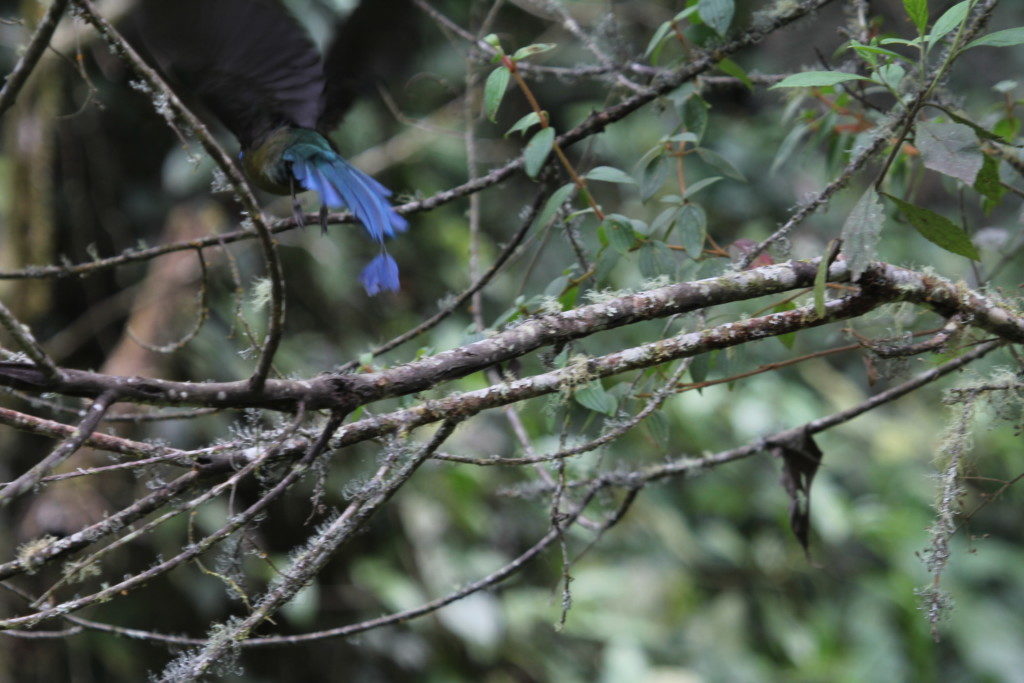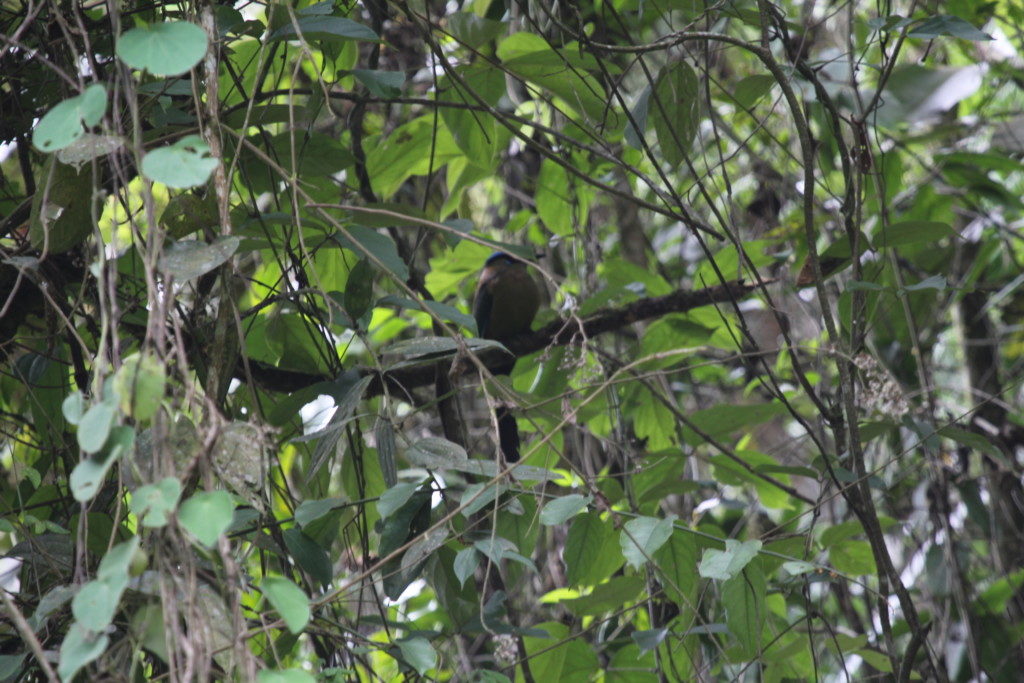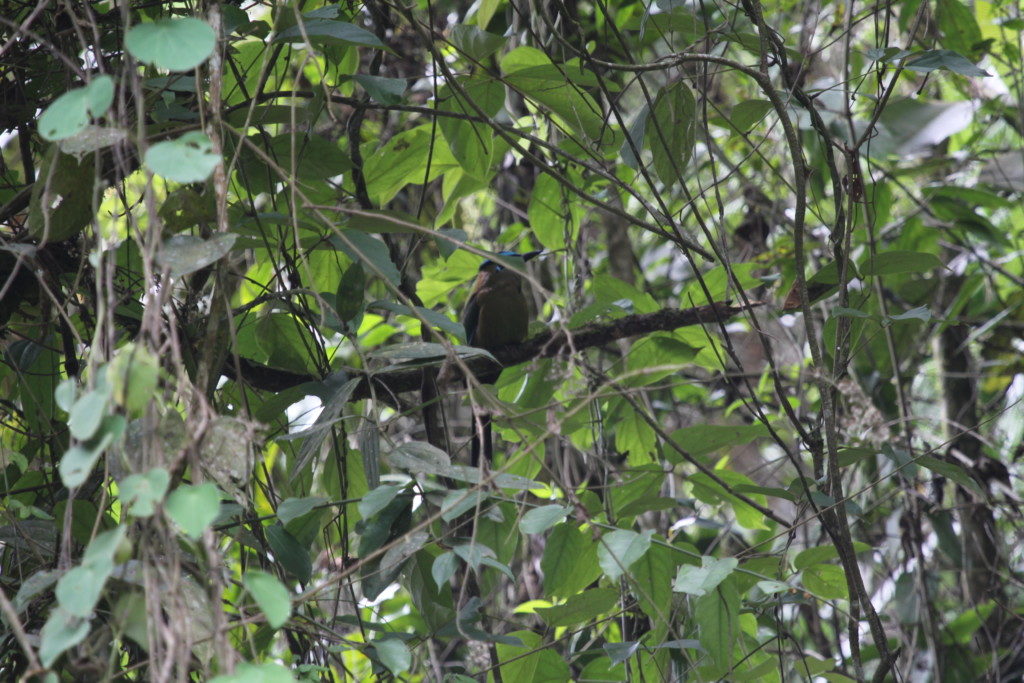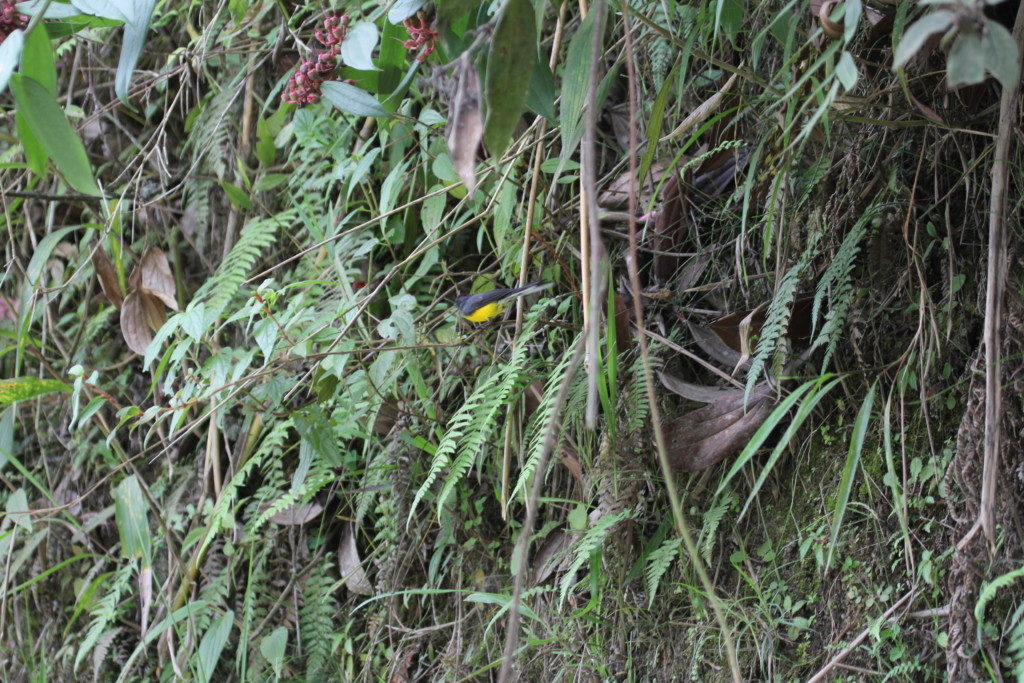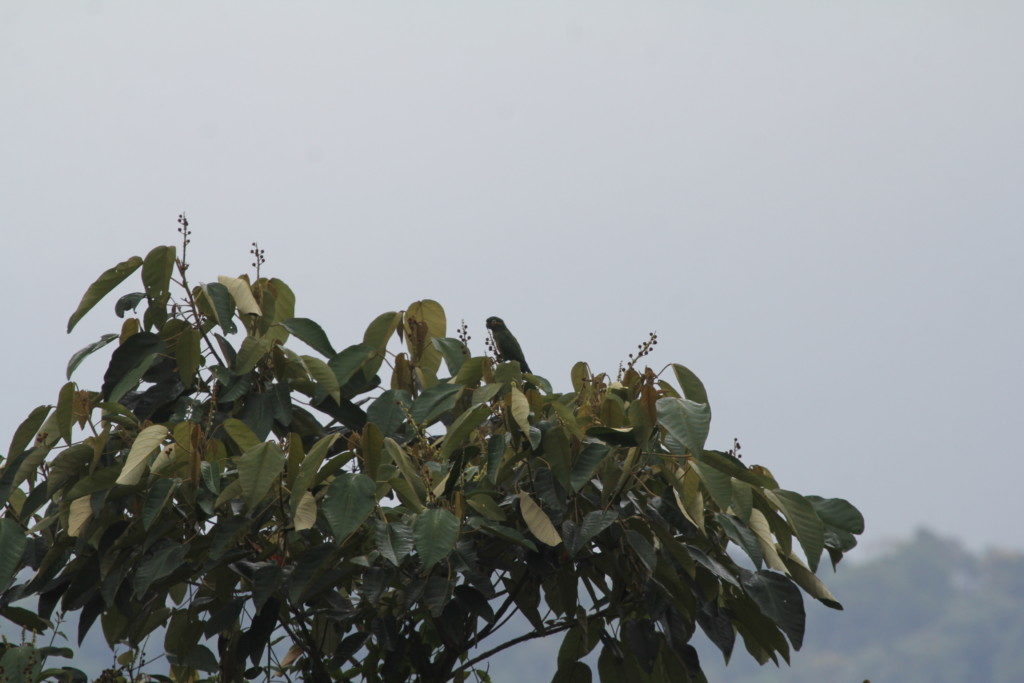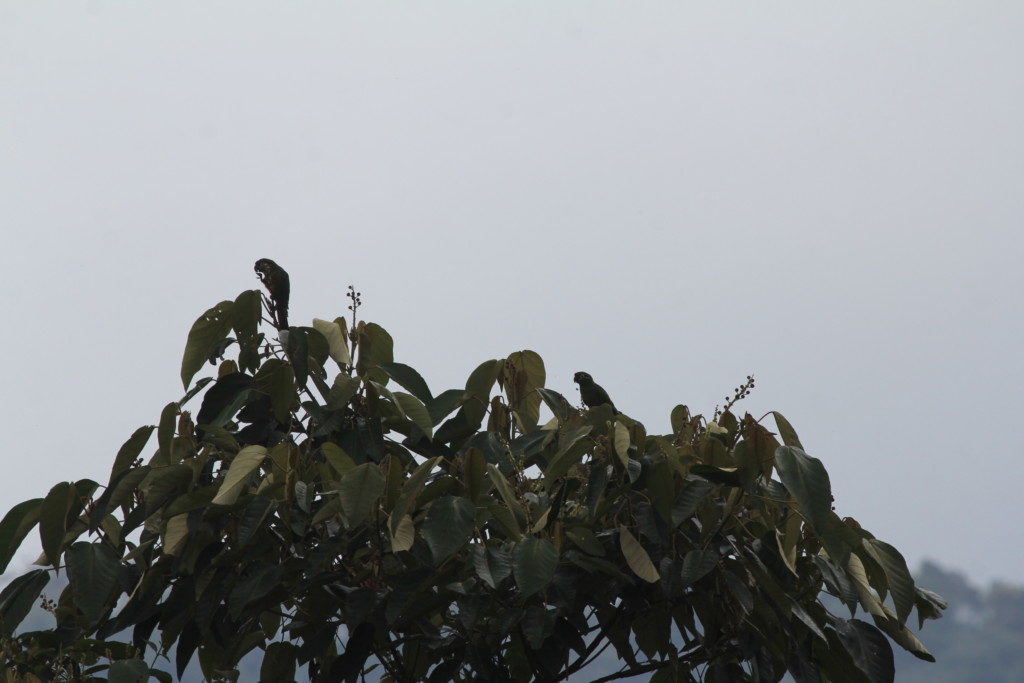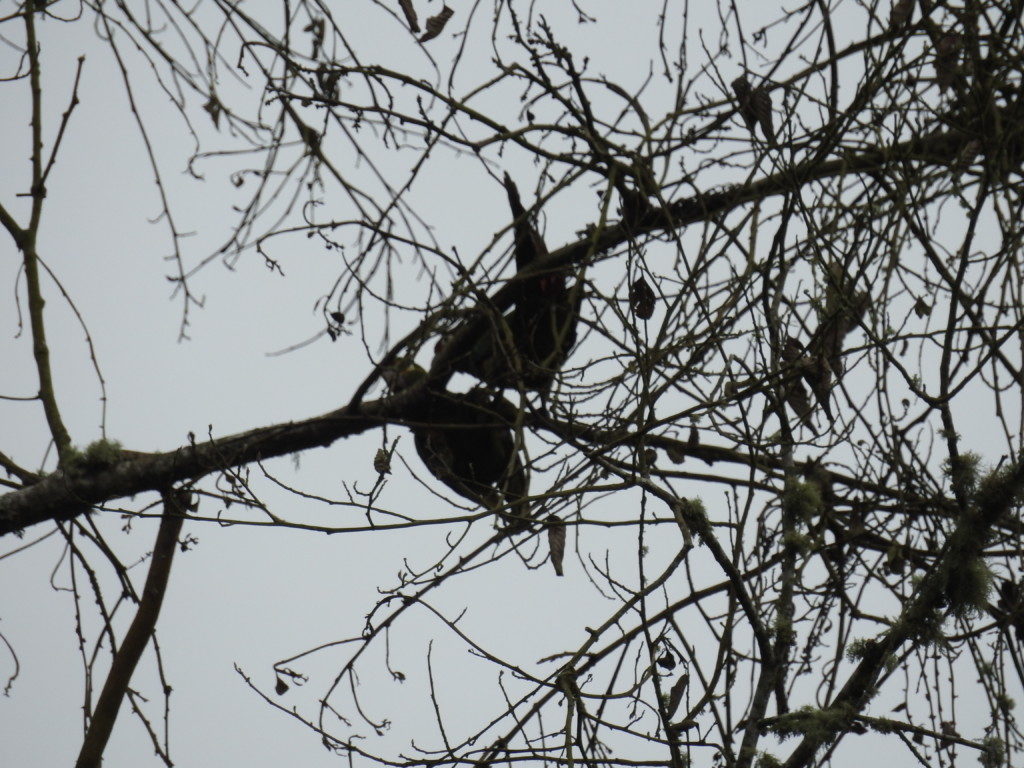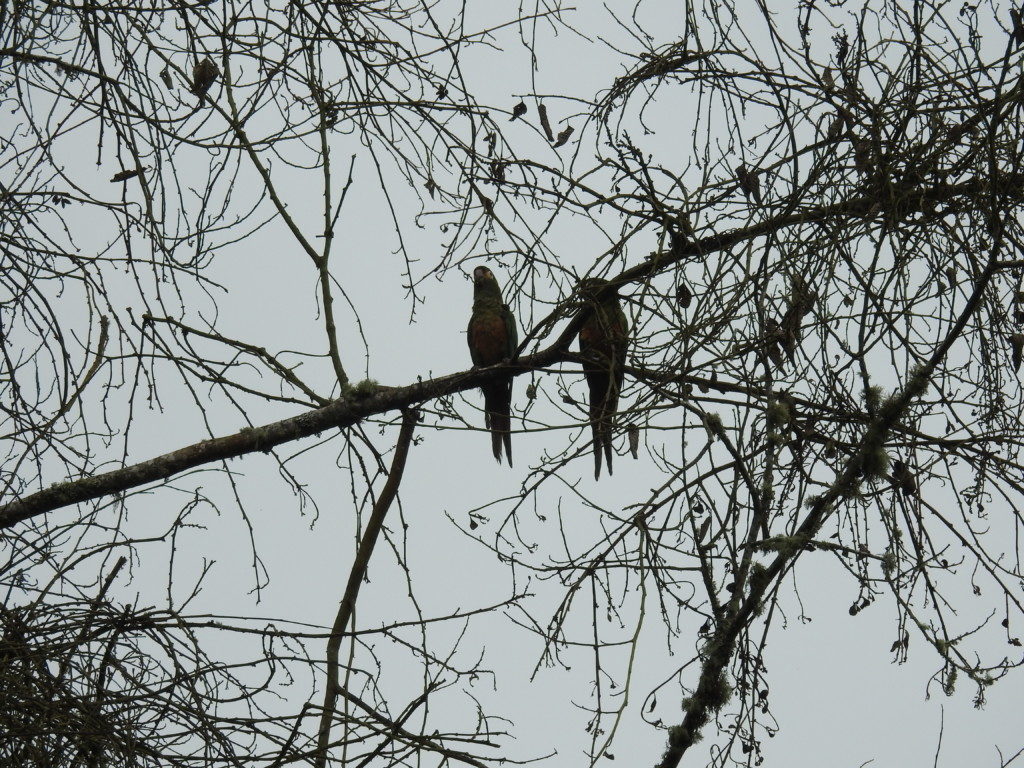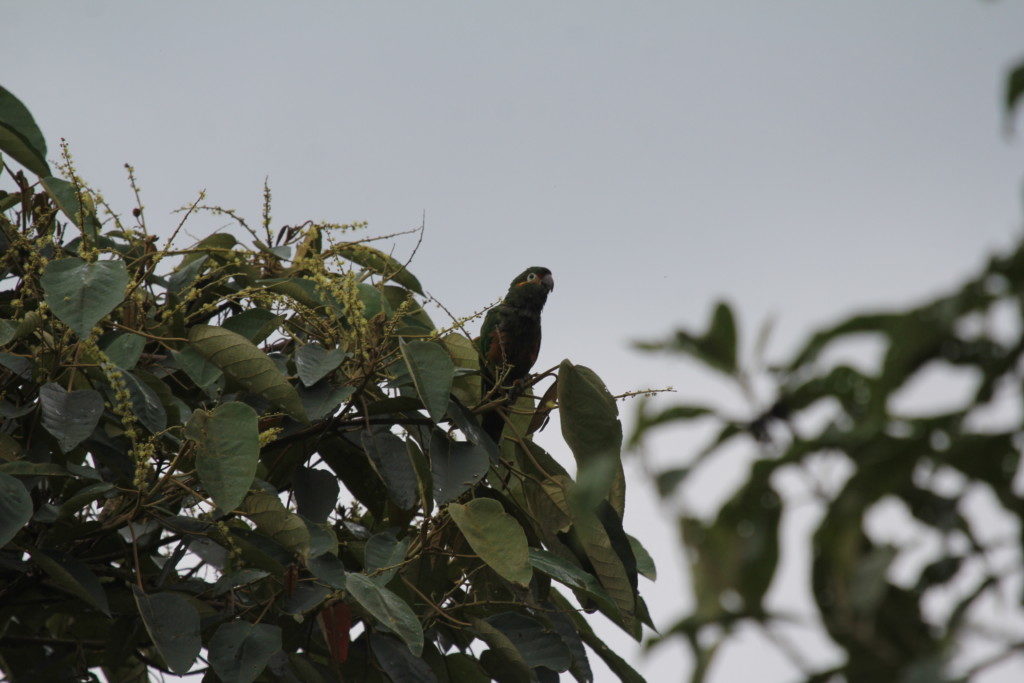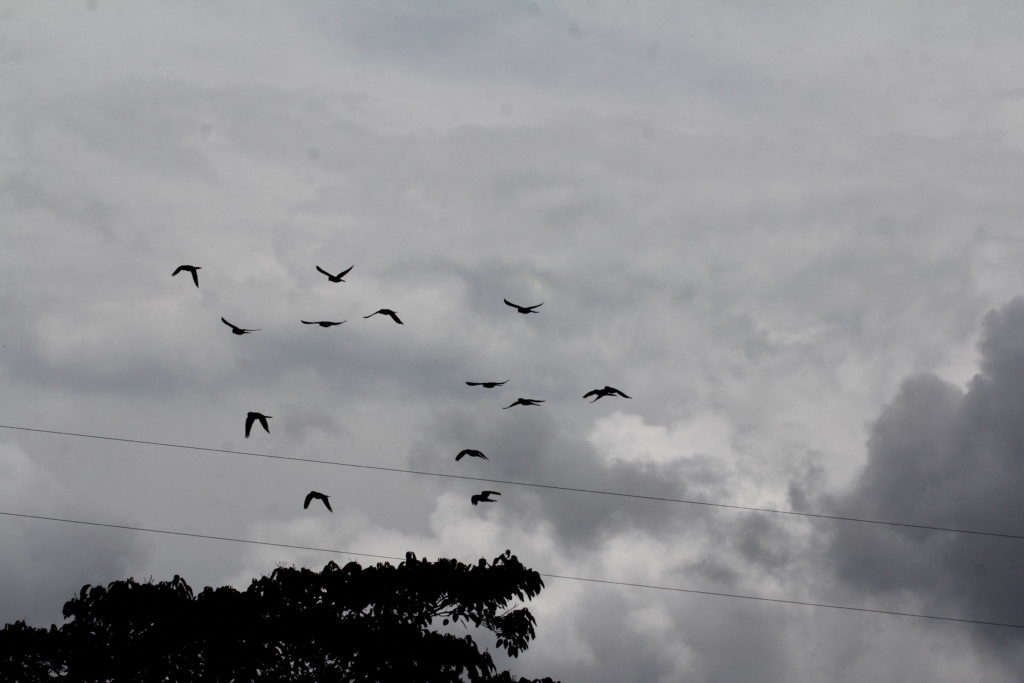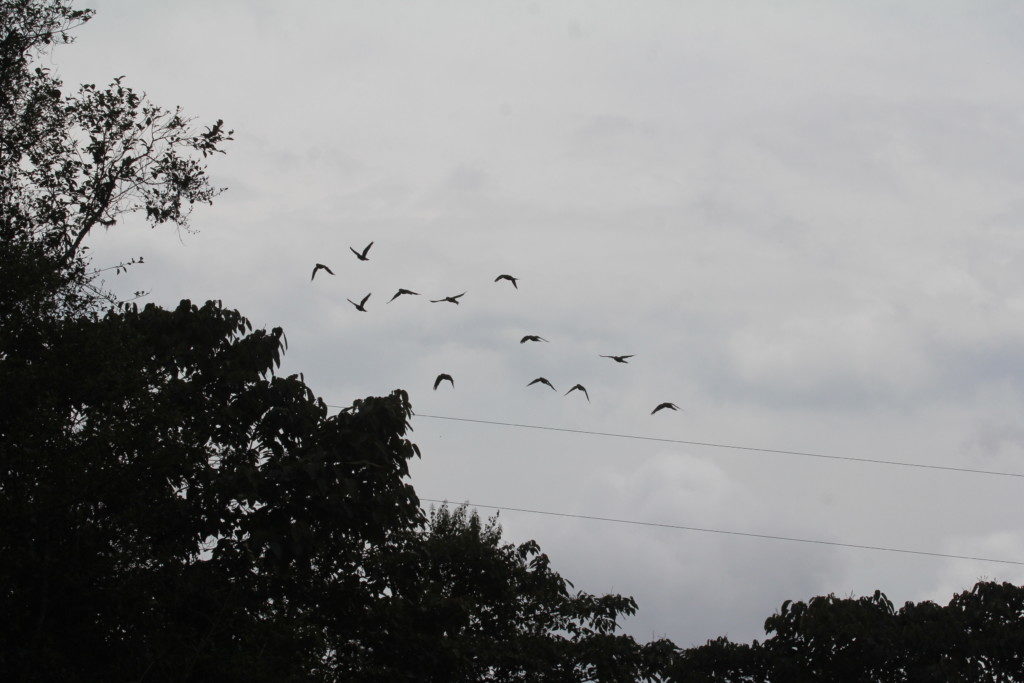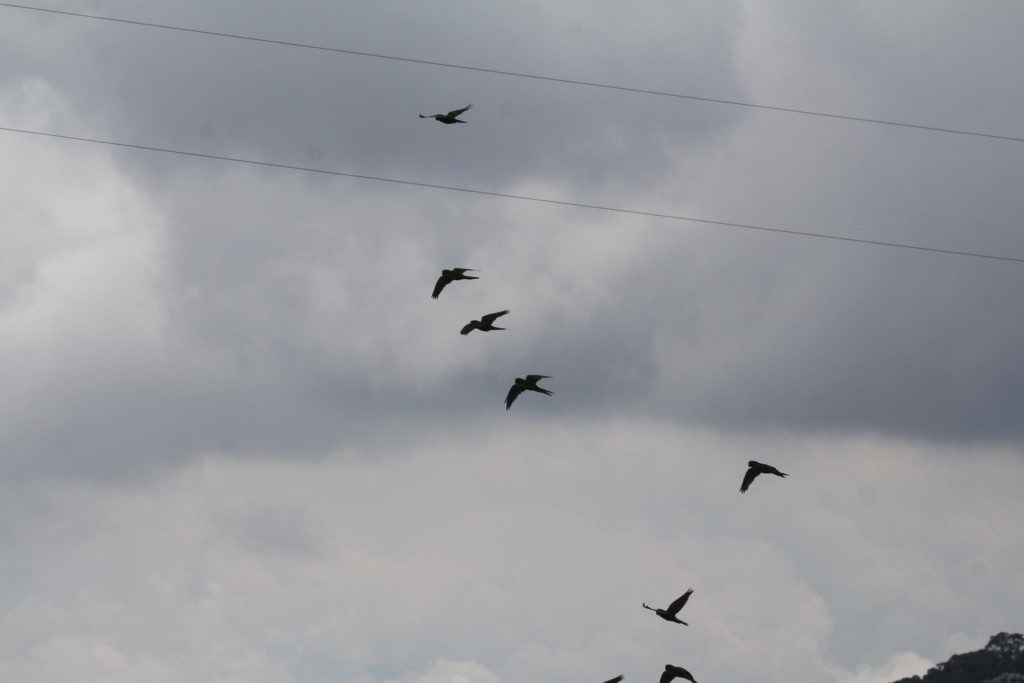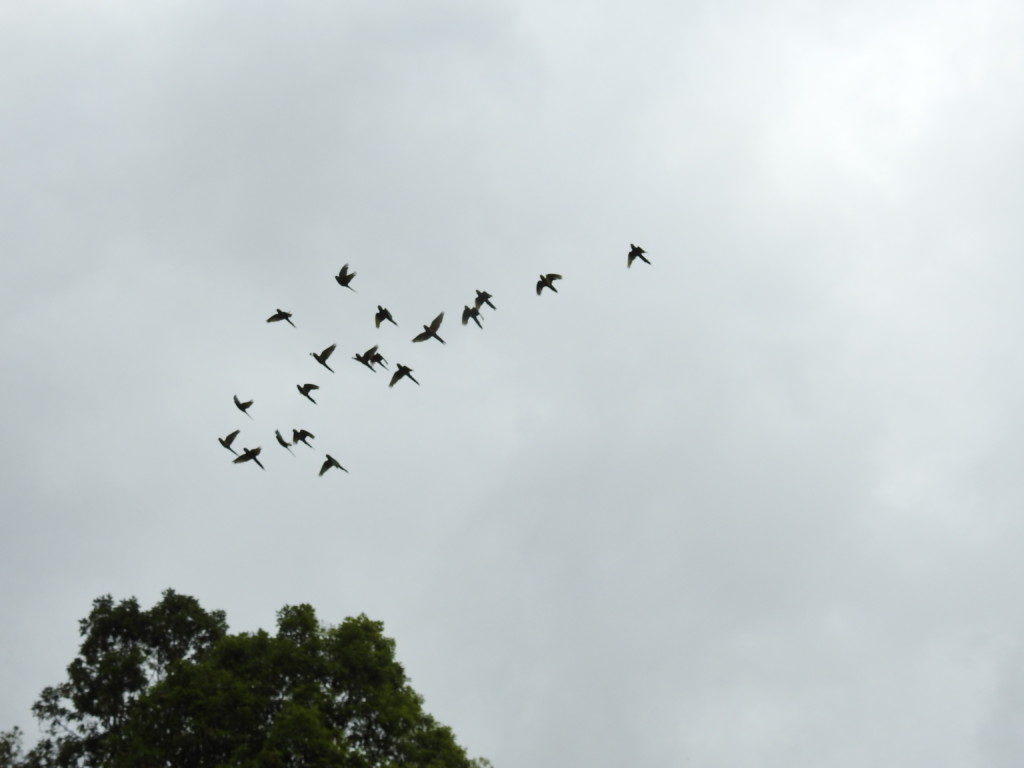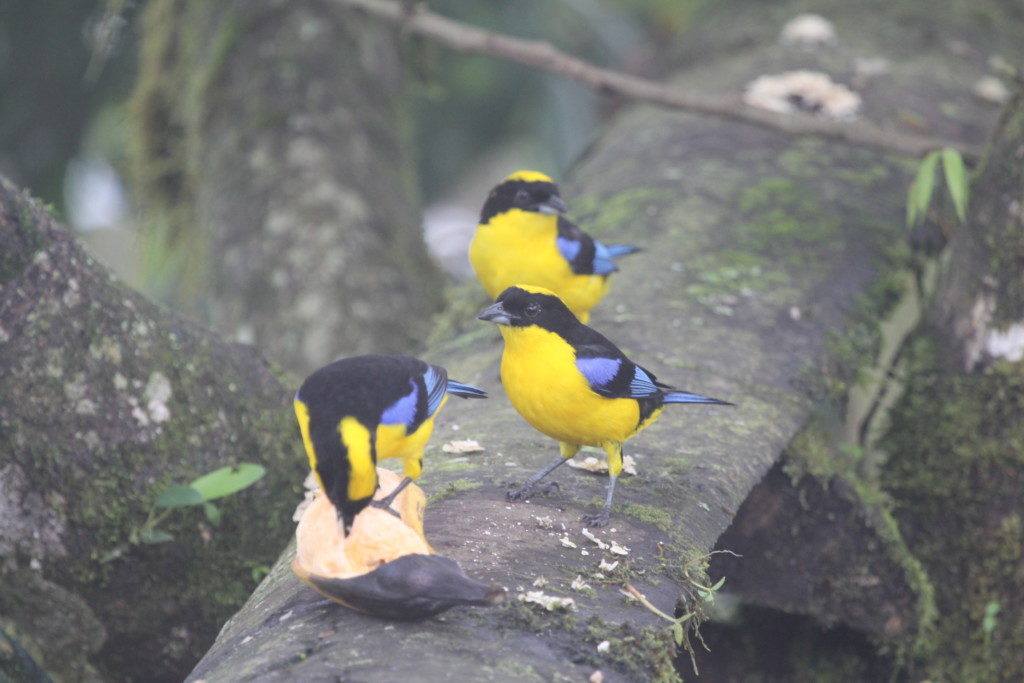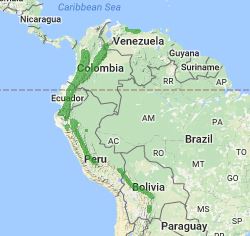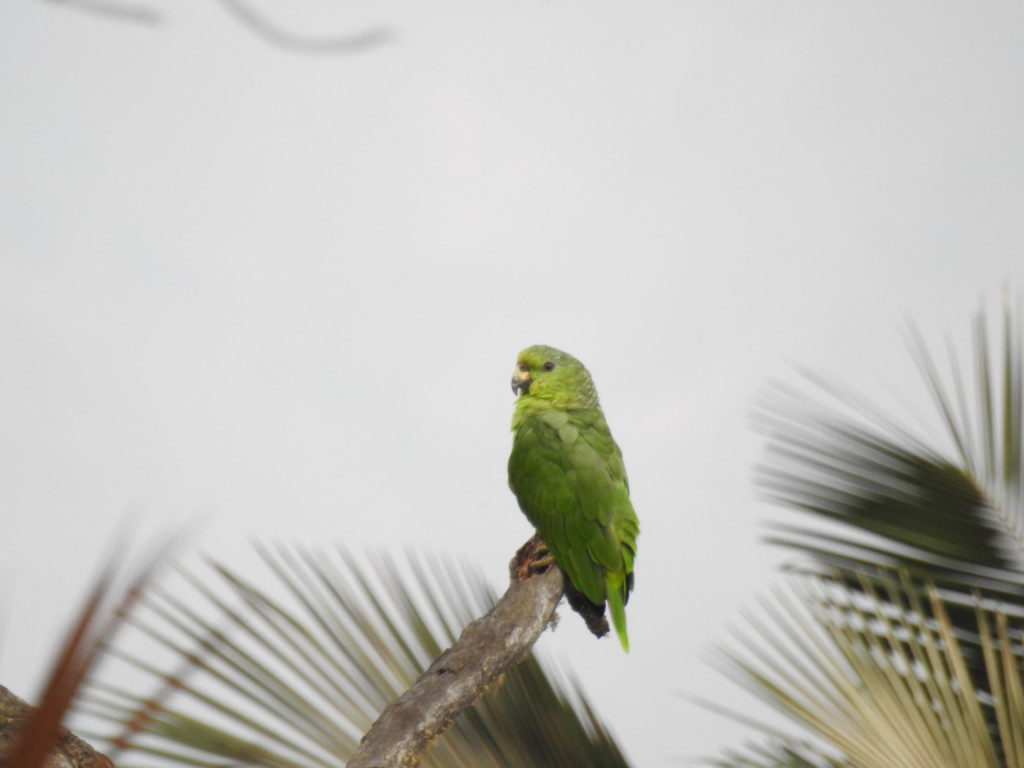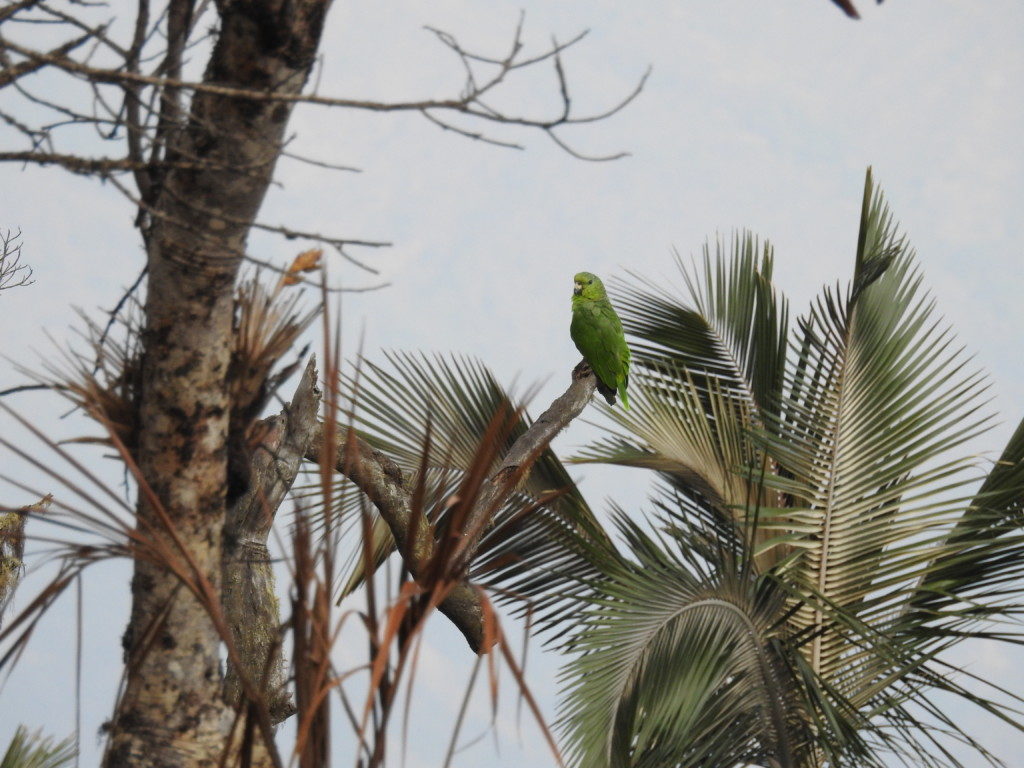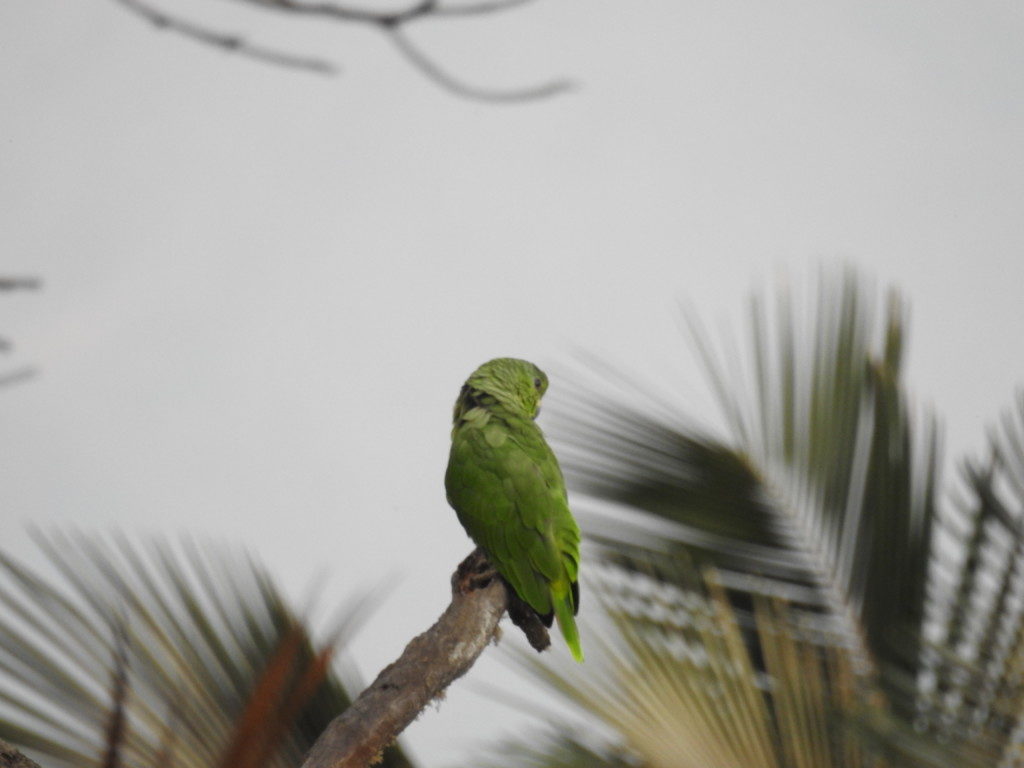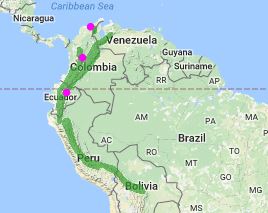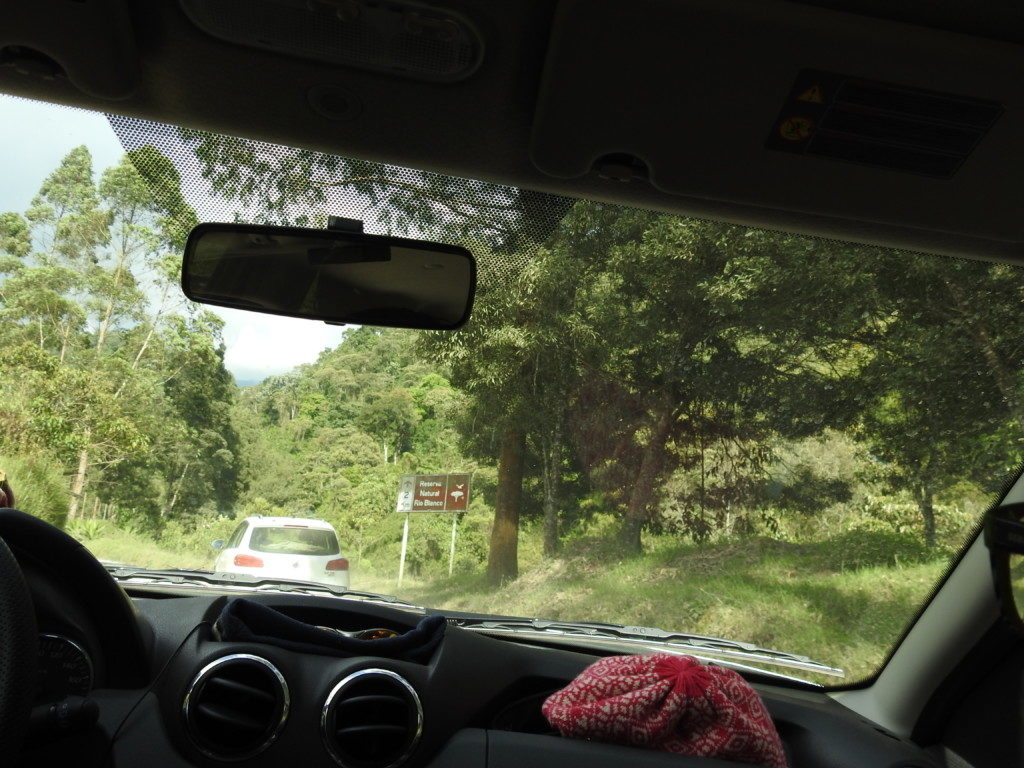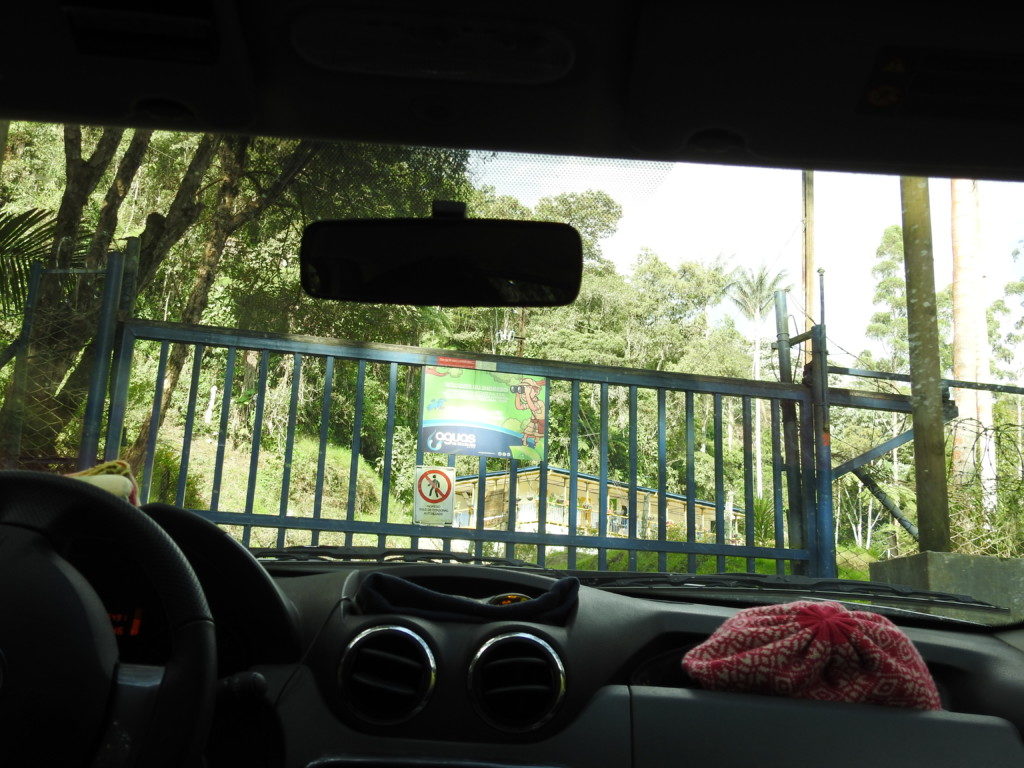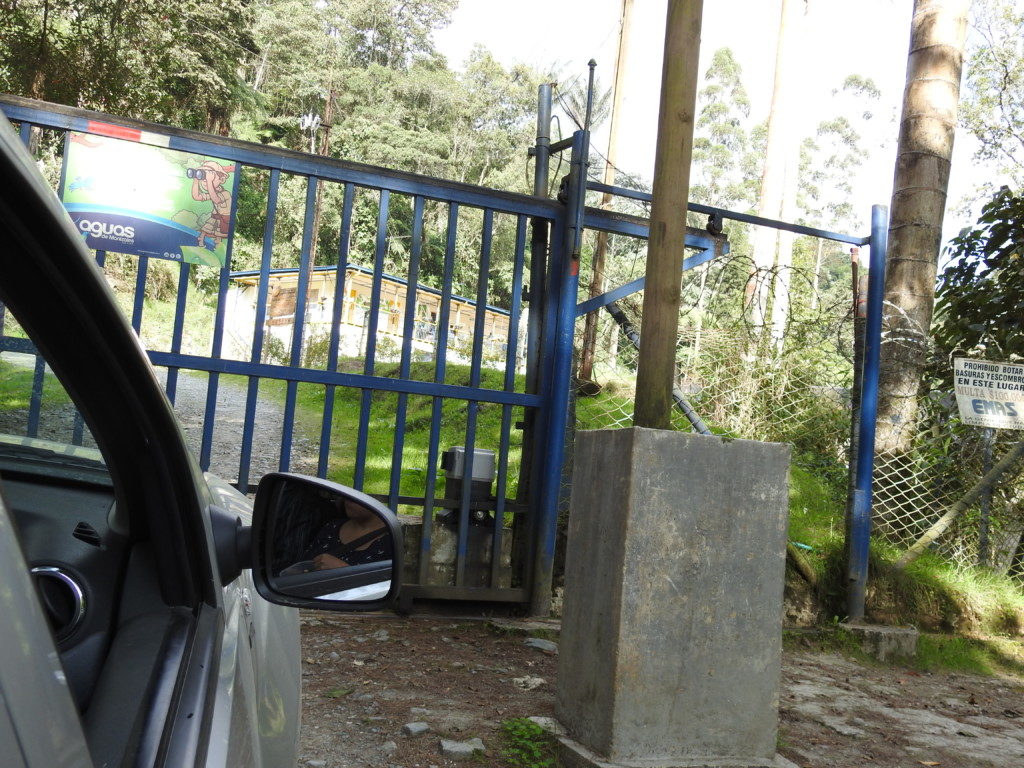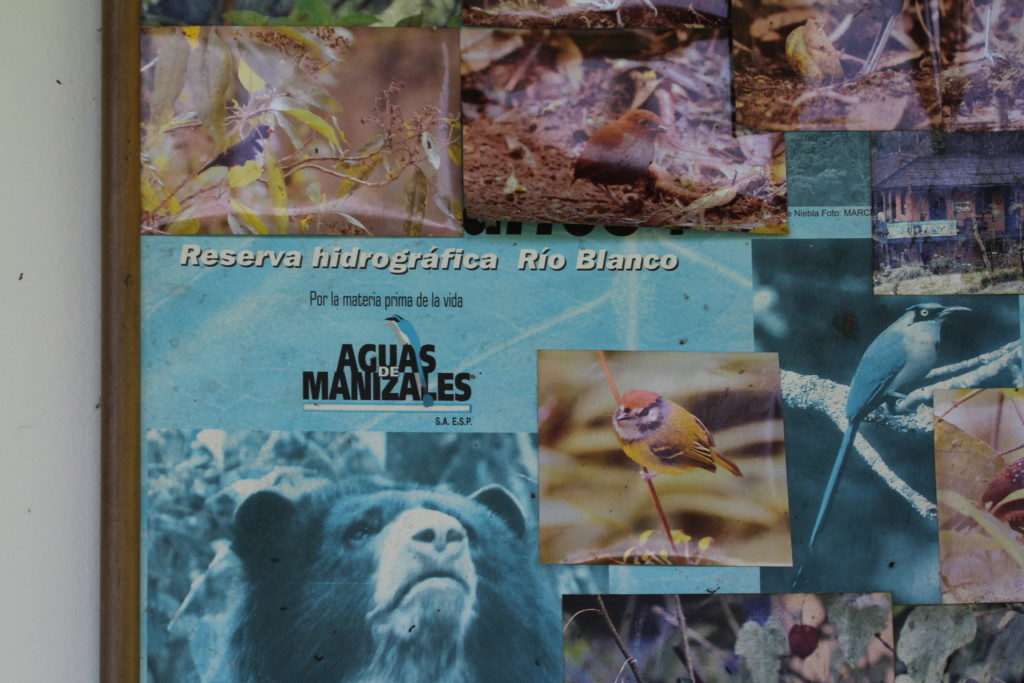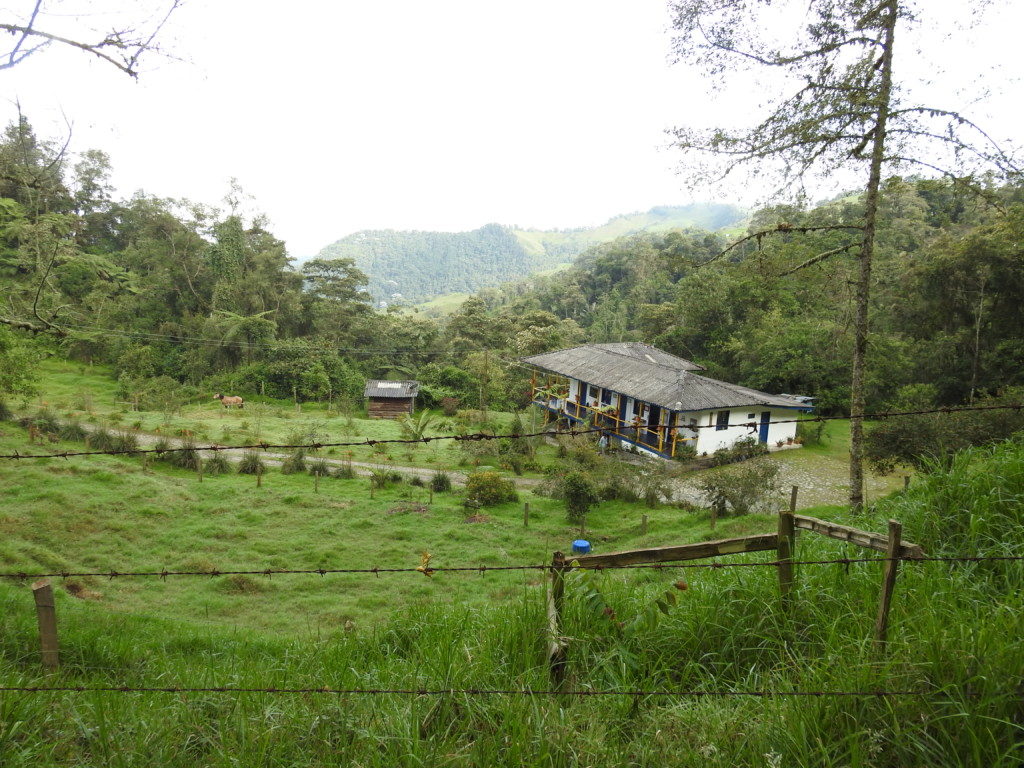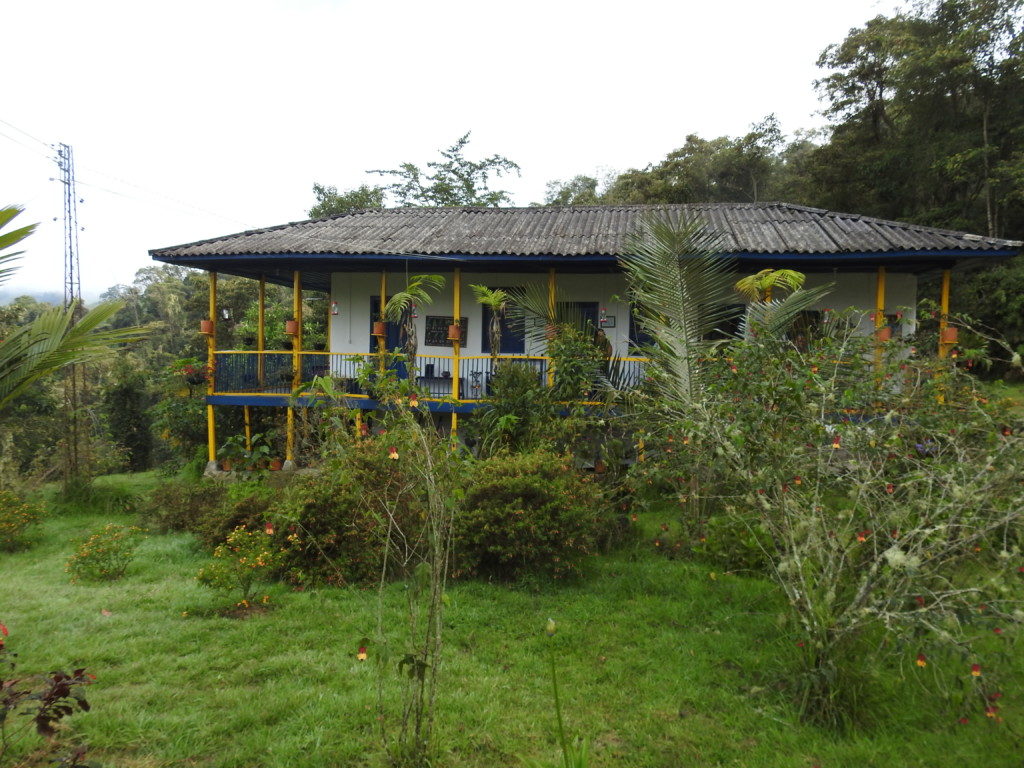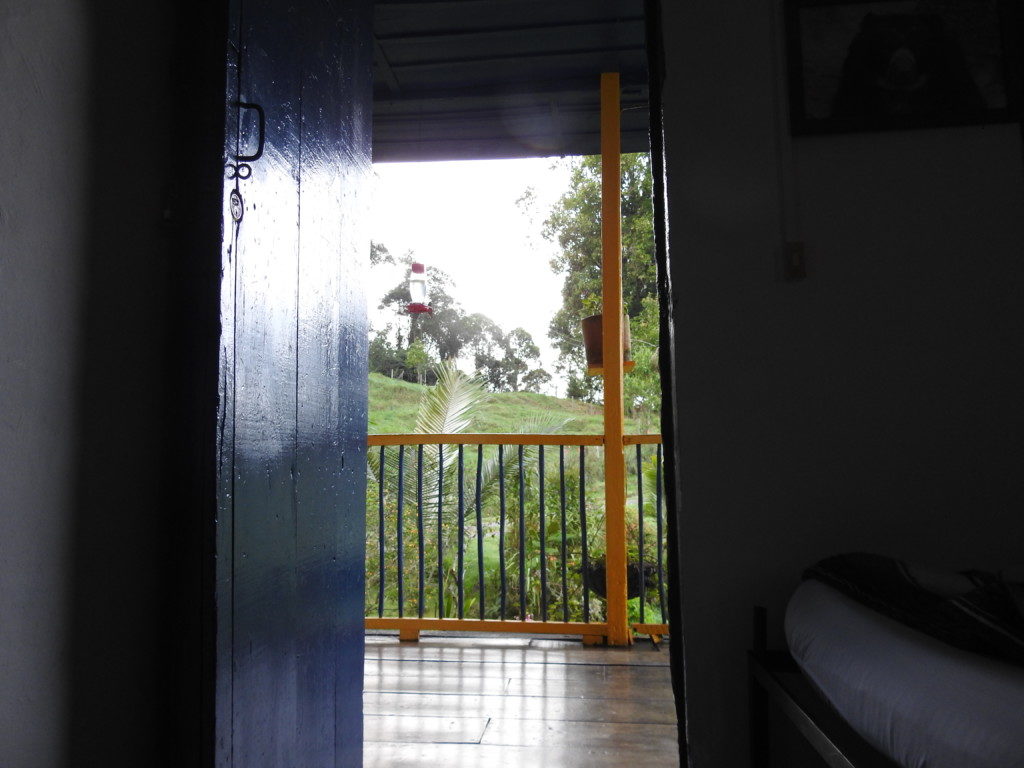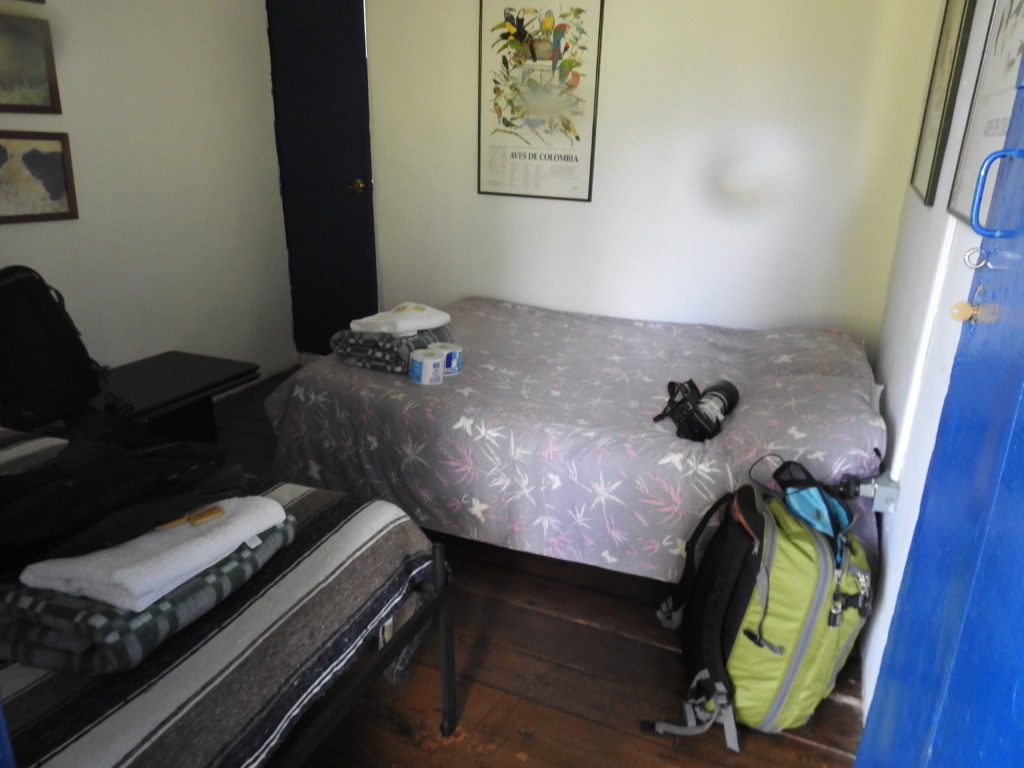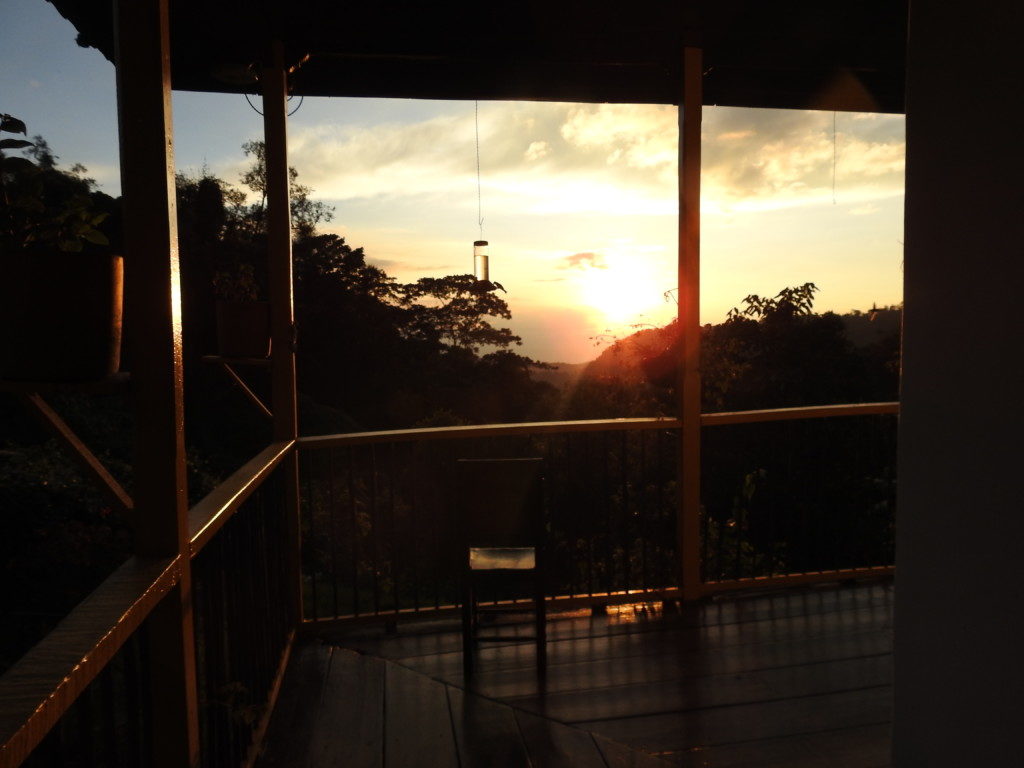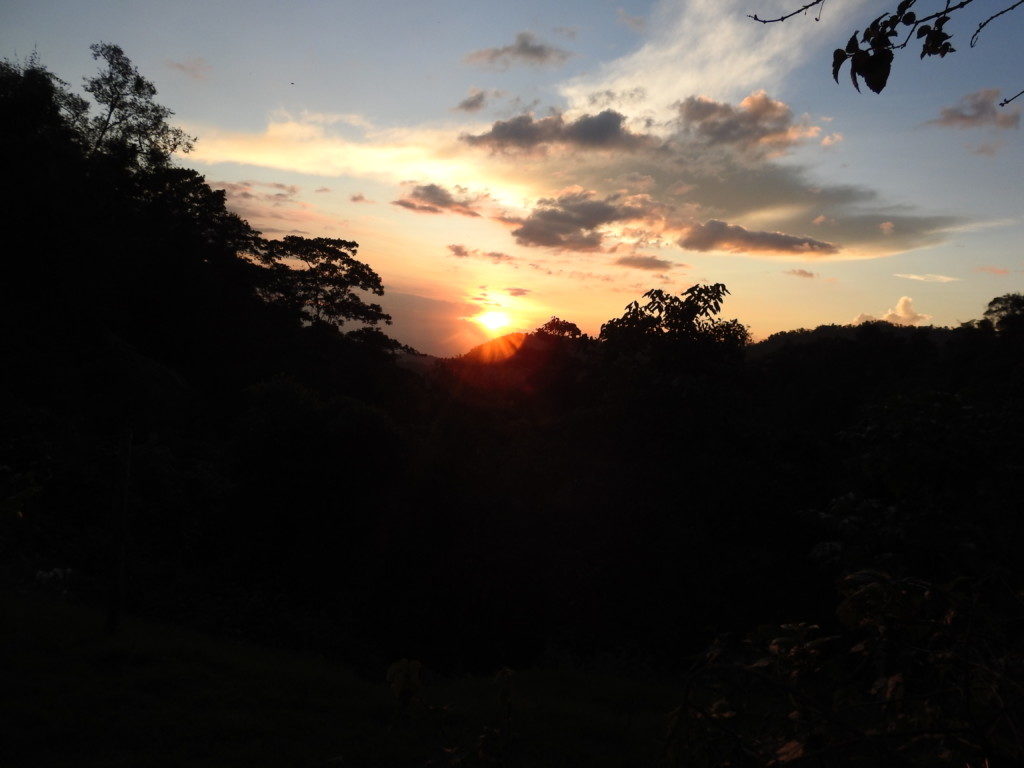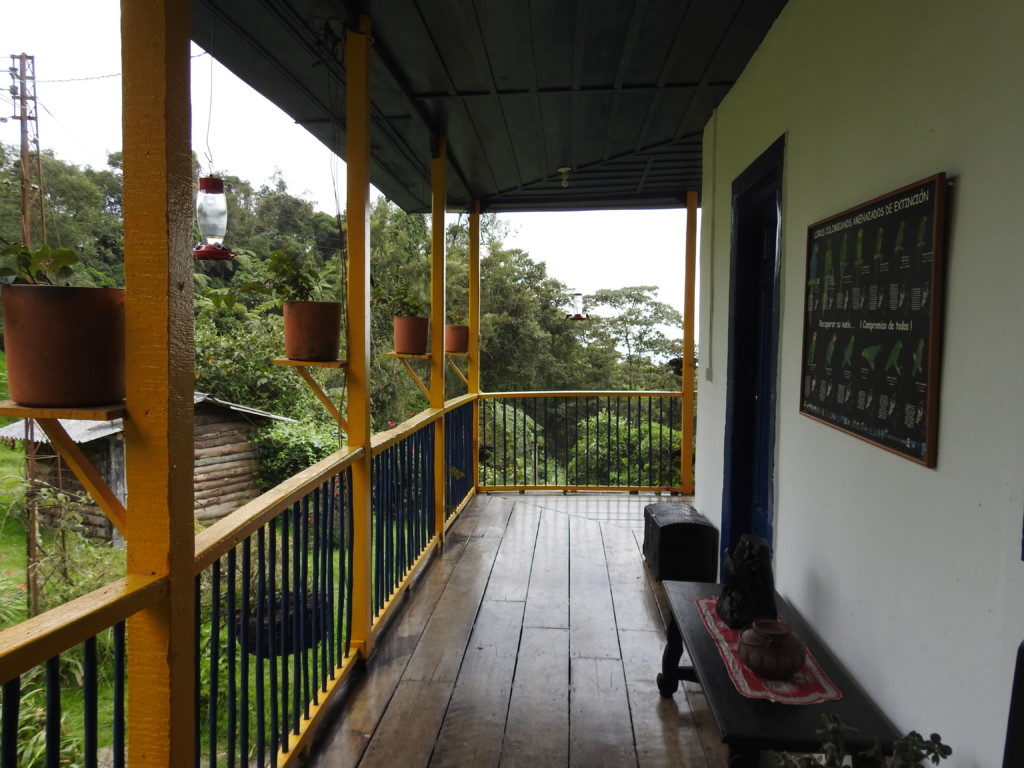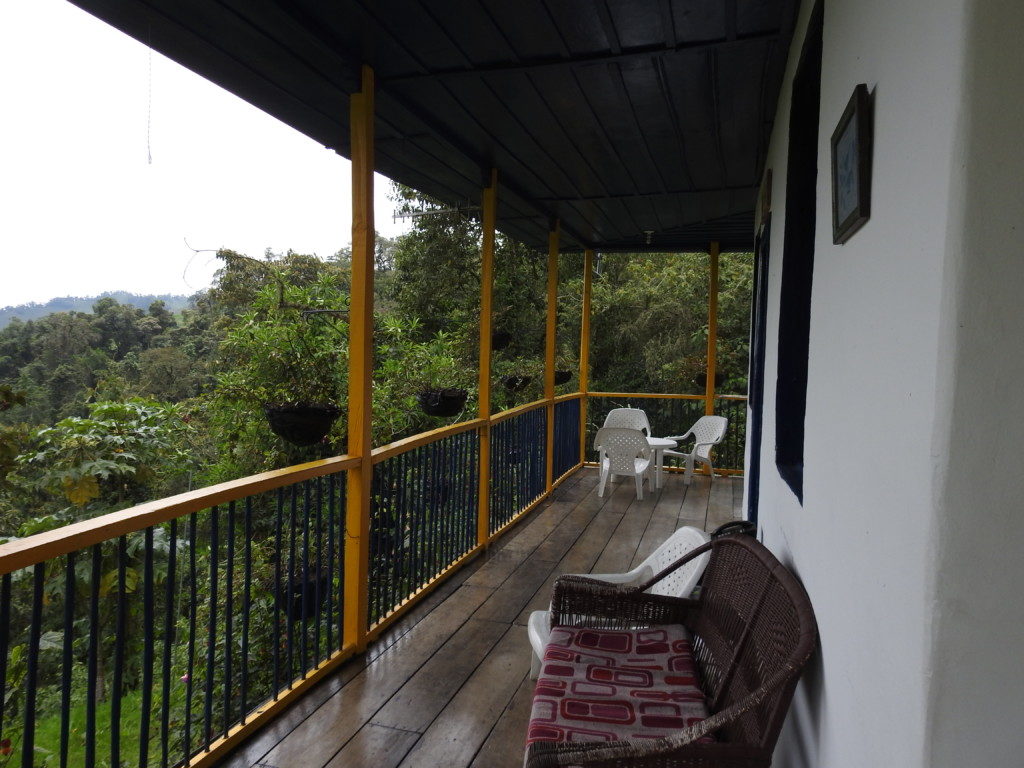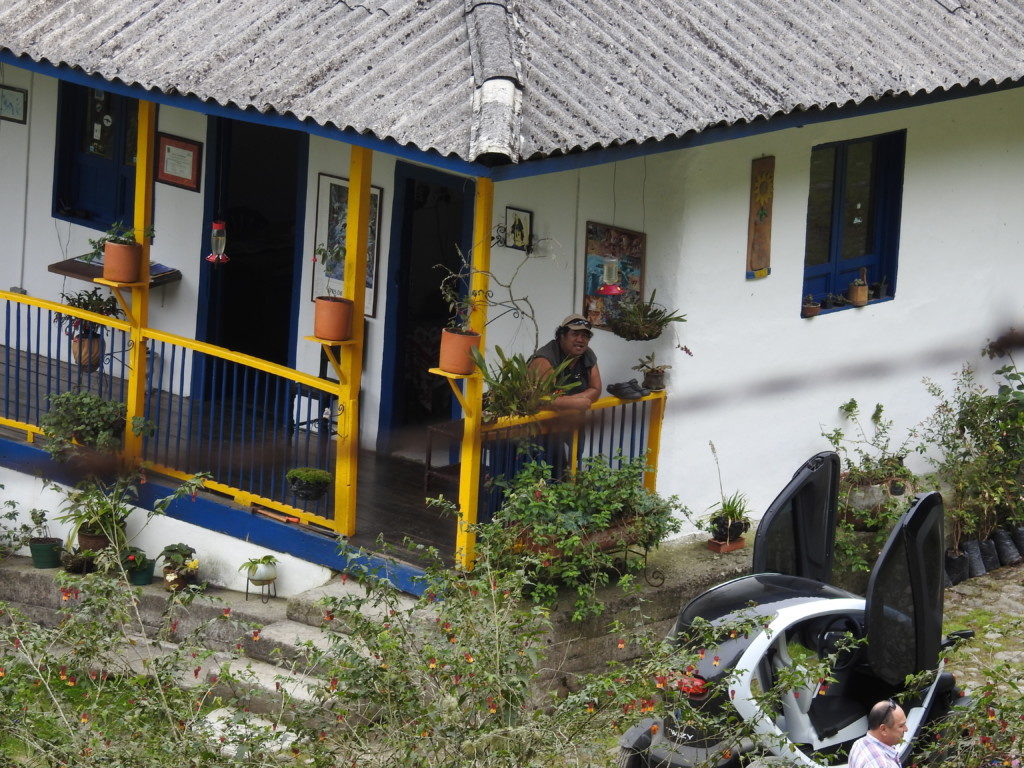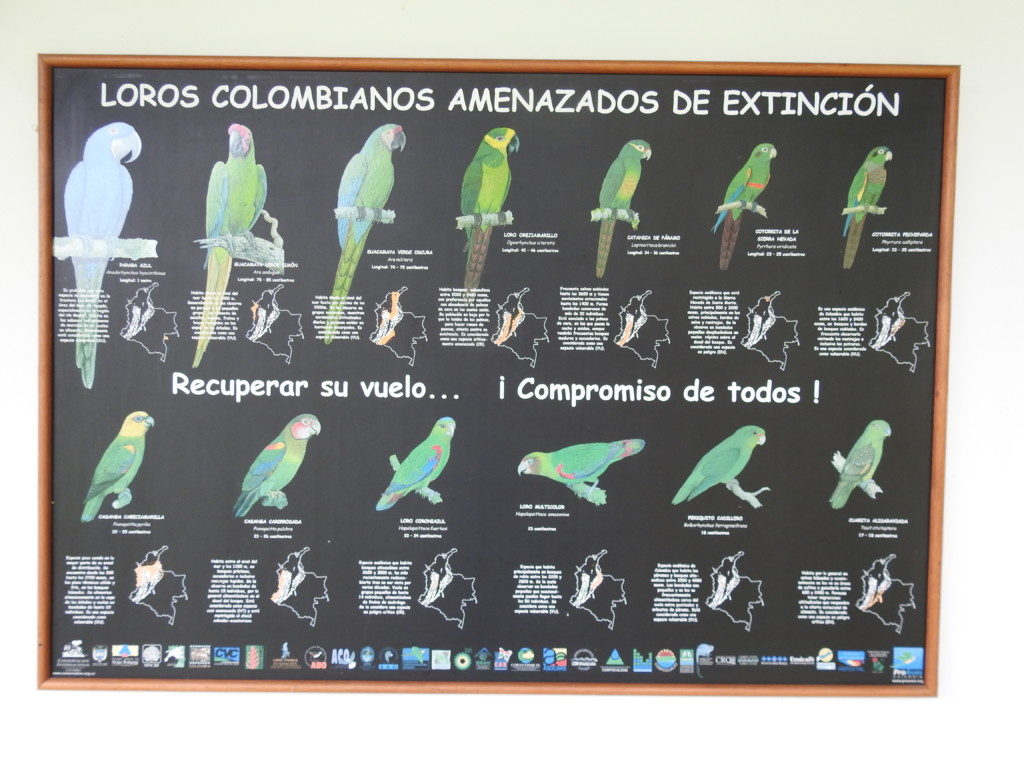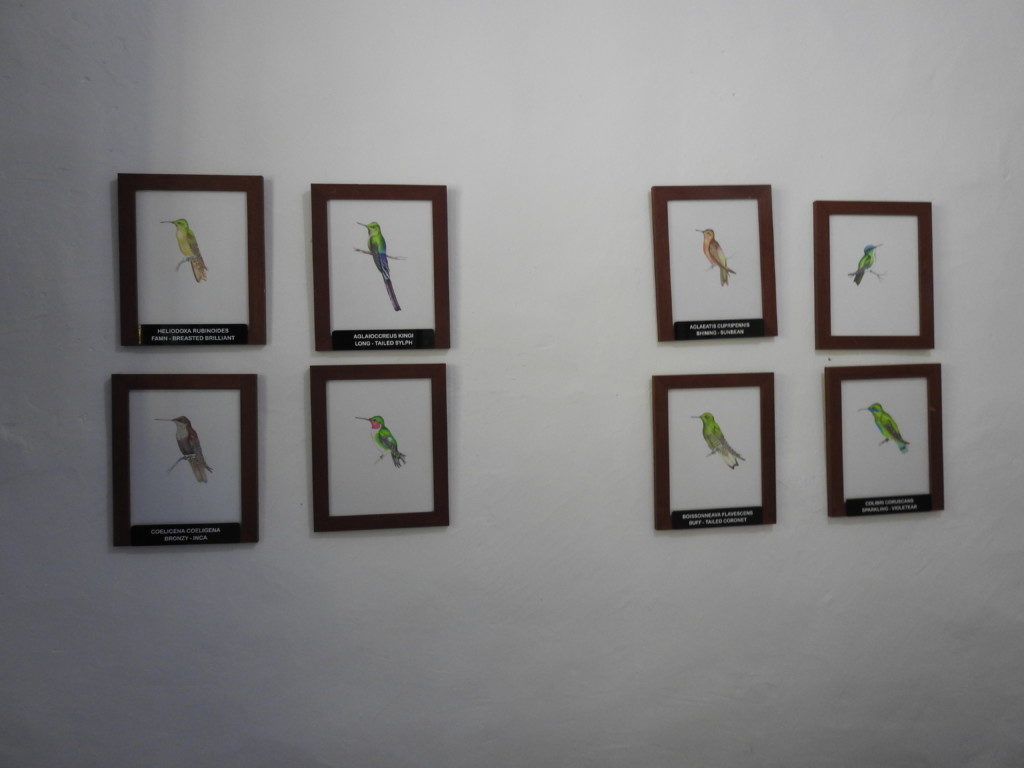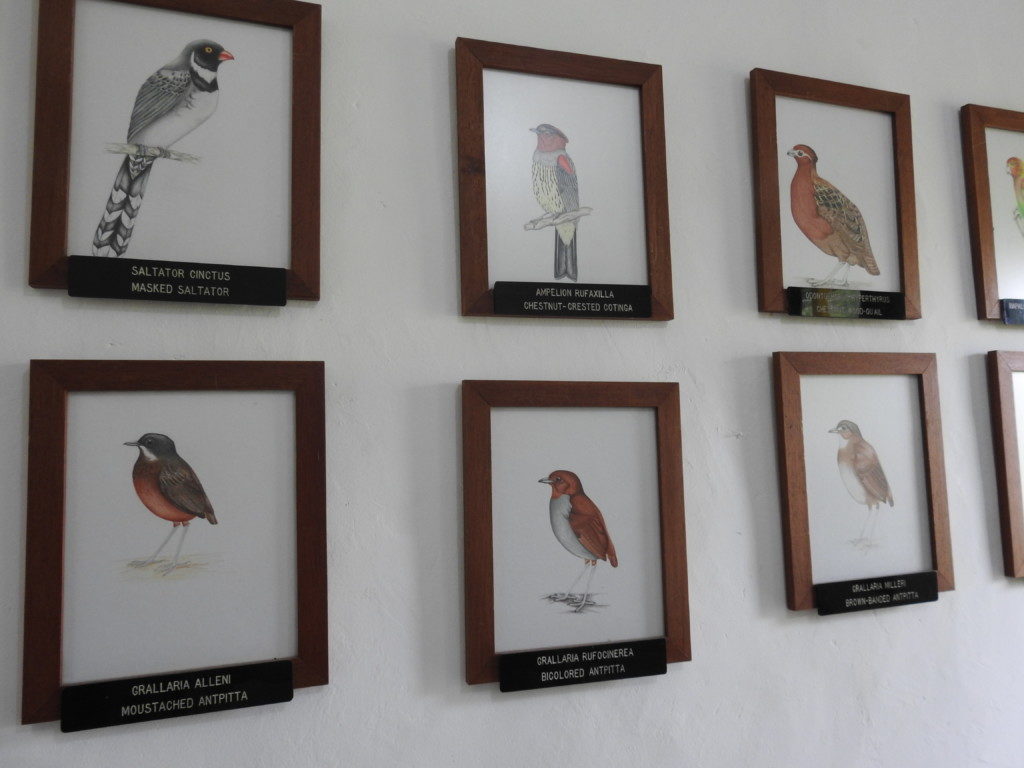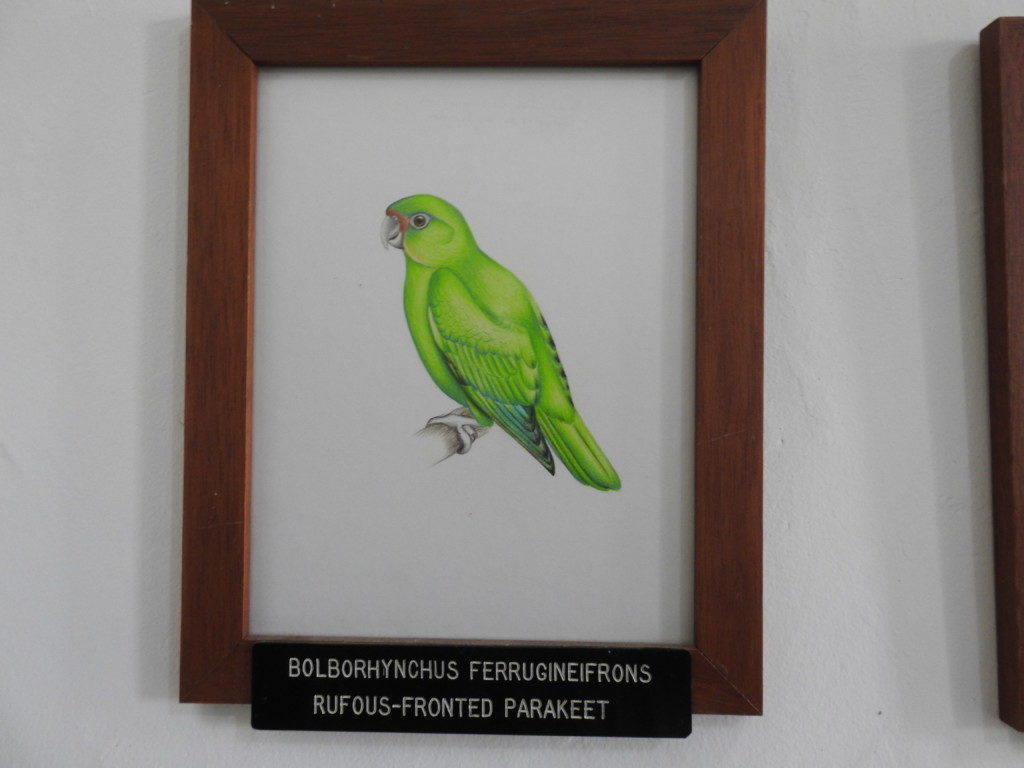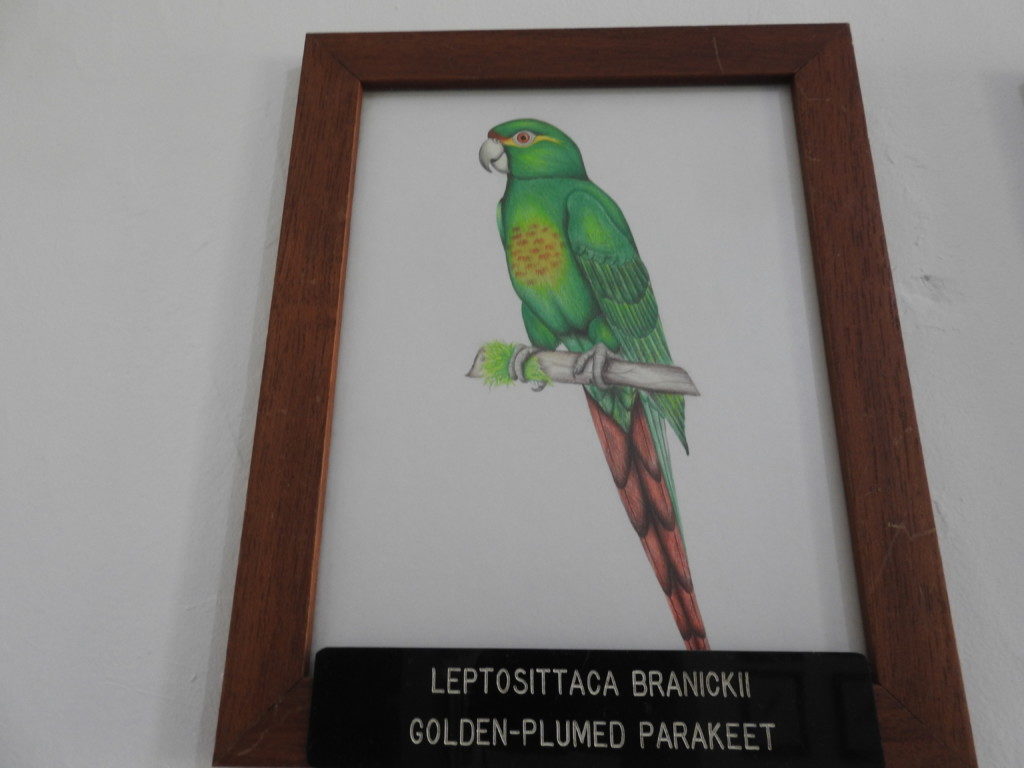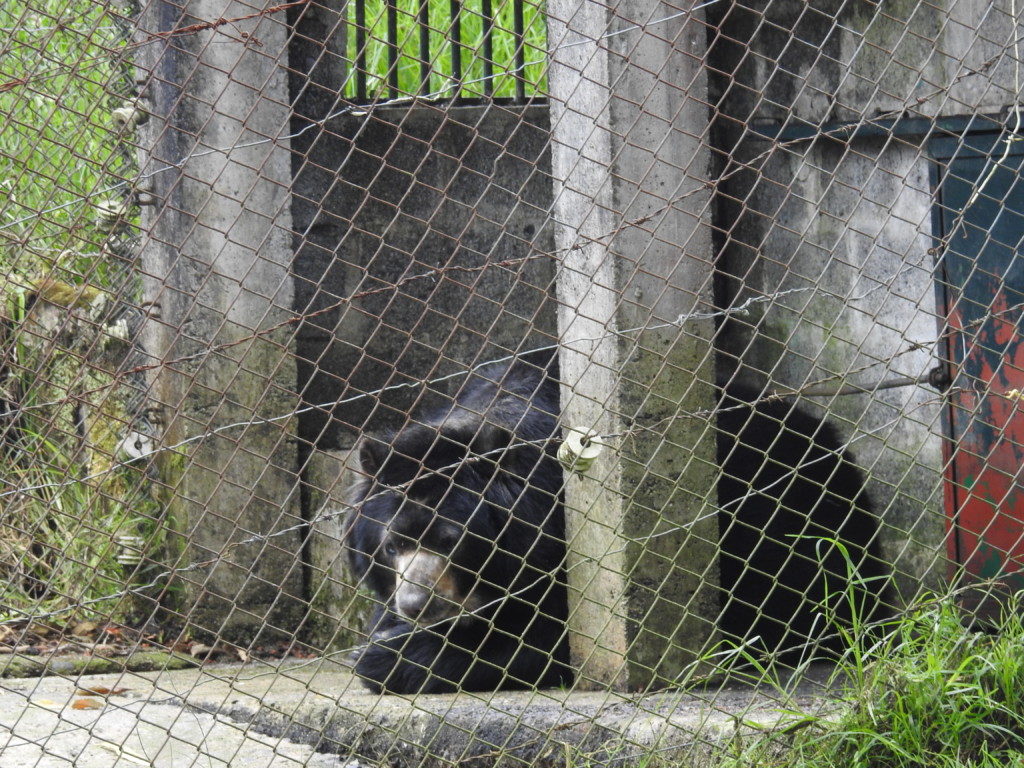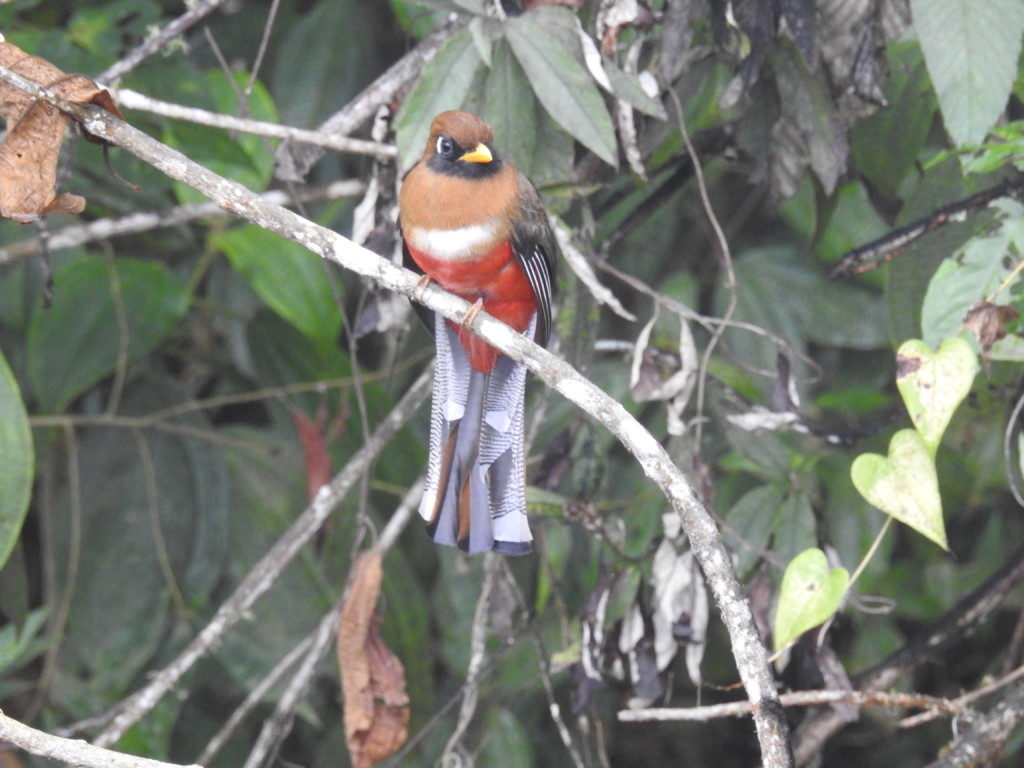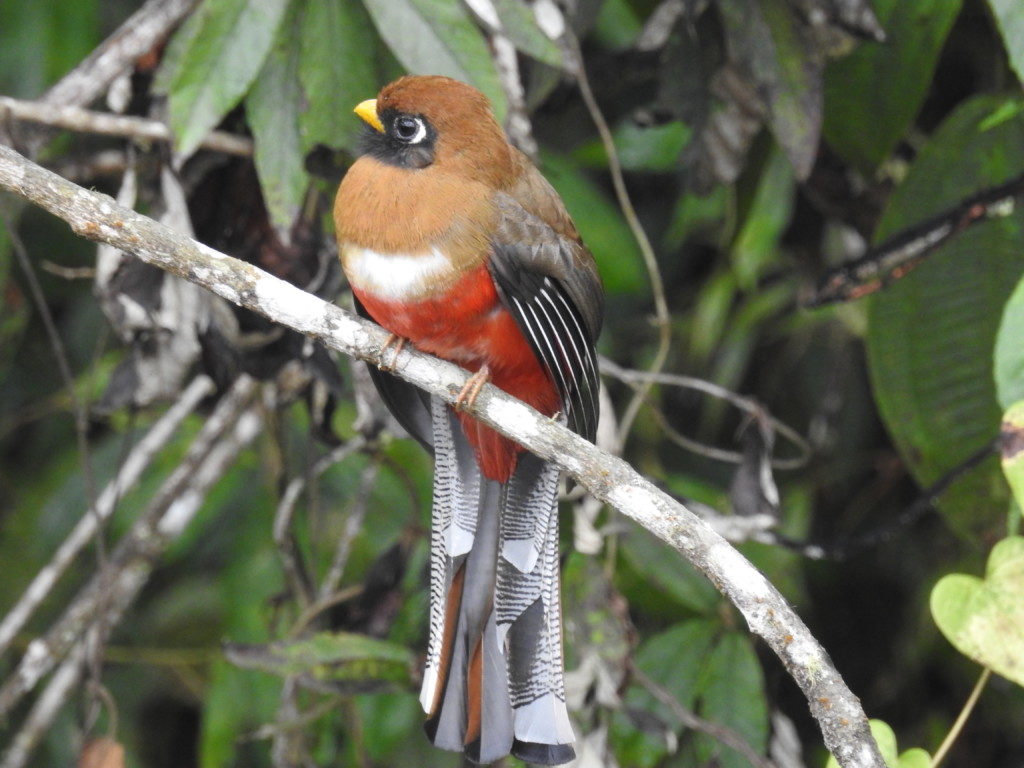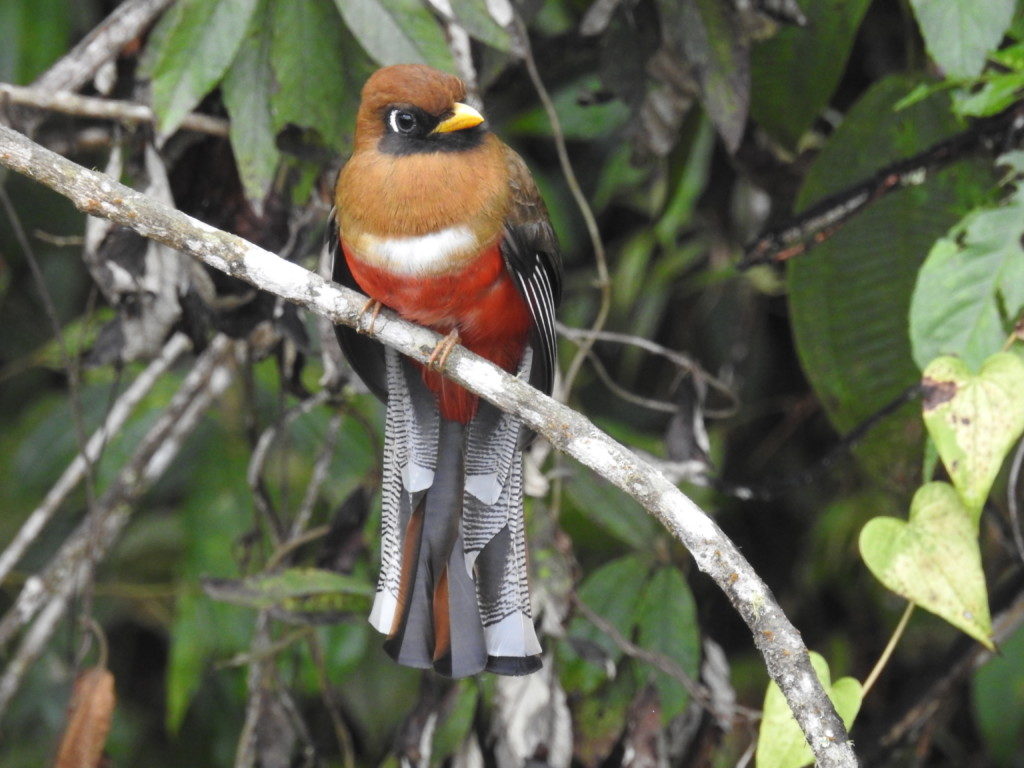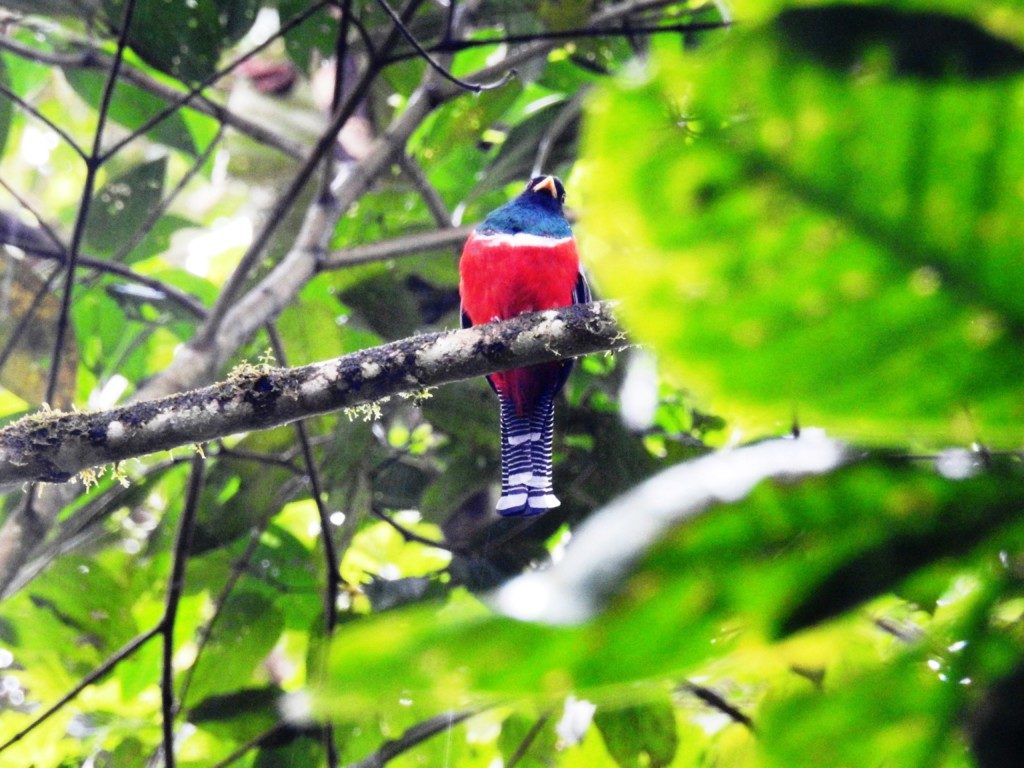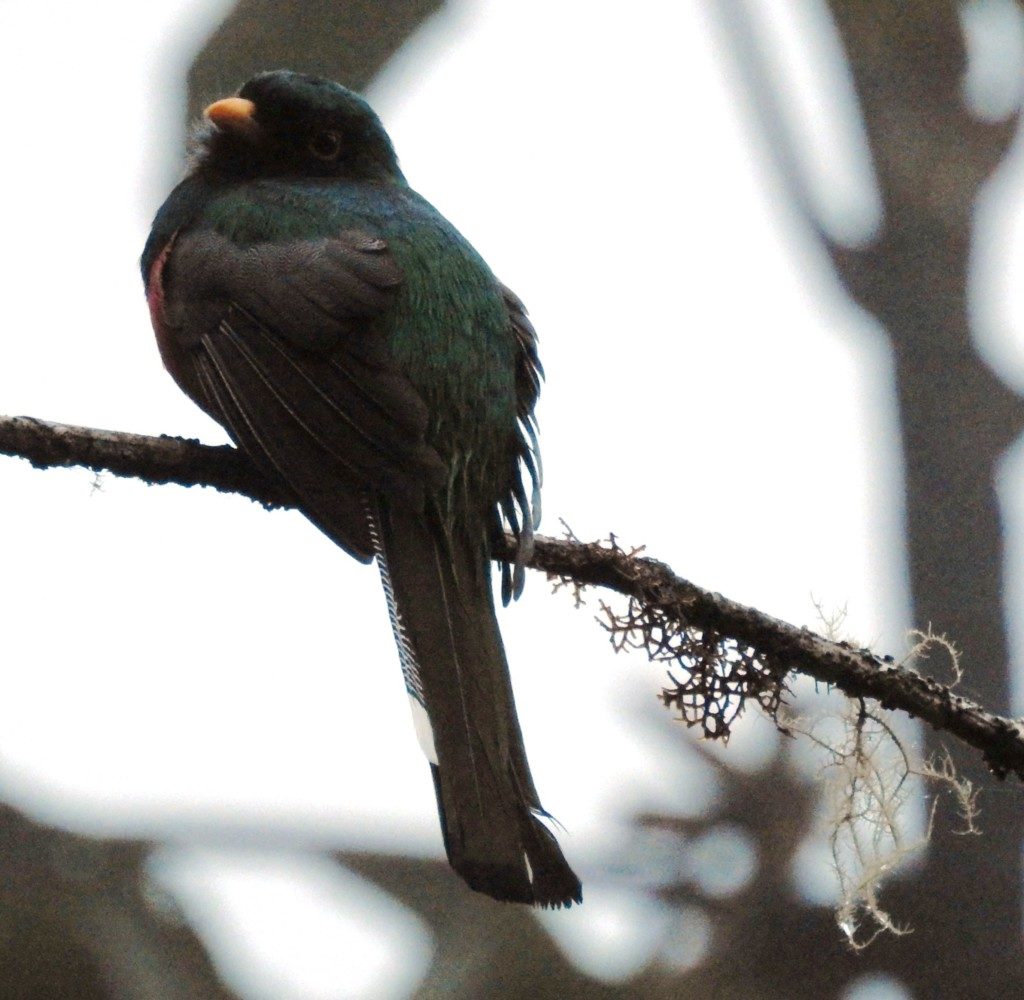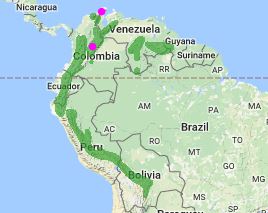Planning our birding trip to Colombia was a much bigger challenge than planning the Ecuador trip. Even though the countries are next to each other, there is a huge difference between the tourist infrastructures. Ecuador has been a travel hotspot for years and places like Mindo, Napo, Southern Ecuador & the Galapagos are well equipped to handle travelers of all types and budgets. But Colombia was off limit for many years due to safety concerns and has only recently been returned to birders’ itineraries. Even now, there is a preference for organized package tourists. Many of the large birding tour operators are going to Colombia but there is still a good market for us budget minded independent birders! We just have to work harder to manage it!
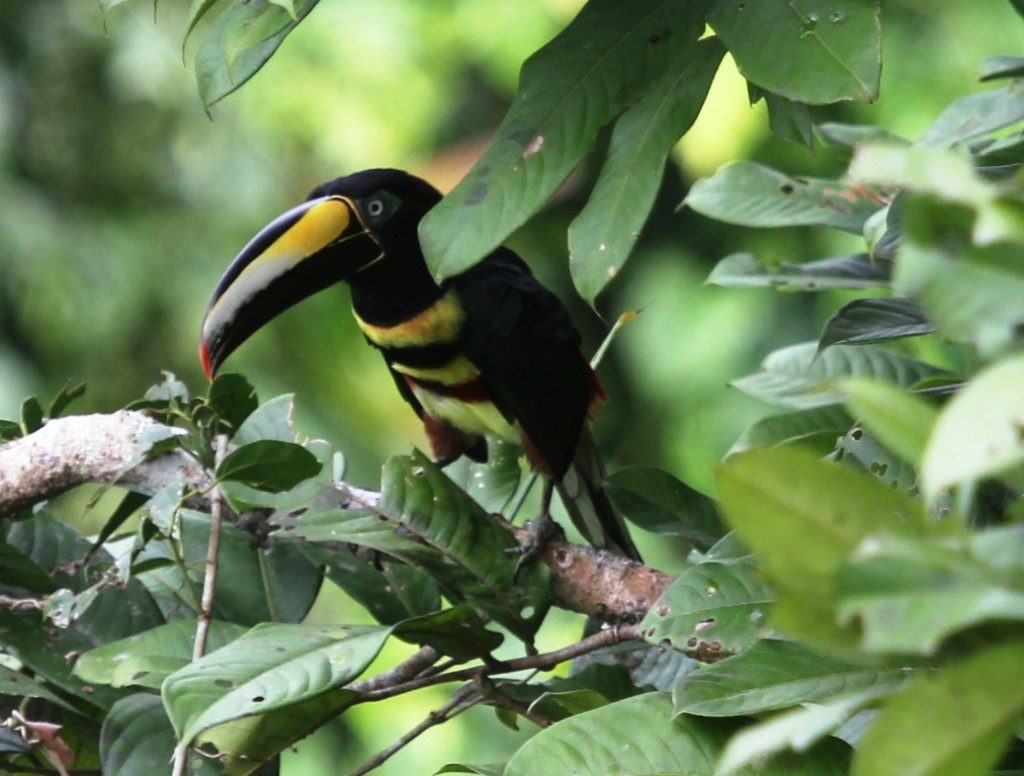
SET YOUR BIRDING GOALS FIRST
With over 1900 bird species, Colombia has a lot to offer and unless you have unlimited time and money there is no way you are going to see it all. Before you can choose which reserves you want to visit, you need to know what species are your priorities or which reserves have the biggest bird lists if you are looking to build up your life list.
My #1 target is to see as many parrot species as possible and lots of other bird species who live in the same habitats. While I am not a “life-list ticker”, I do want to see as many different species of parrots in my life as I possibly can. Therefore, when choosing between destinations within a country I consider these elements:
- Endemic species (can only be seen in one country such as Yellow-eared Parrot ( Santa Marta Parakeet).
- Species that I haven’t seen before.
- Species that are more easily seen elsewhere (Ecuadorian Amazon vs Colombian Amazon for example).
- How easily can I get to the reserve and is it in a safe location?
- Are some species just too rare that we probably have no chance of seeing them? (Sinu Parakeet – Pyrrhura subandina)?
- Can I hire guides in the reserves or nearest town?
So after looking at the 57 species of parrots that can be found in Colombia, I prioritized species that I hadn’t already seen on previous trips to South America and that I wasn’t likely to see in Ecuador, then I eliminated species that had no sightings on eBird and I was unlikely to be able to find. Actually eBird played a HUGE part in planning this trip as I was able to get really good data on birds such as Fuertes Parrots which were being seen regularly near Santa Rosa and Rufous-fronted Parakeets which were being seen near Manizales.
This is a snippet of my planning spreadsheet for Ecuador, Colombia & Trinidad. A yellow-filled box means that species is an endemic and needs to be prioritized. Light green font indicates I have already seen the species elsewhere (but I am always happy to see them again) but I don’t need to make a special trip for that species. Some birds are seen in both Ecuador & Colombia so I had to figure out which location would be easier logistically. Just to get to this stage involved hundreds of hours of looking up each species on eBird, tracking sightings, cross-referencing species to get them down to as few sites as possible and making sure we can logistically get to the location.
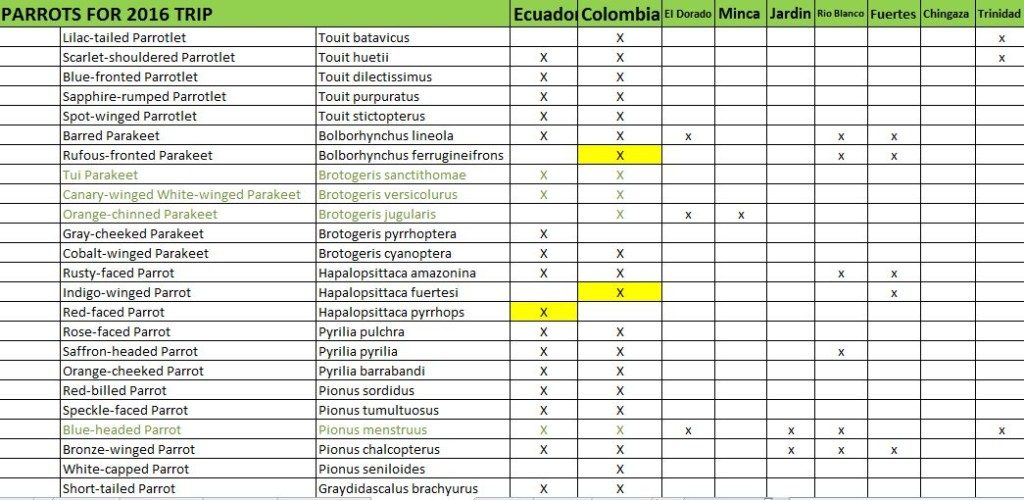
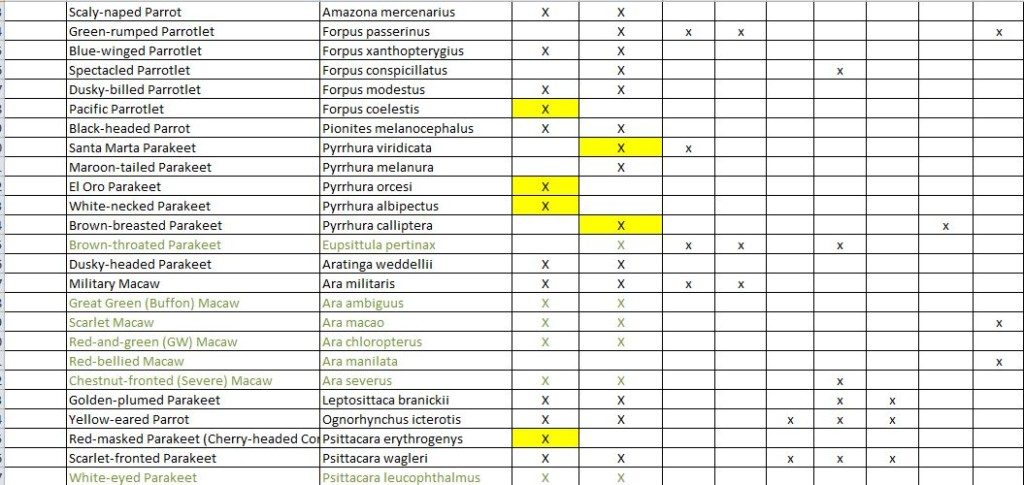
ORGANIZING THE LOGISTICS
I was now down to 6 locations and less than 2 weeks to squeeze them all in. I should probably say 5.5 locations as Minca is enroute to El Dorado.
- Minca & El Dorado – accessed via Santa Marta airport
- Jardin – Yellow-eared Parrot Reserve – accessed by Medellin airport and a bus to Jardin.
- Rio Blanco & Surrounds – lots of species here, accessed by taxi or bus.
- Pereira – nearest city to accessible Fuertes Parrots. I was trying for Giles Fuertes Reserve but told by ProAves that this reserve was not accessible to tourists.
- Chingaza Reserve – accessible by road from Bogota, planned to hire a taxi to get there.
I would need 3 flights.
- Quito to Santa Marta via Bogota (used Avianca Lifemiles).
- Santa Marta to Medellin (used Avianca Lifemiles).
- Pereira to Bogota (originally was going to use bus but found super cheap fare on Avianca).
This is what it all looked like on paper
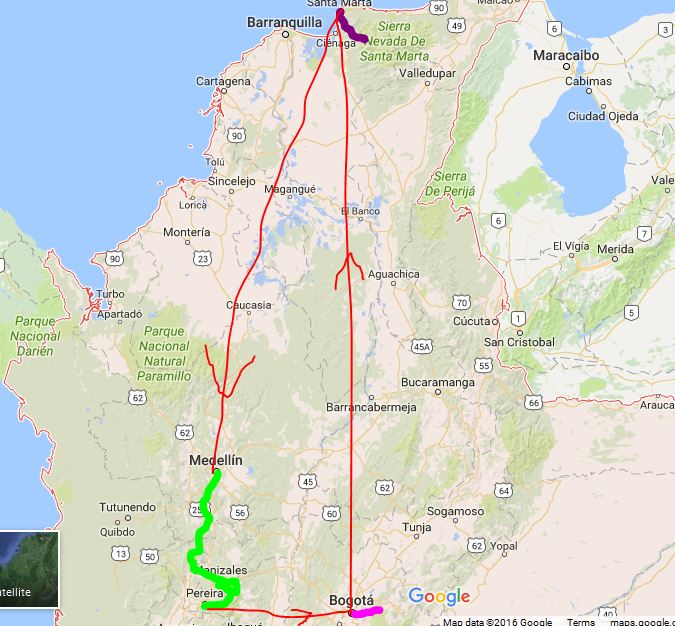
FINDING ACCOMMODATION
This turned out to be the easiest part. Broken down by site:
- Santa Marta – flight got in at 9:30 so used an Expedia voucher for budget hotel.
- El Dorado – booked online via ProAves.
- Minca – booked online via Booking.com
- Jardin – got off bus from Medellin and walked into budget hotel on main plaza.
- Manizales (Rio Blanco) – must have advance booking so booked by email.
- Pereira – booked a backpacker place as I knew they would be able to find a cheap taxi to take us to Fuertes Parrots location at low cost.
- Bogota – was going to use Club Carlson bogo redemption but they closed their cheaper hotel so I used Orbucks from last year’s photo contest with 15% off promo code.
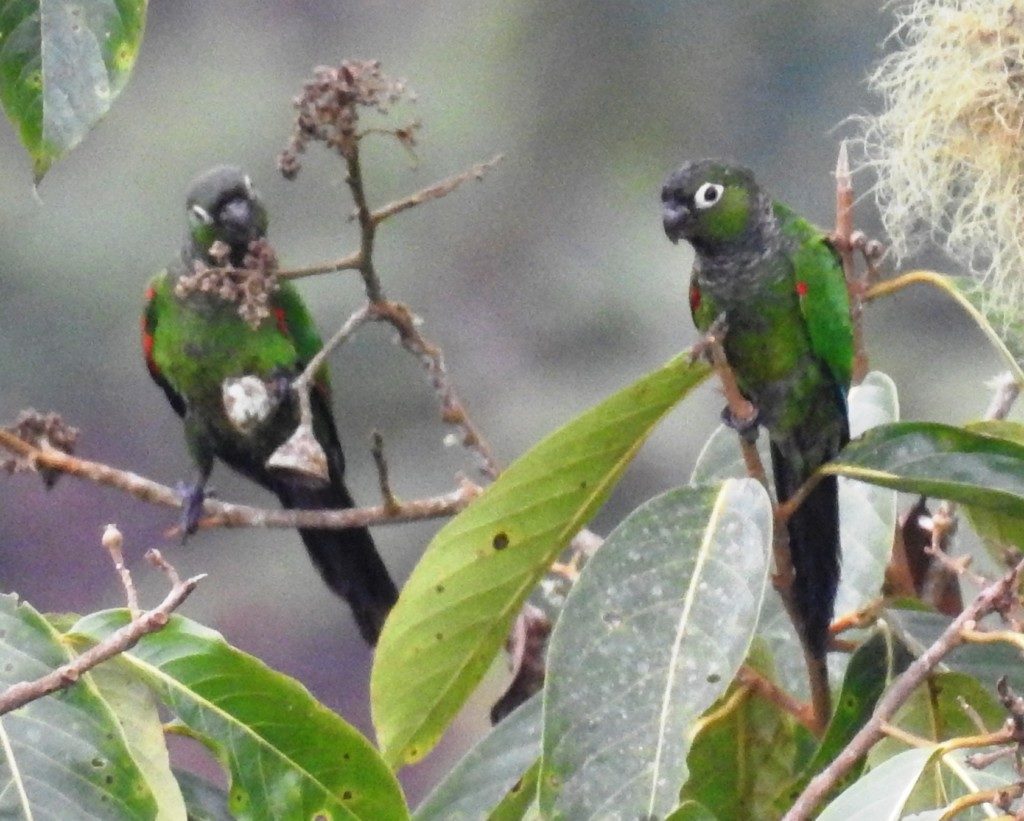
This is an extremely succinct version of all the work I put into organizing a budget birding trip. It’s very time consuming, especially if you have target species to track down and are limited by both time and budget. But the end result was worth it for my high success rate. Birds highlighted in peach were seen on this trip. Those preceded by a 9 were allocated to Colombian sites (1-6 were allocated to Ecuador). Red font on white background (ahem – parrotlets!) were total dips for this trip and my lifetime. Lilac background was a dip on THIS trip but seen previously elsewhere. For Colombia, out of 15 allocated species, 11 were seen, 4 were dips but the Brown-throated Parakeet had been seen in Panama so not a life dip. Lilac-tailed Parrotlets could also be seen in Trindad so there was a 2nd chance (which ended up failing).
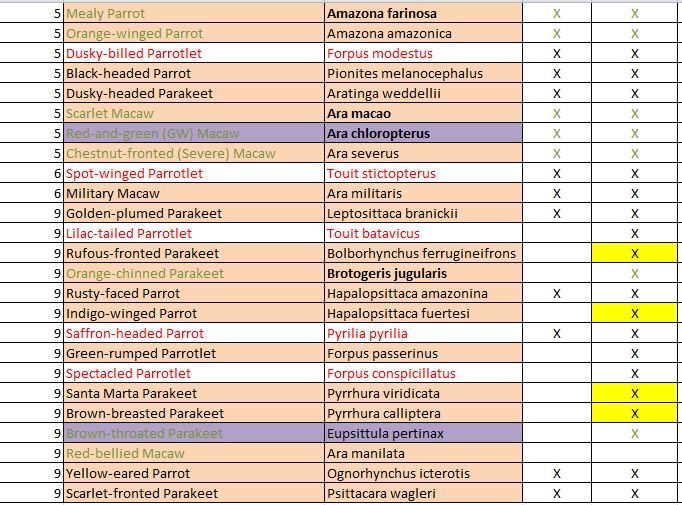
So how can you do a trip like this? Join me for the fantastic ride through Colombia during the next few weeks!
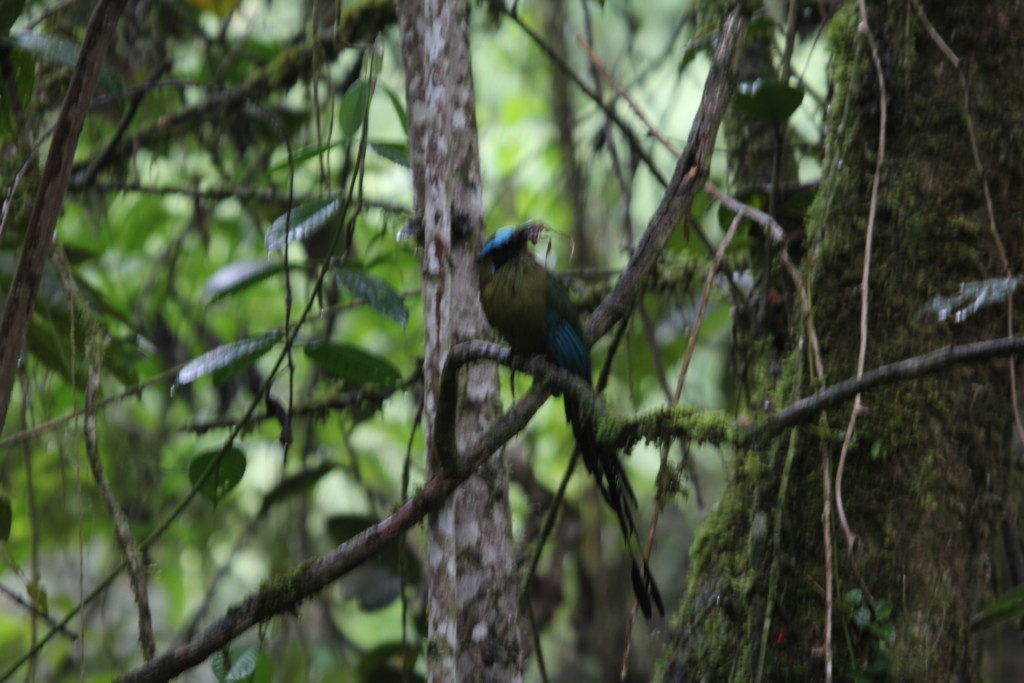
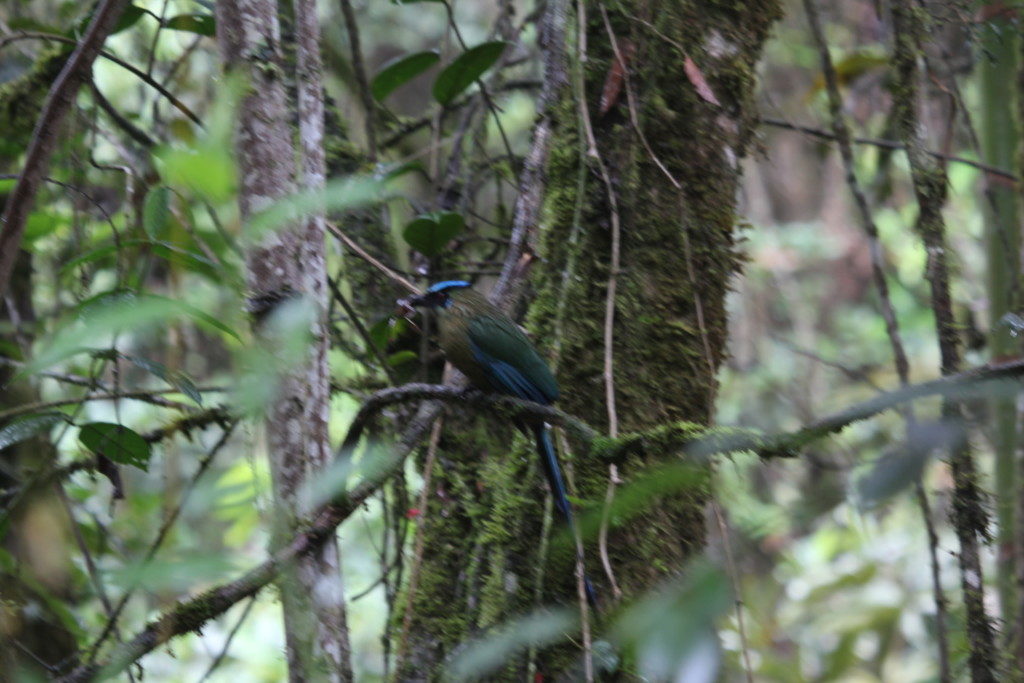
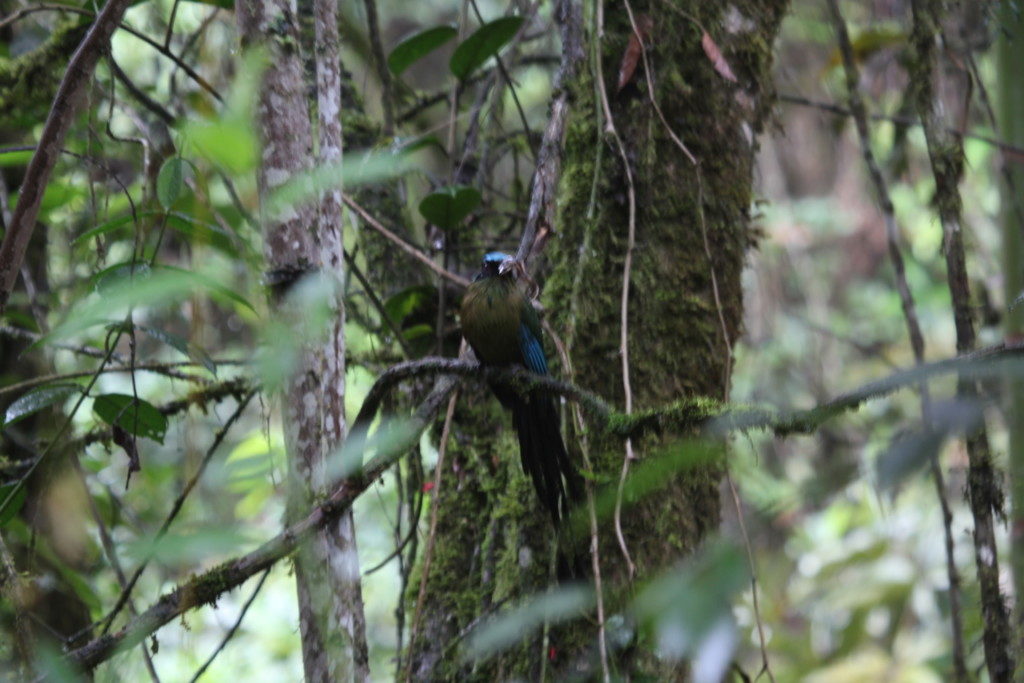
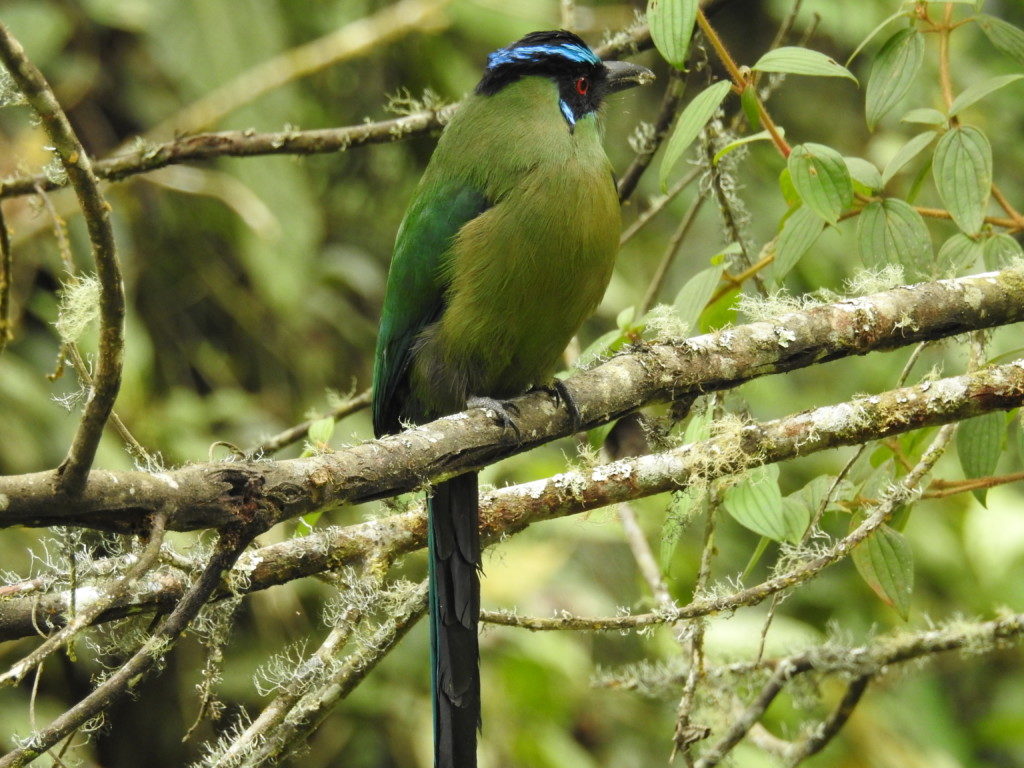
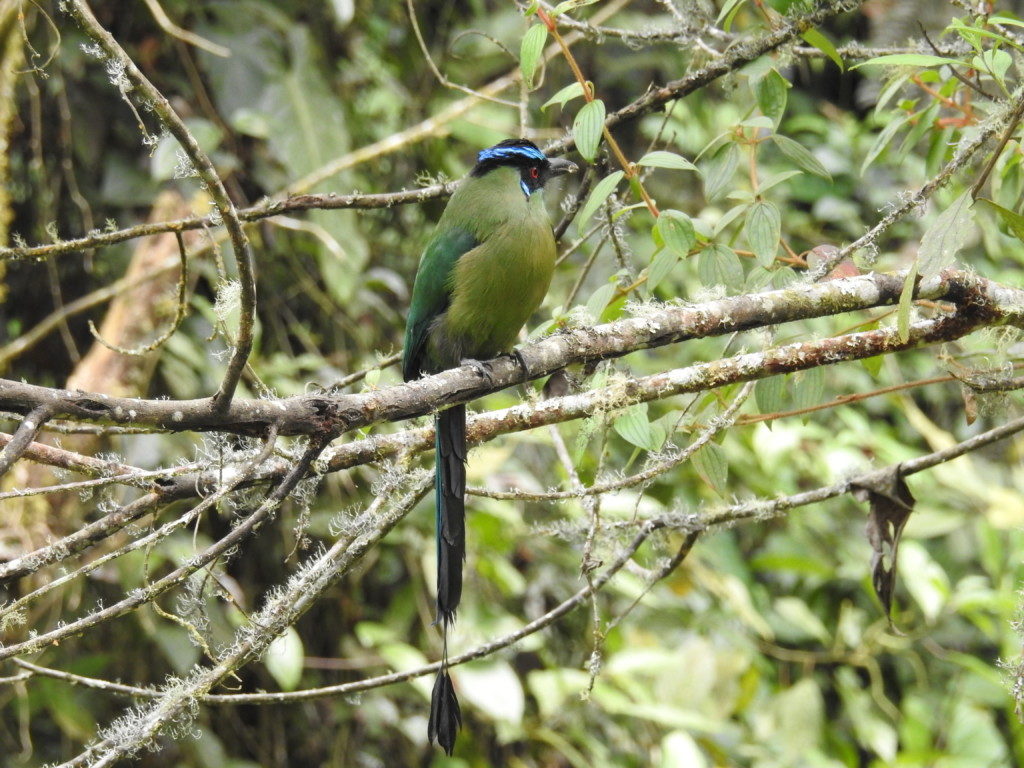
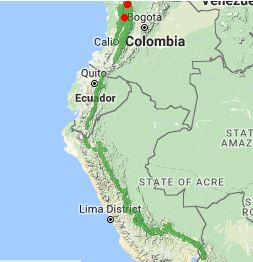

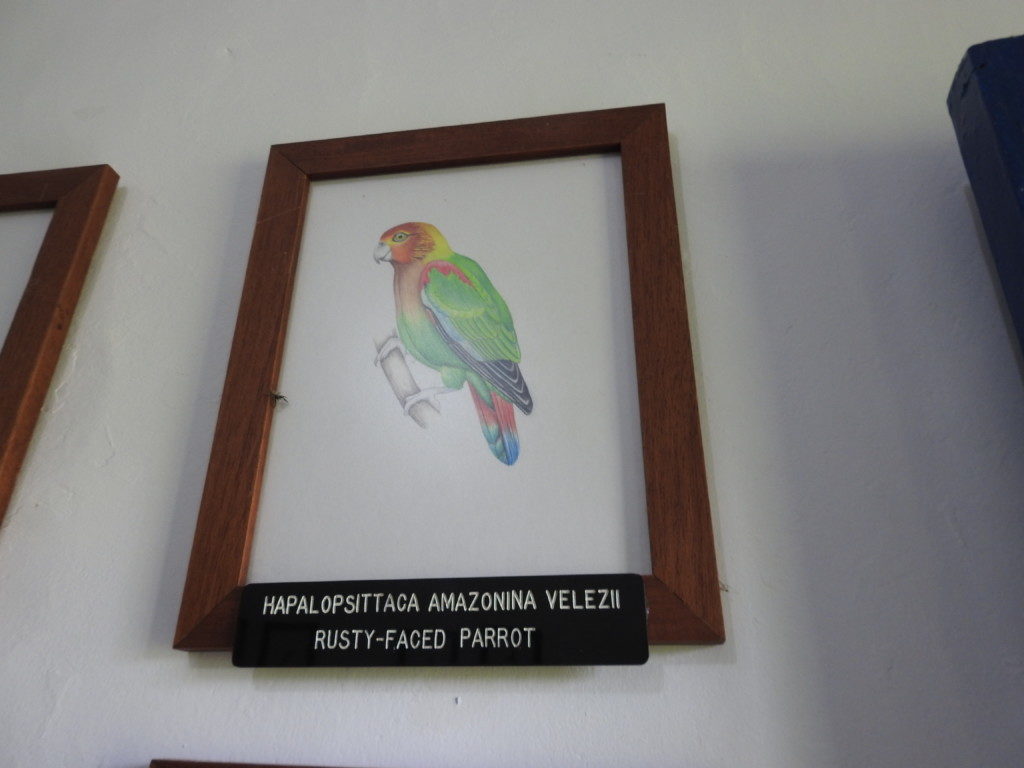 They are mostly found in the mountainous areas of
They are mostly found in the mountainous areas of 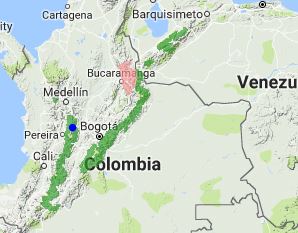
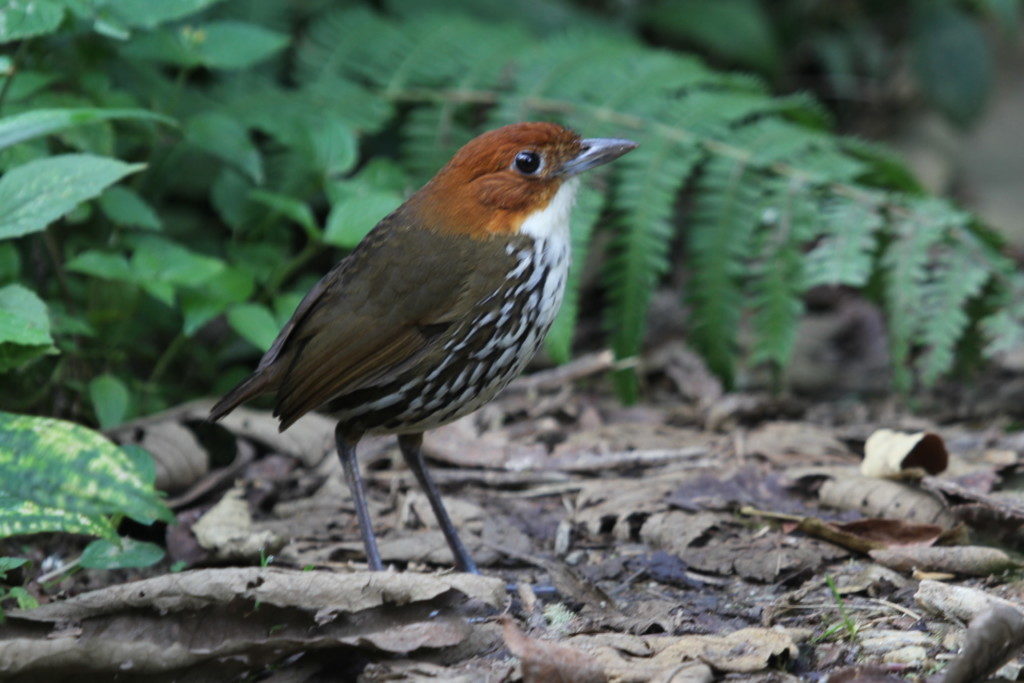
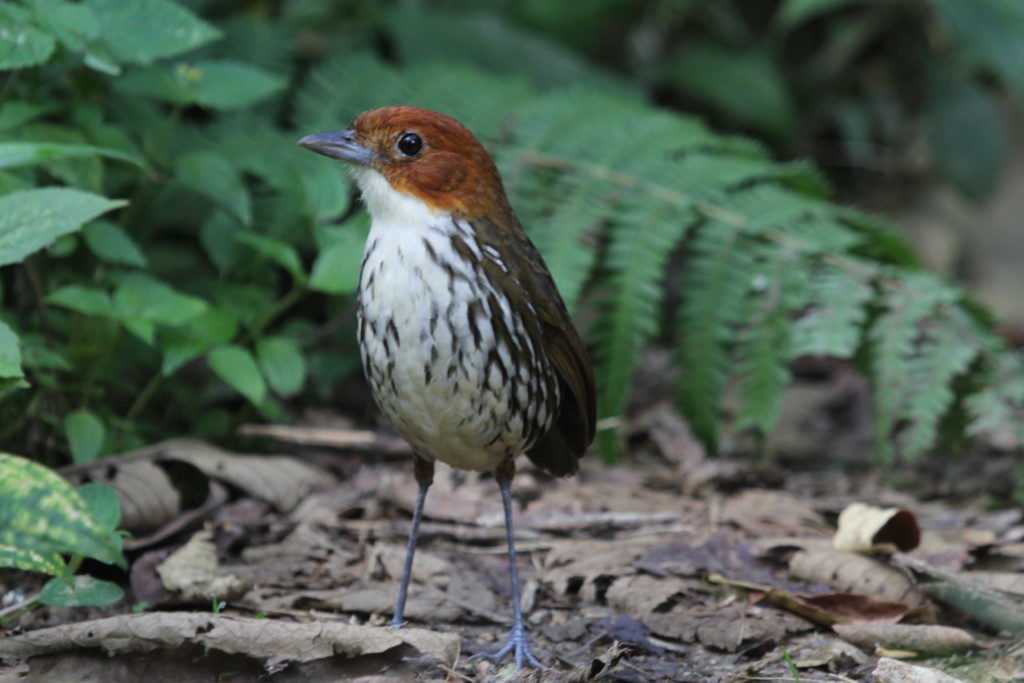
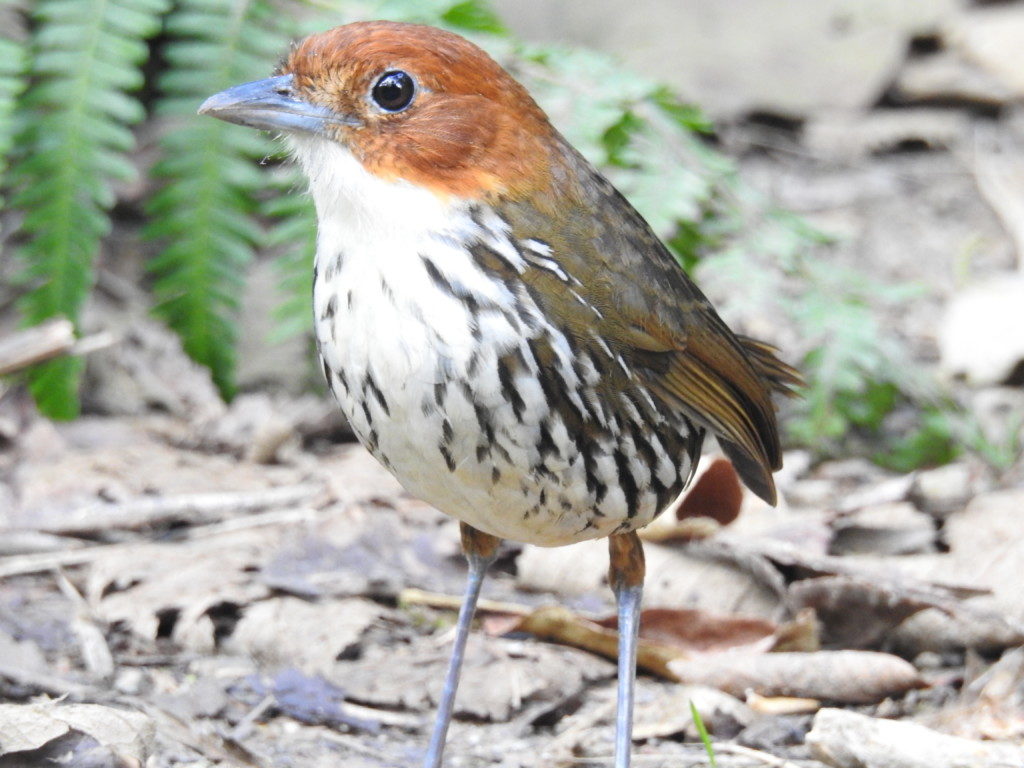
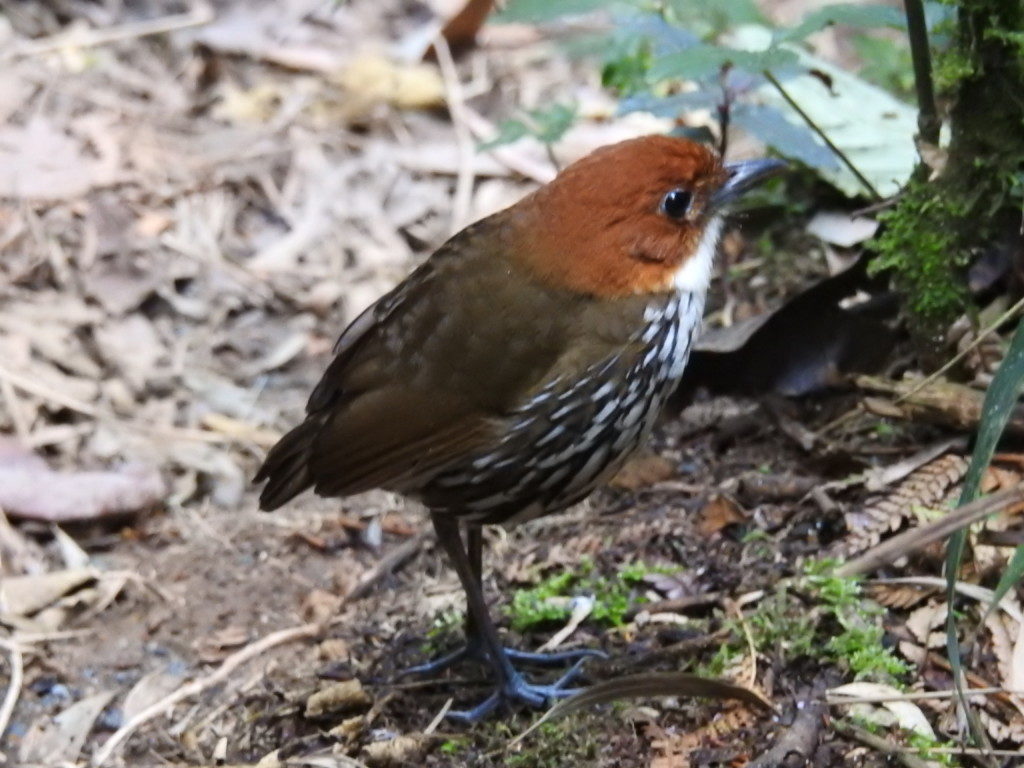
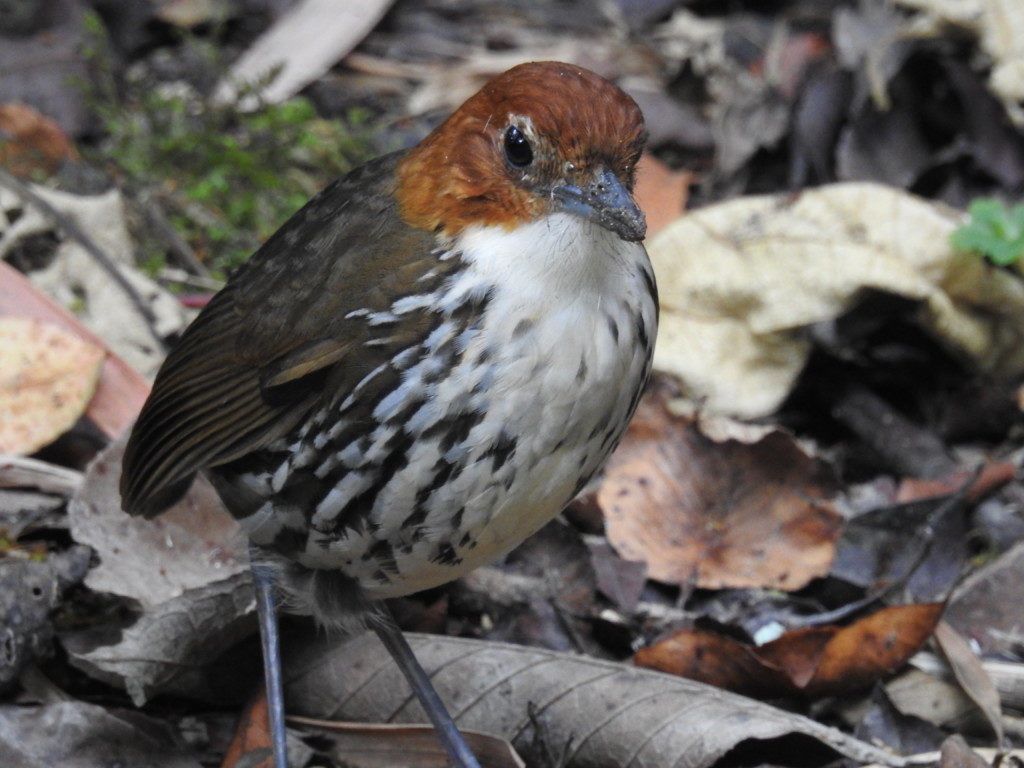
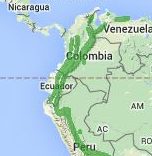
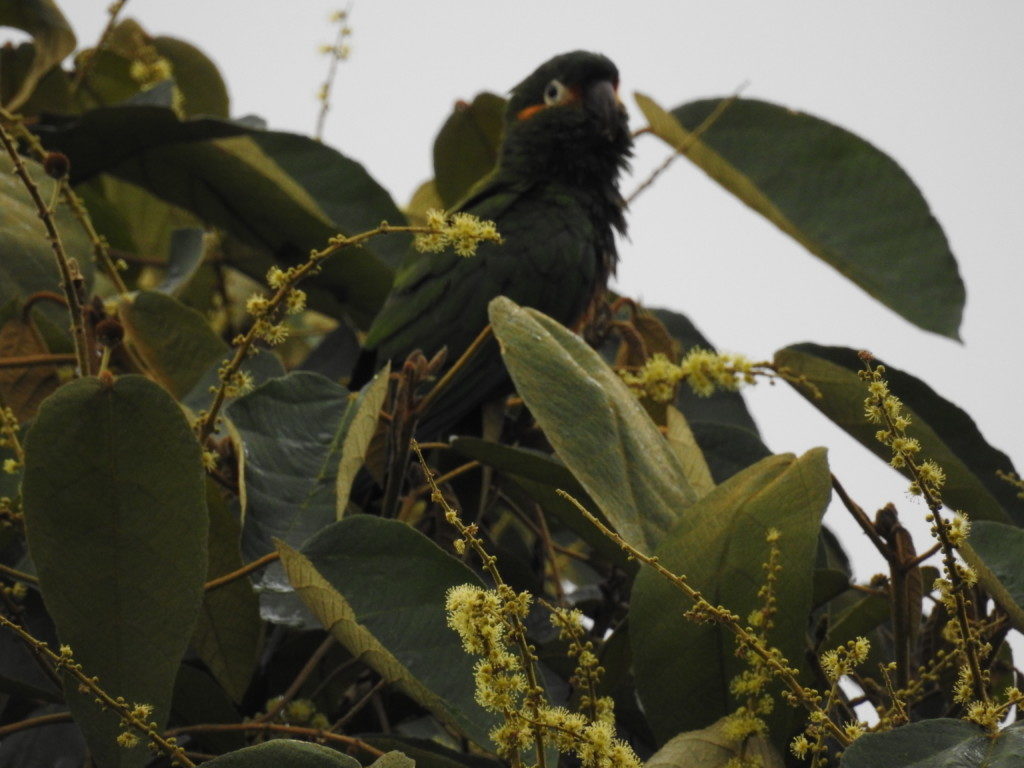
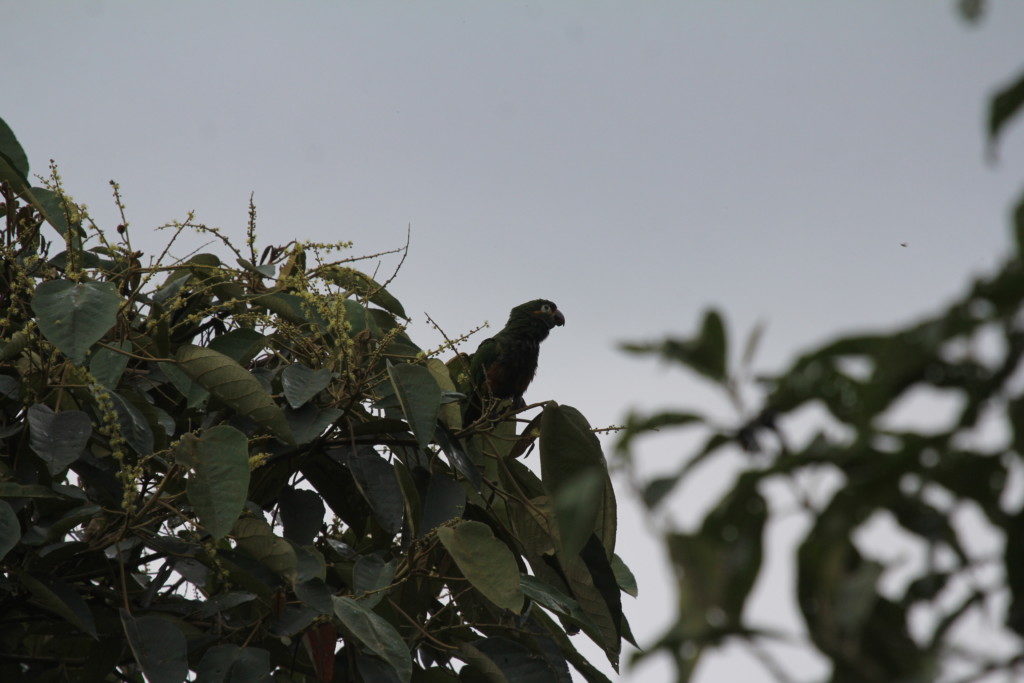
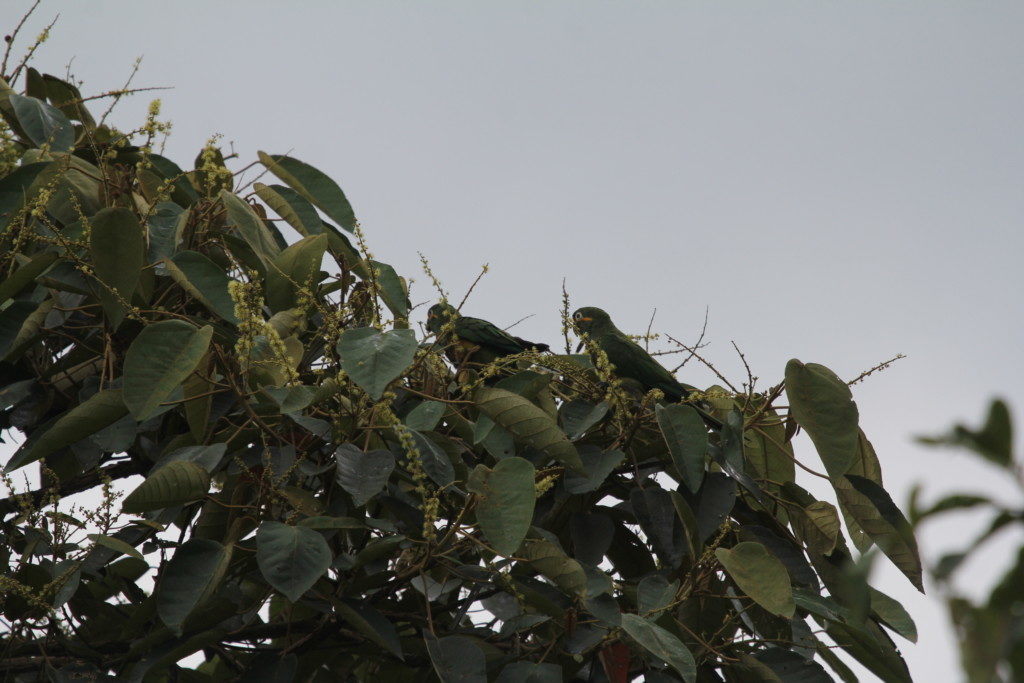
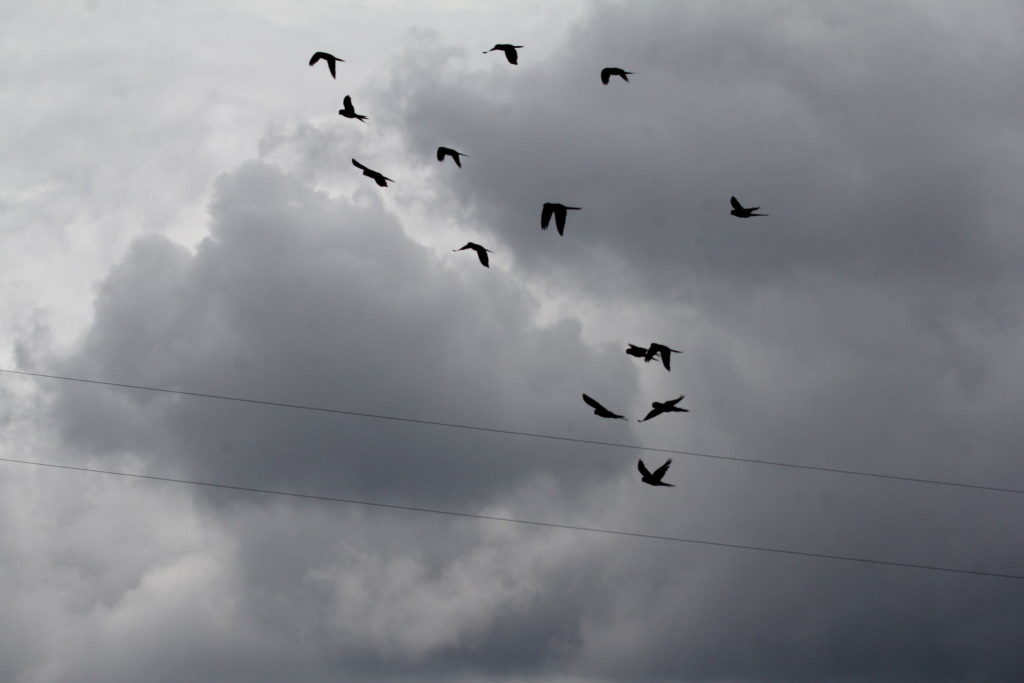
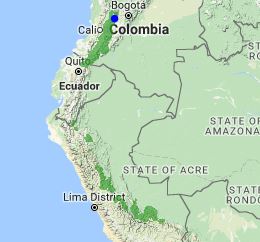
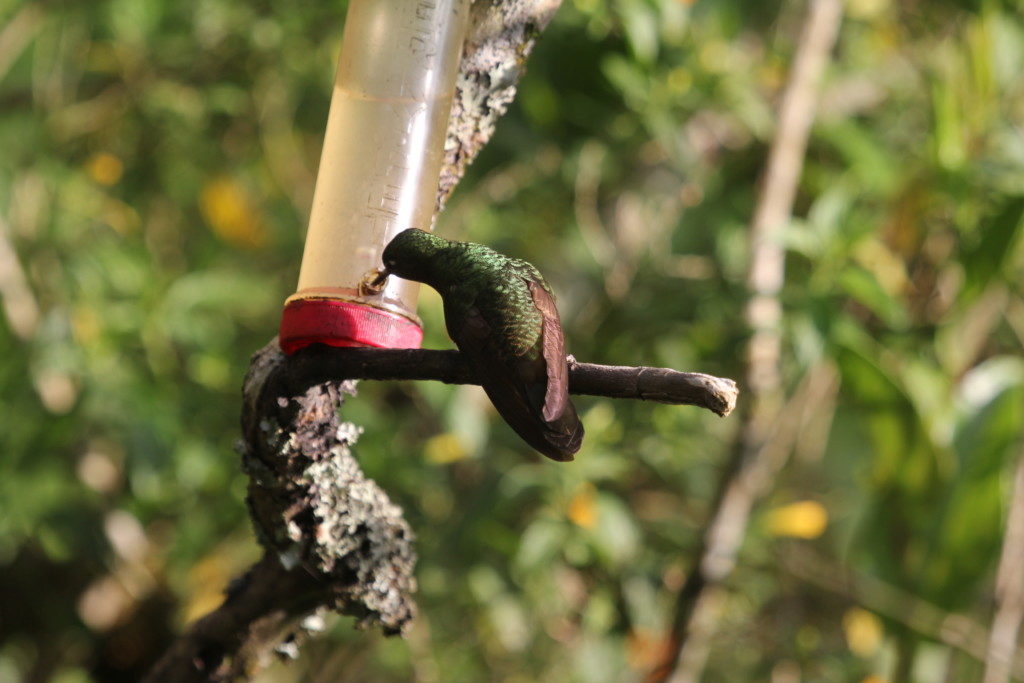
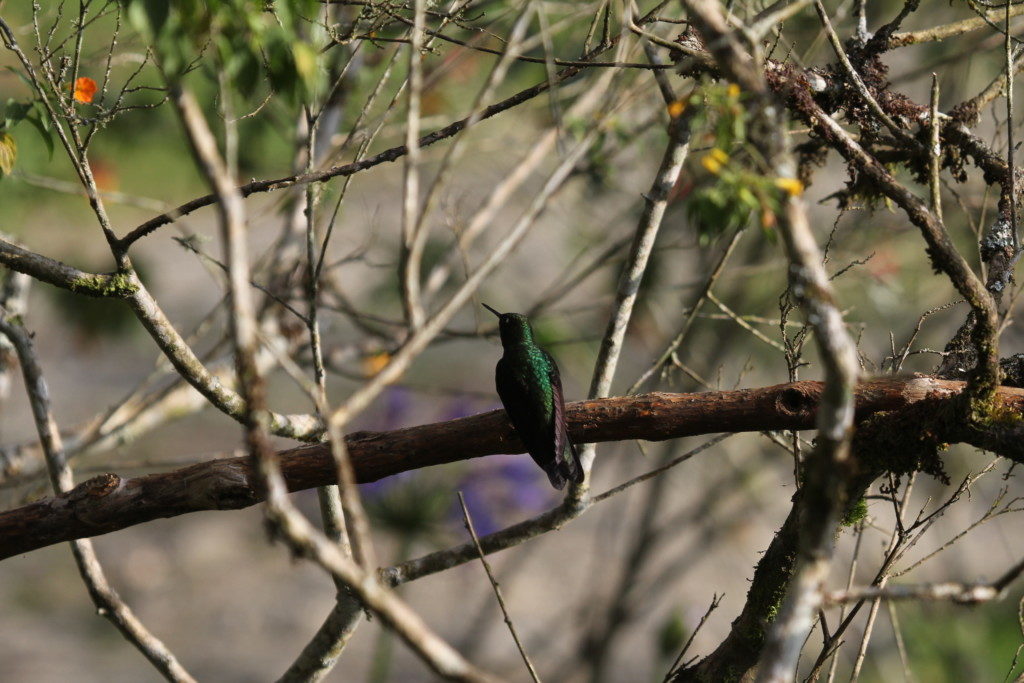
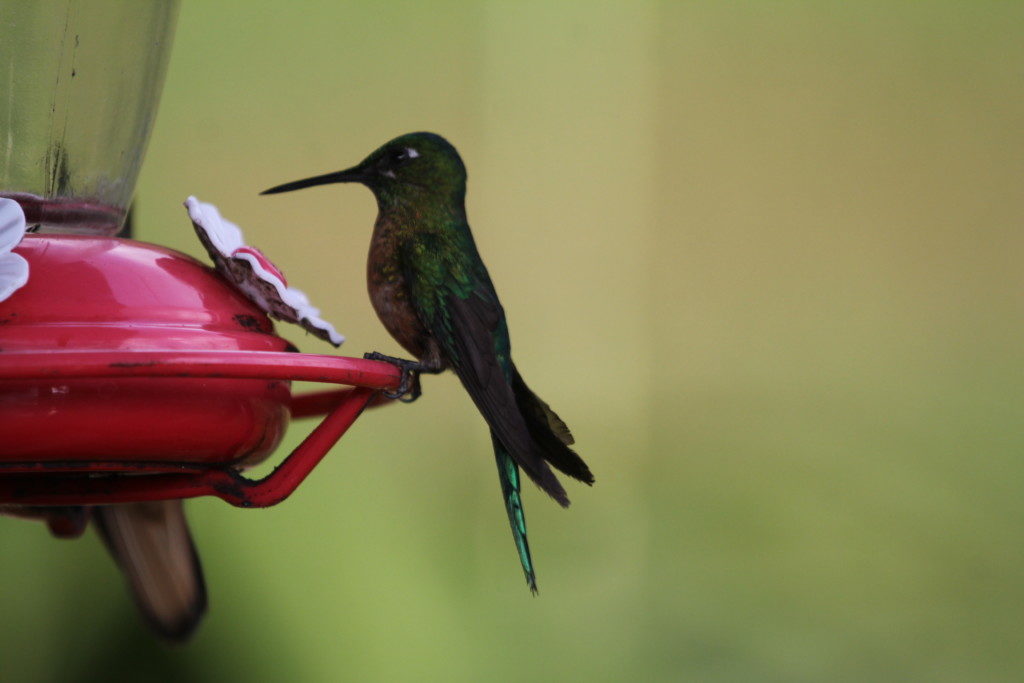
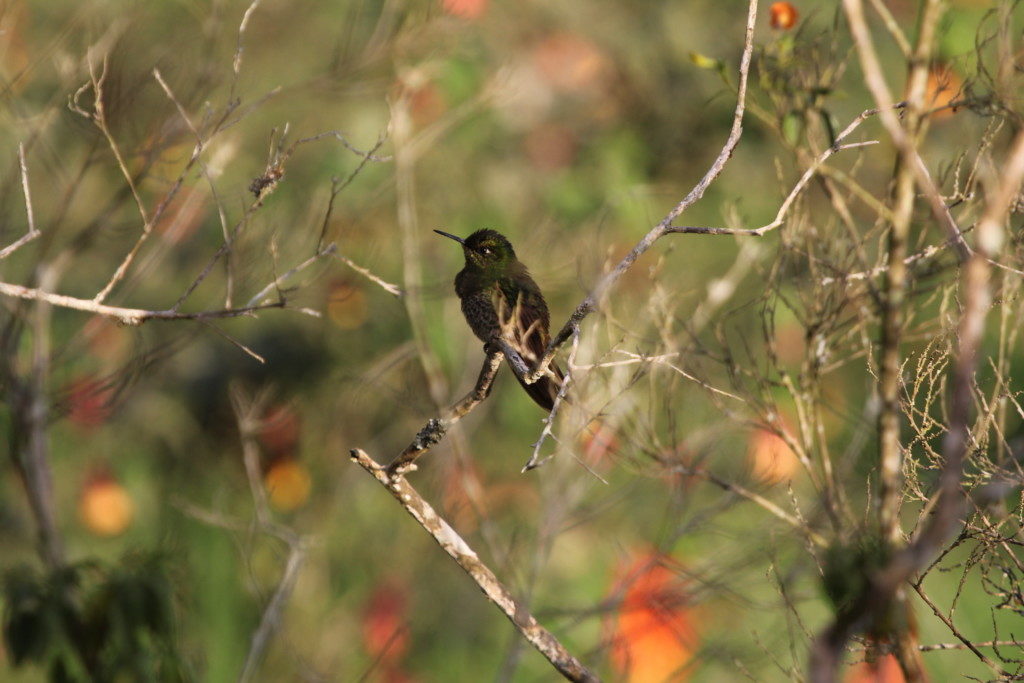
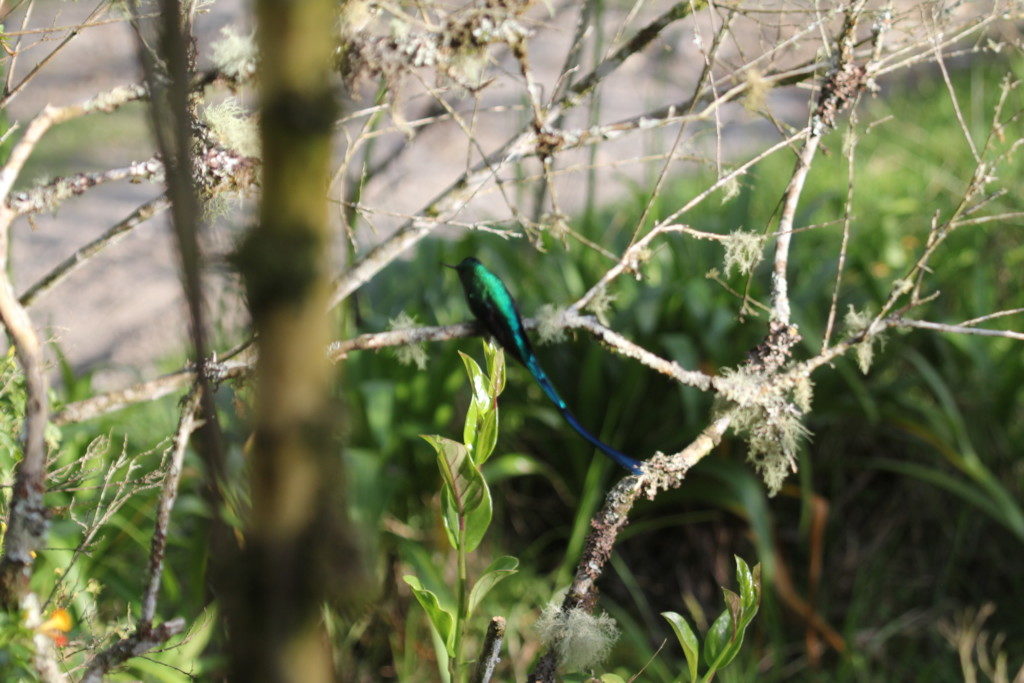
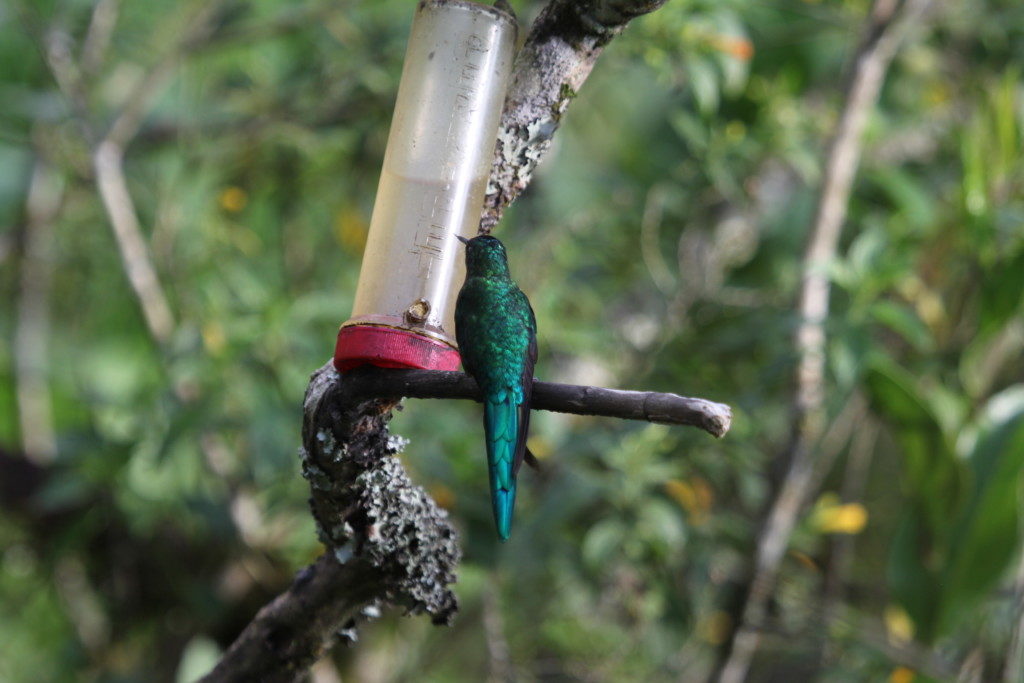
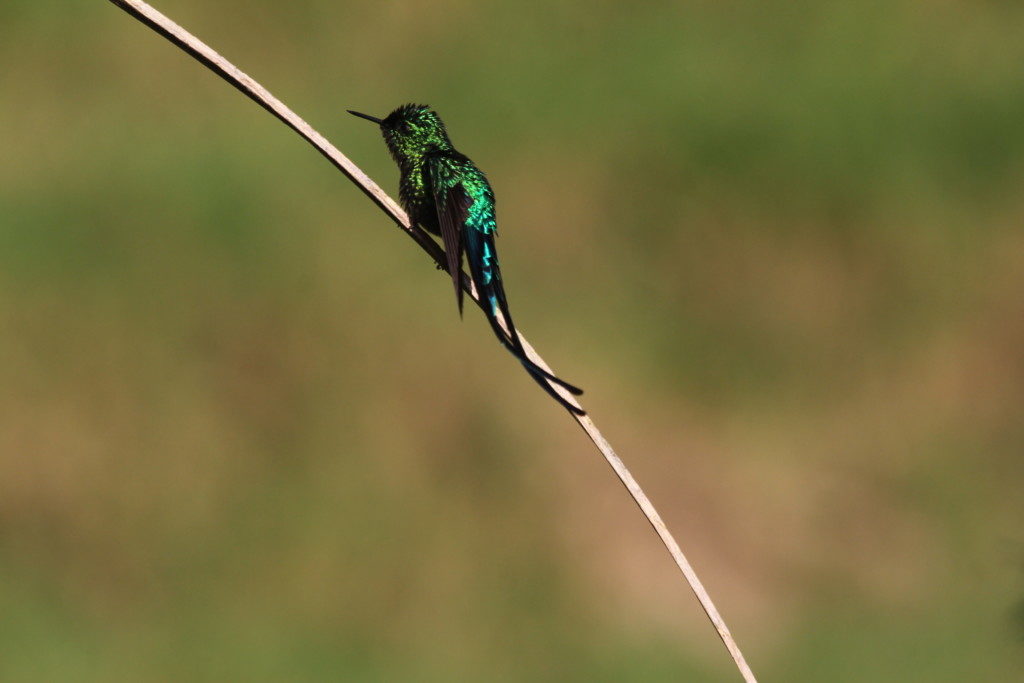
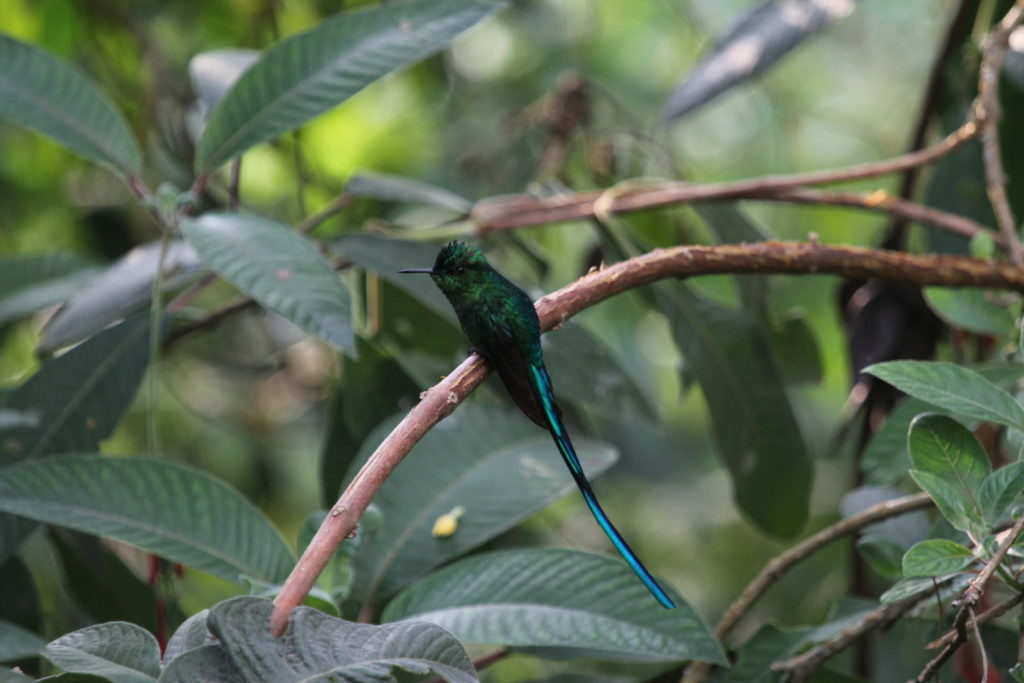
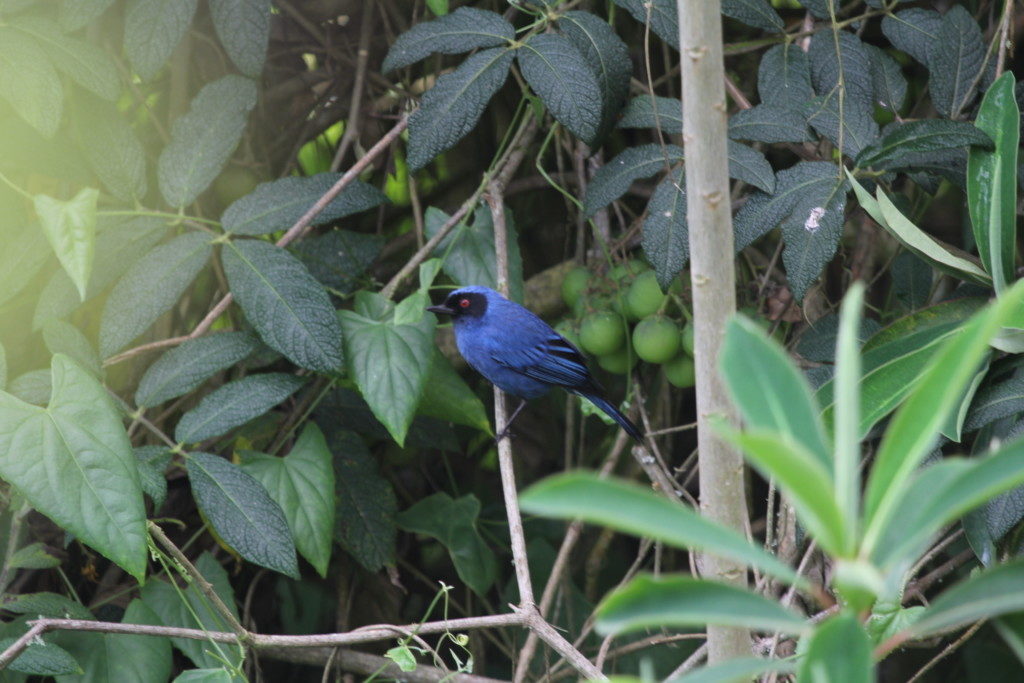
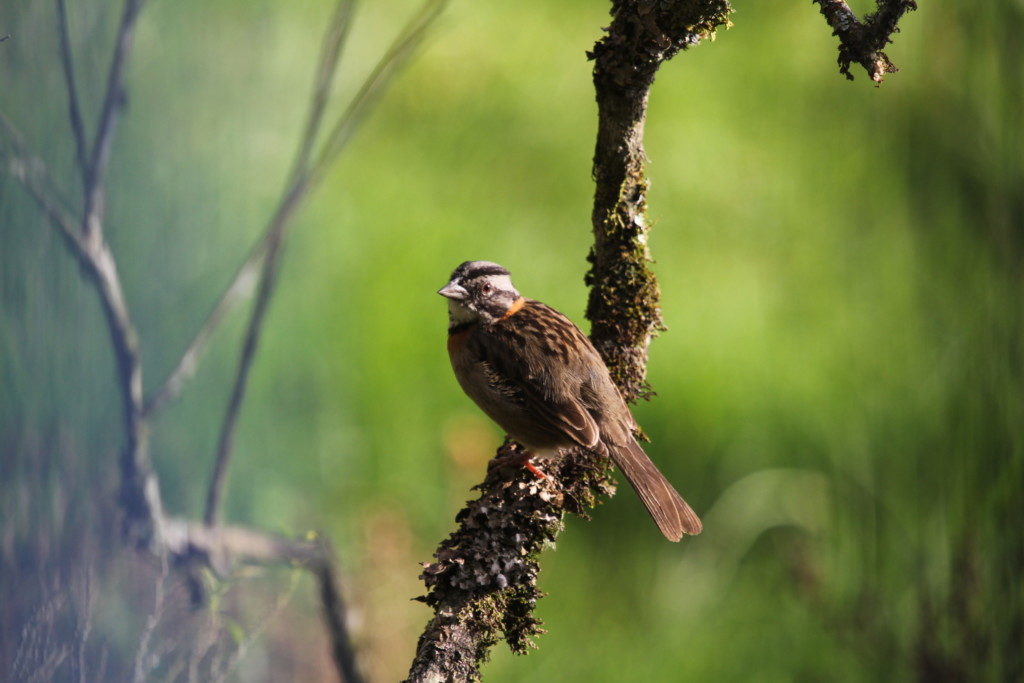
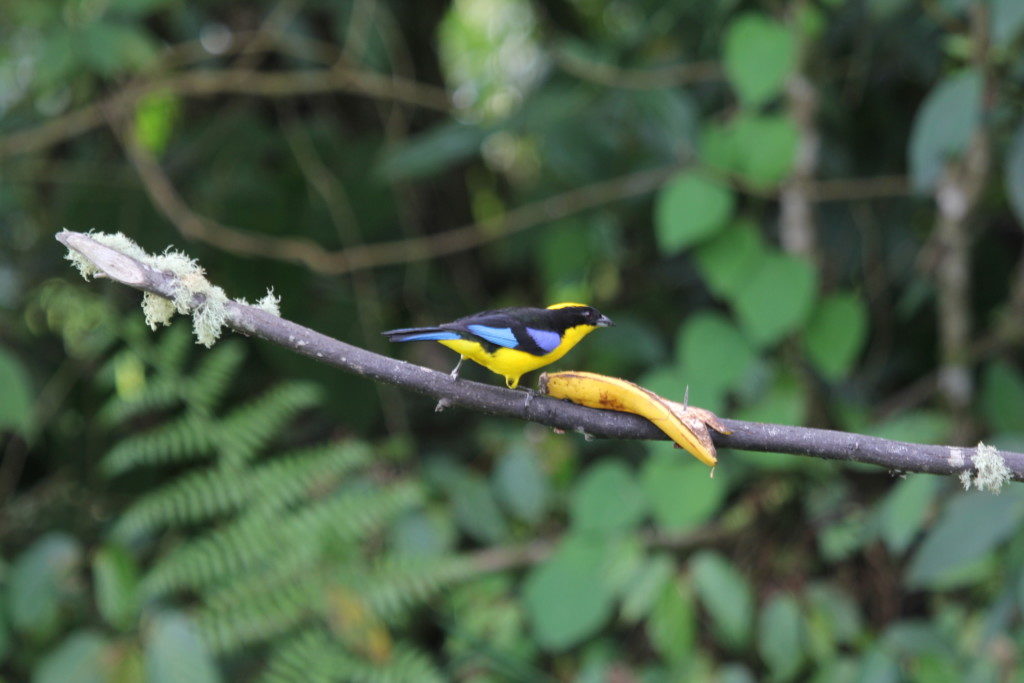
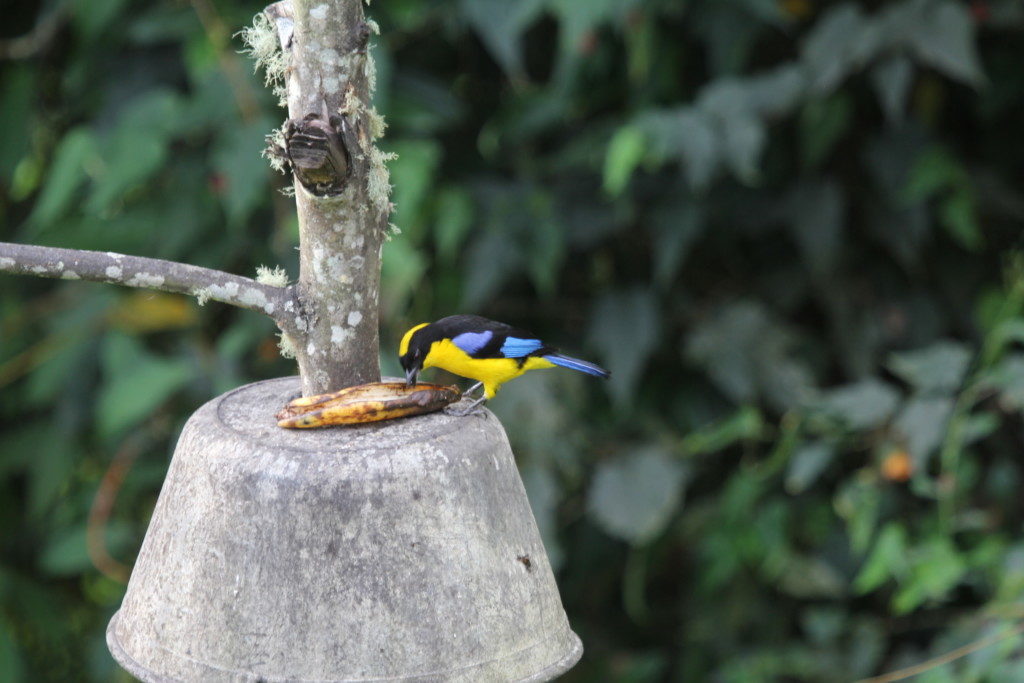
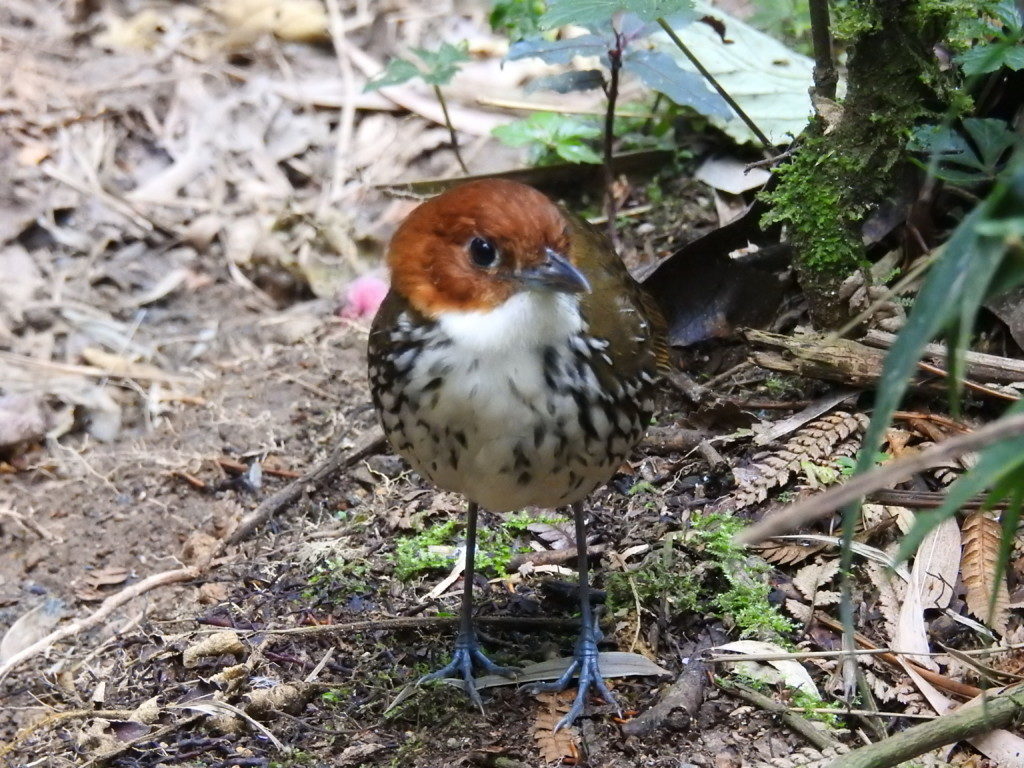
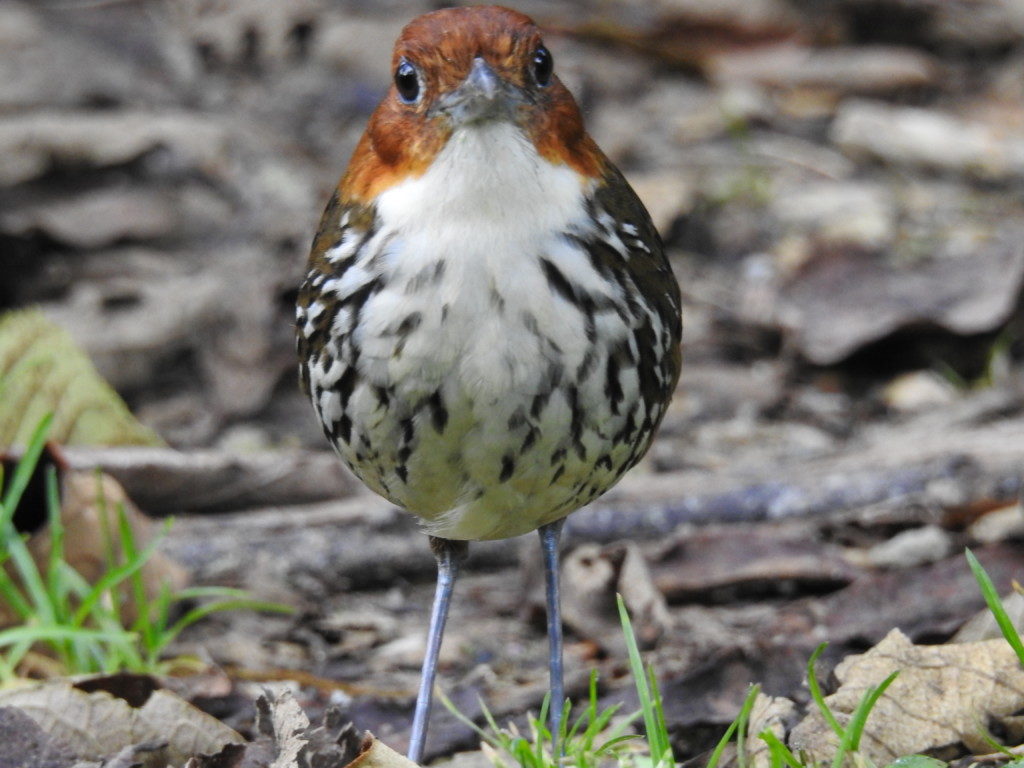
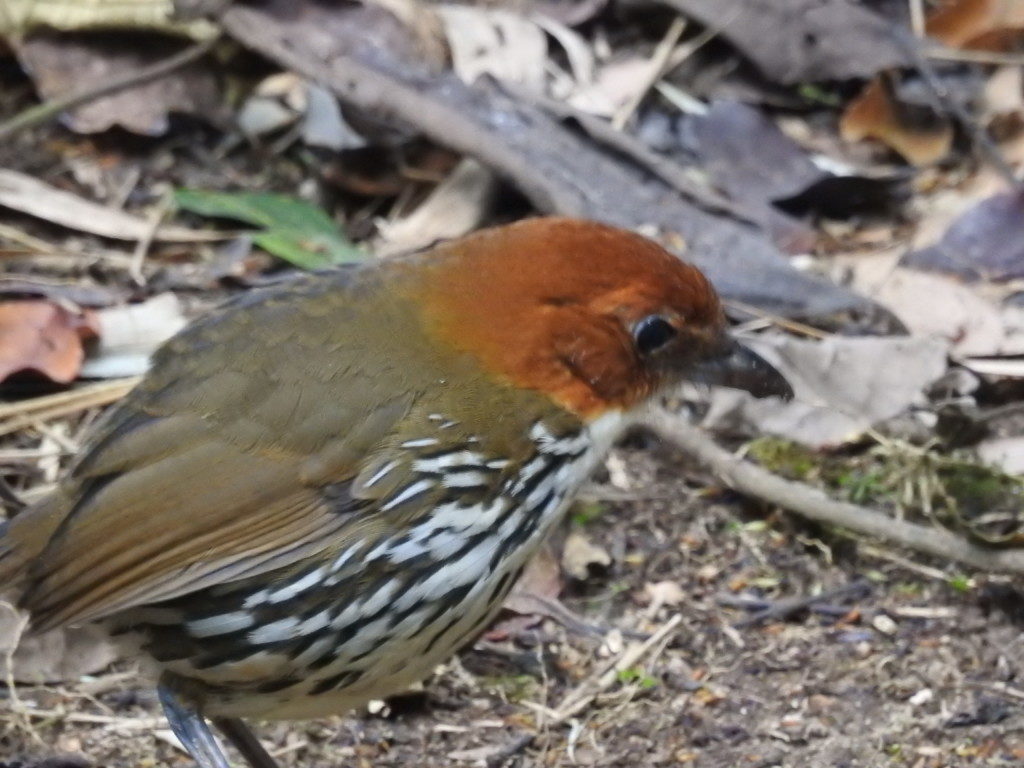
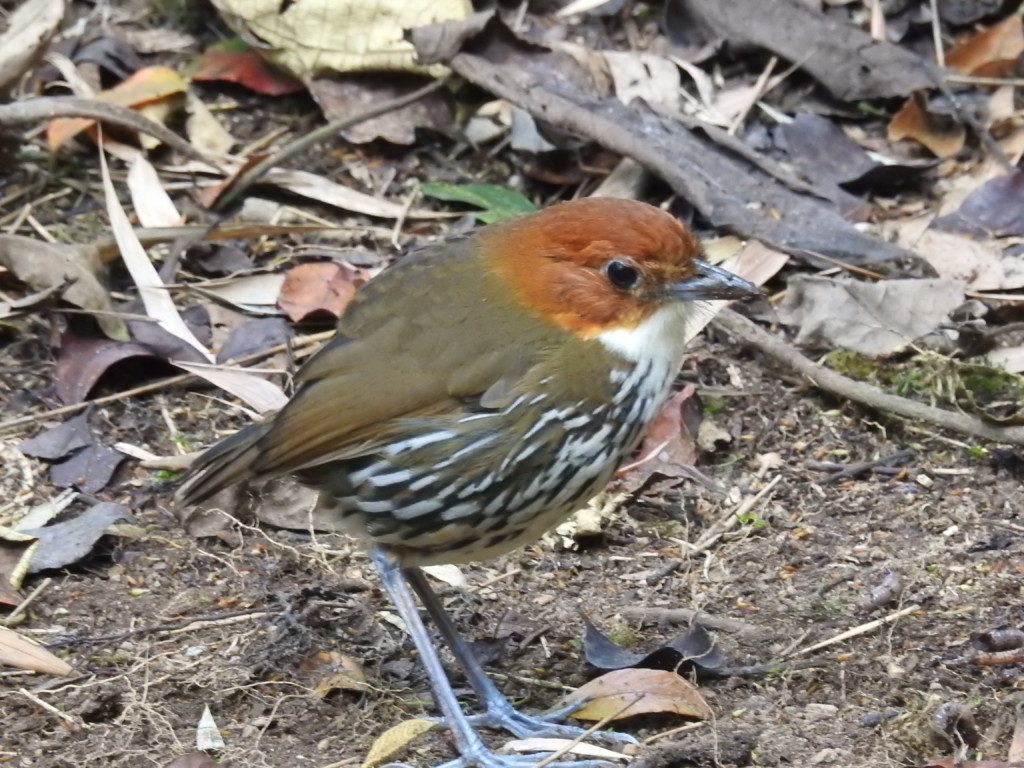
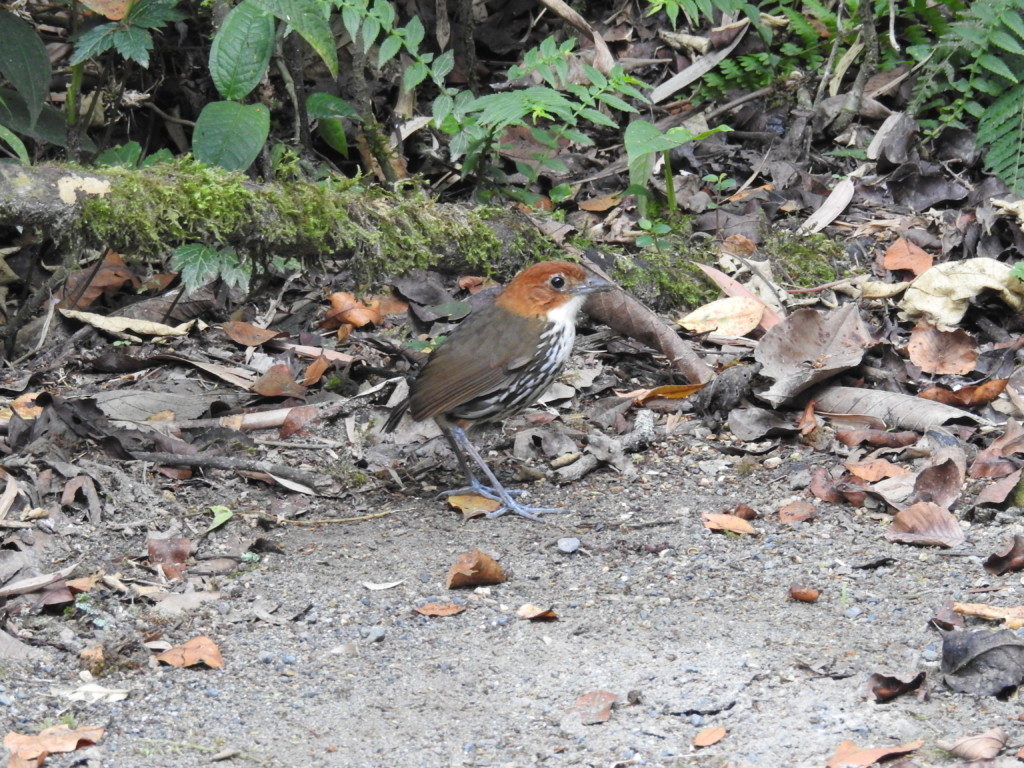
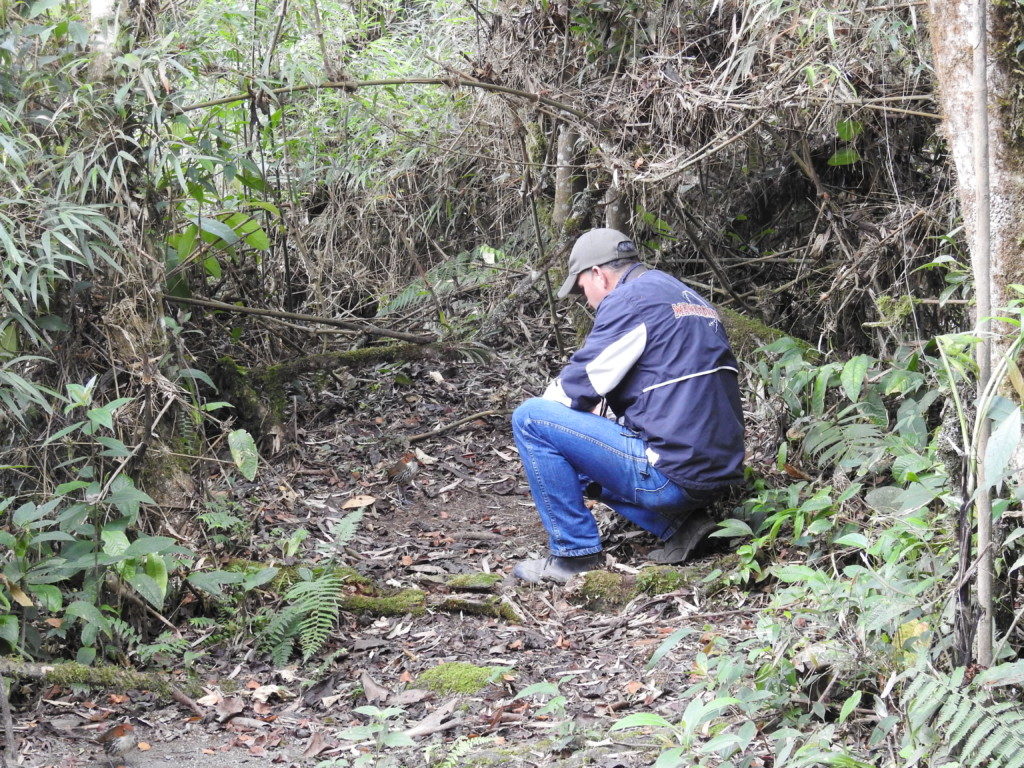
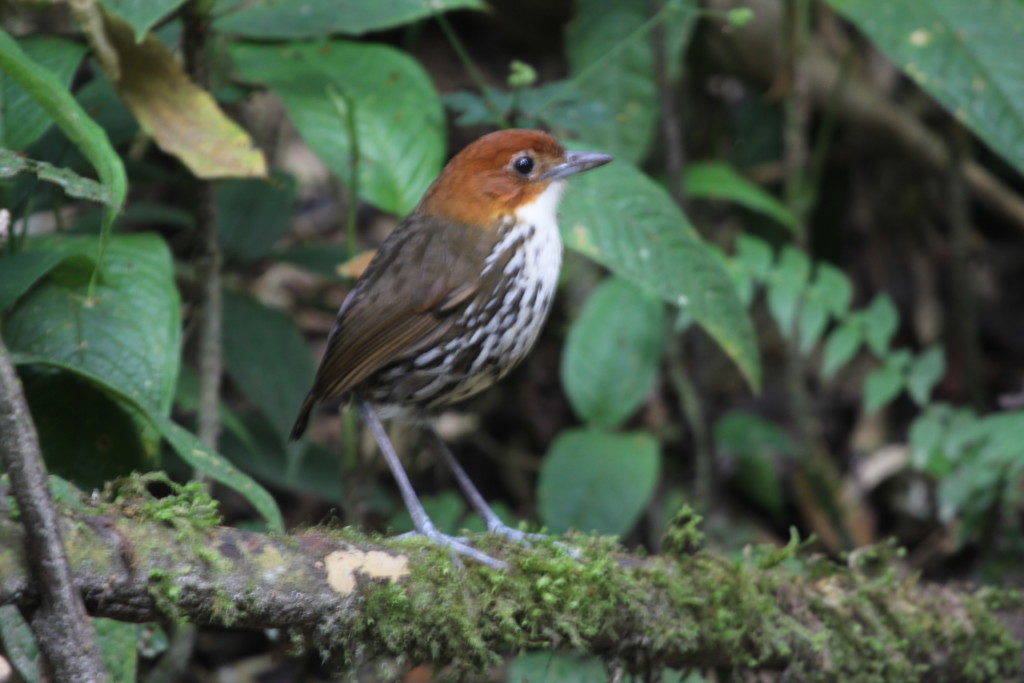
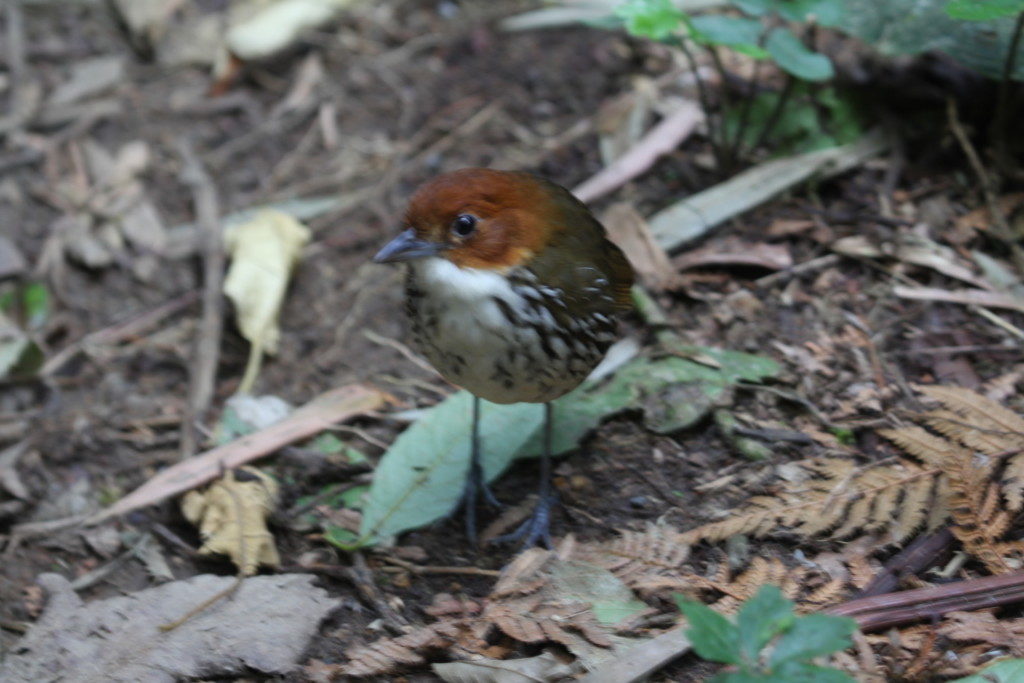
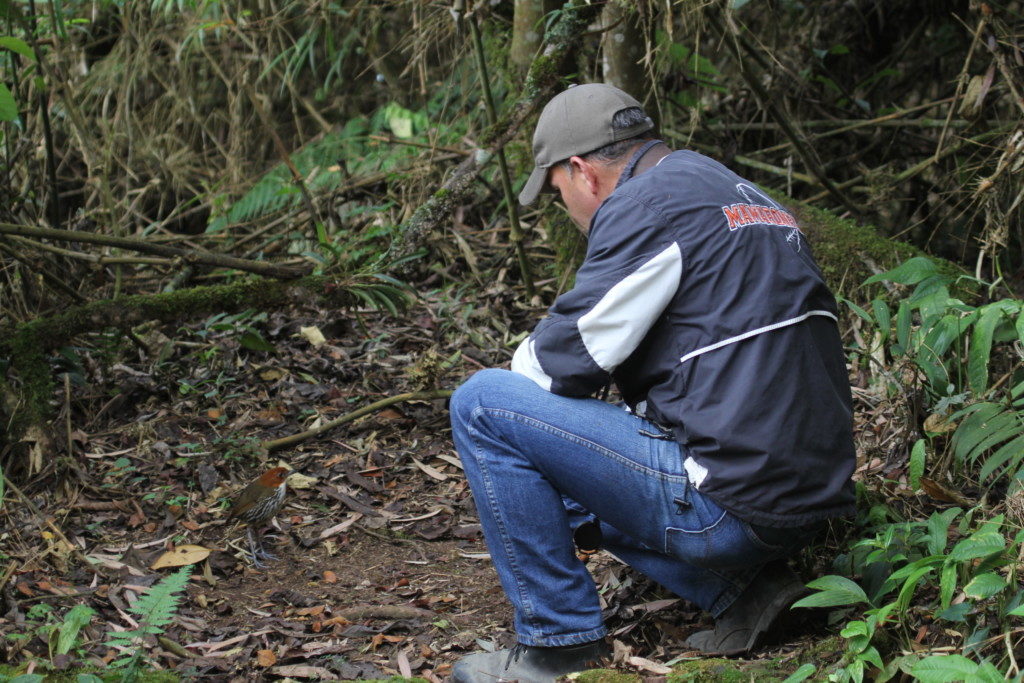
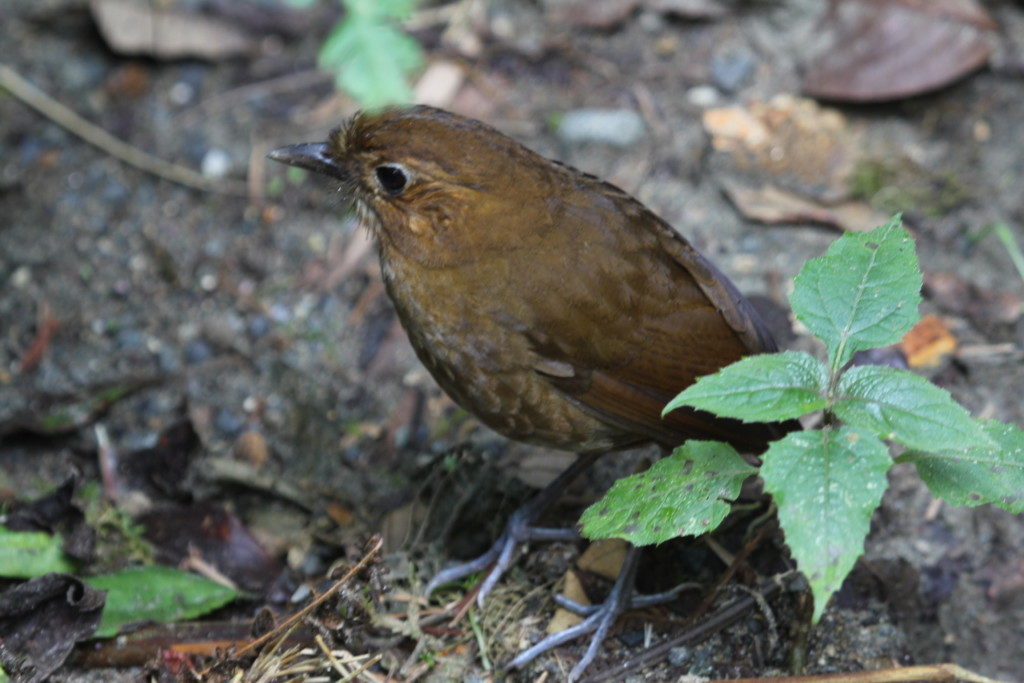
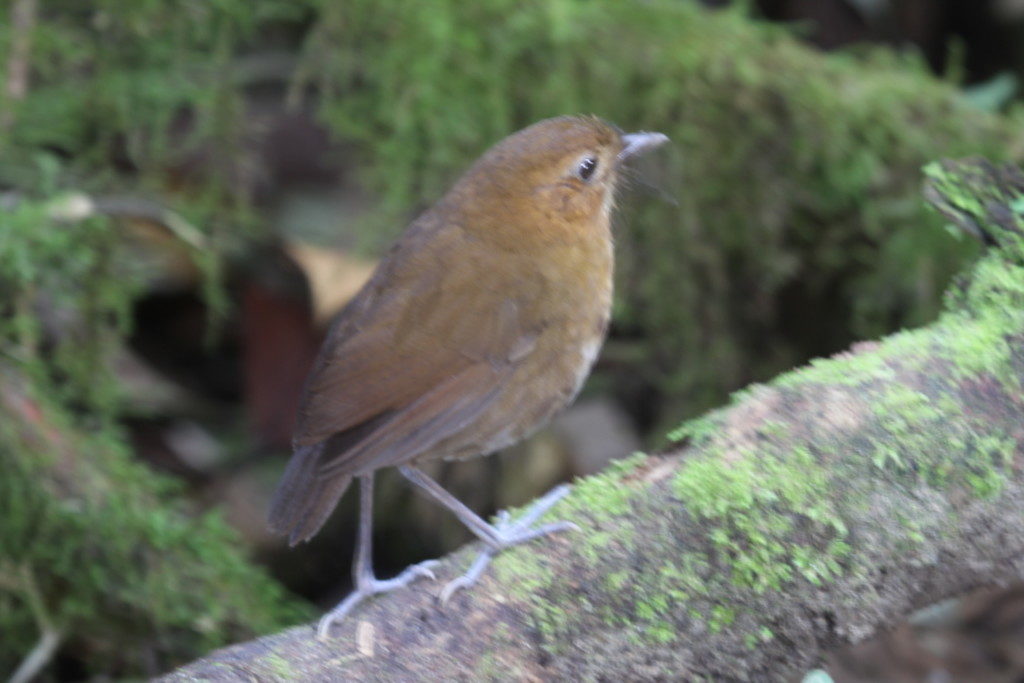
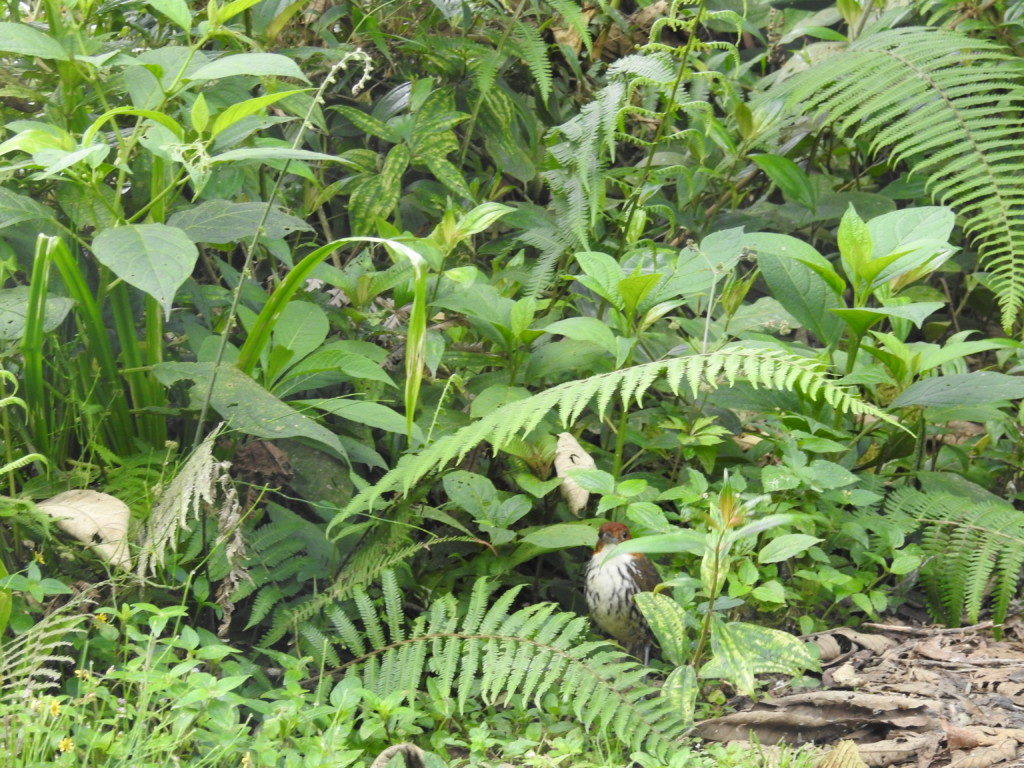
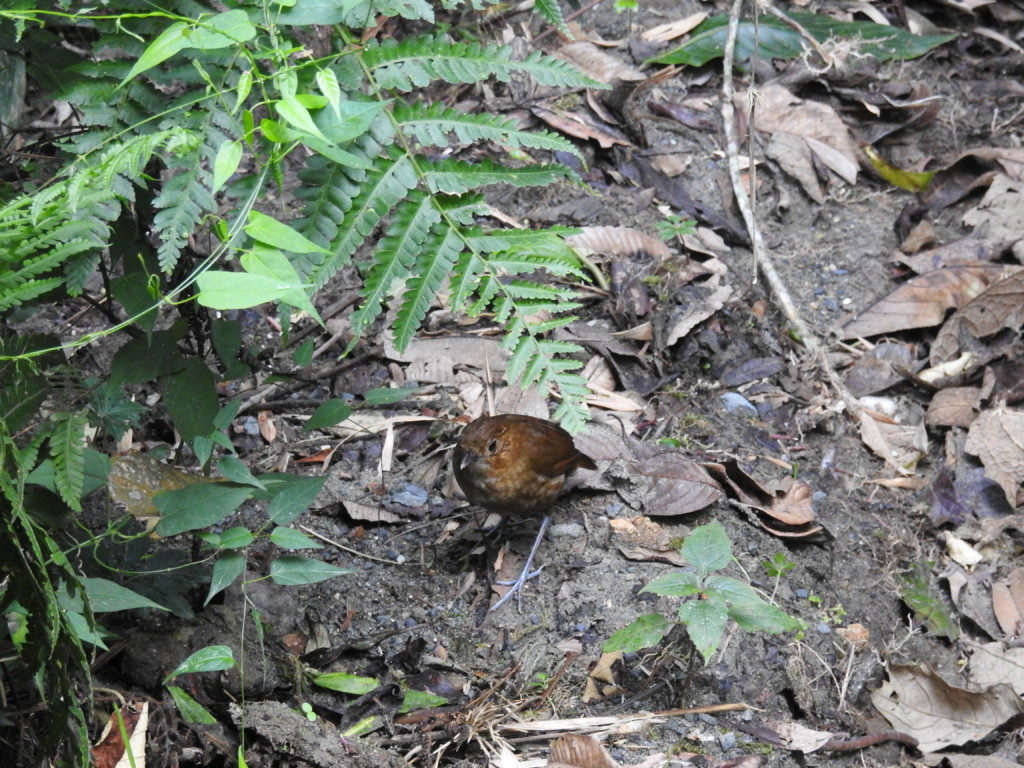
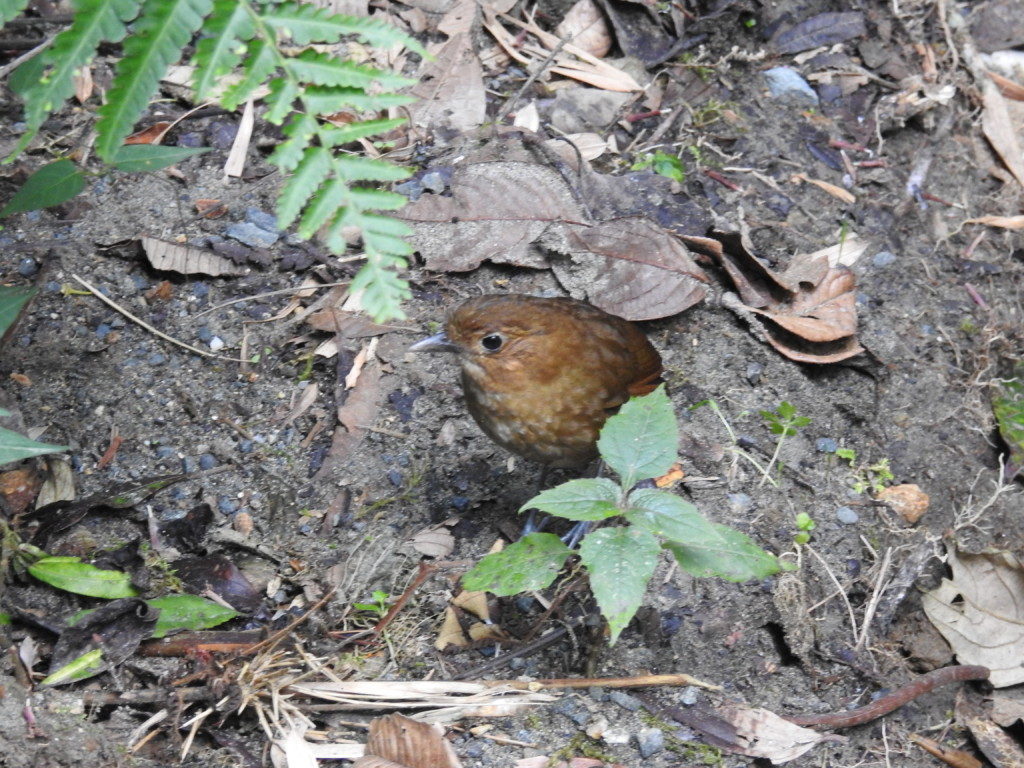
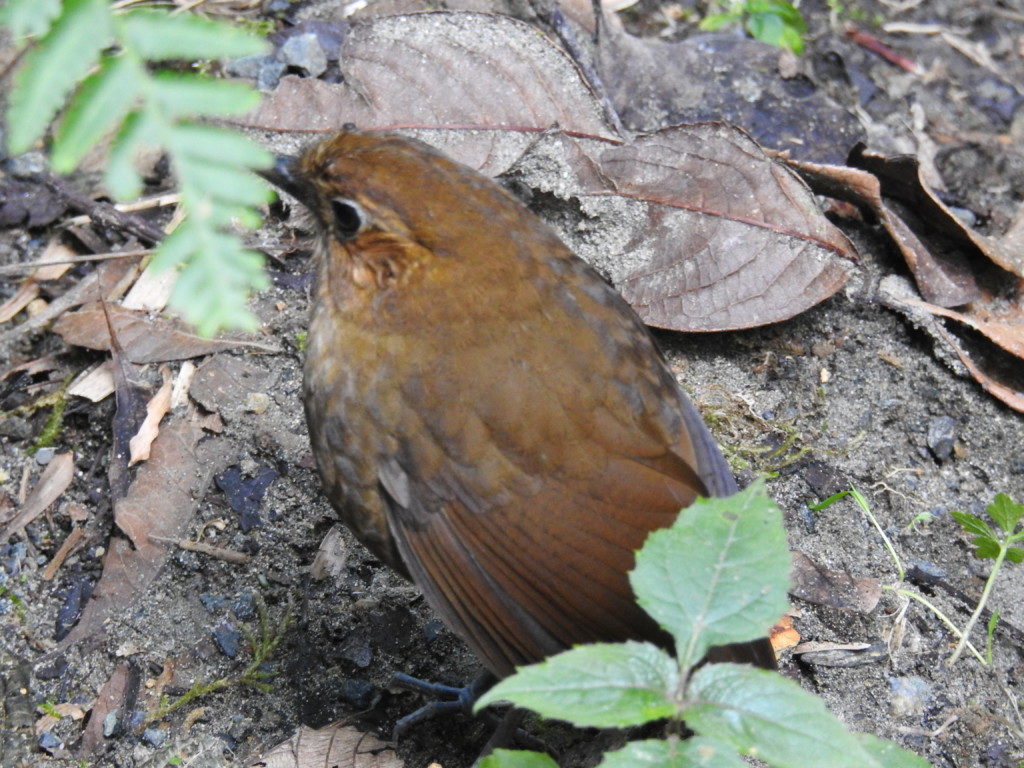
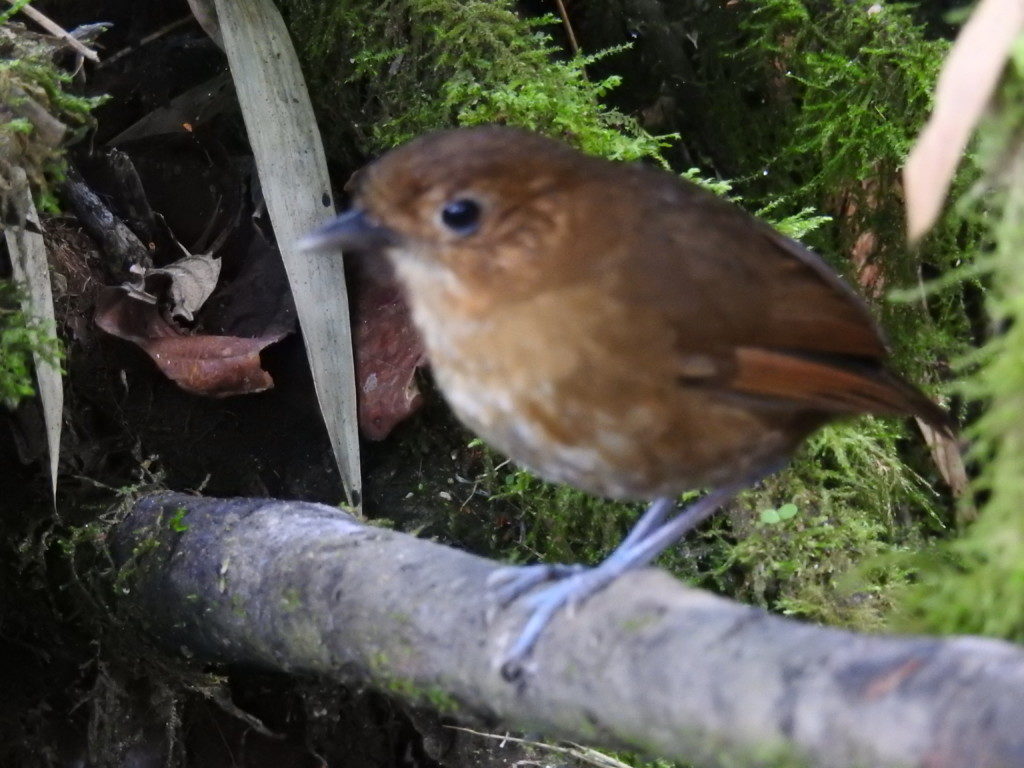
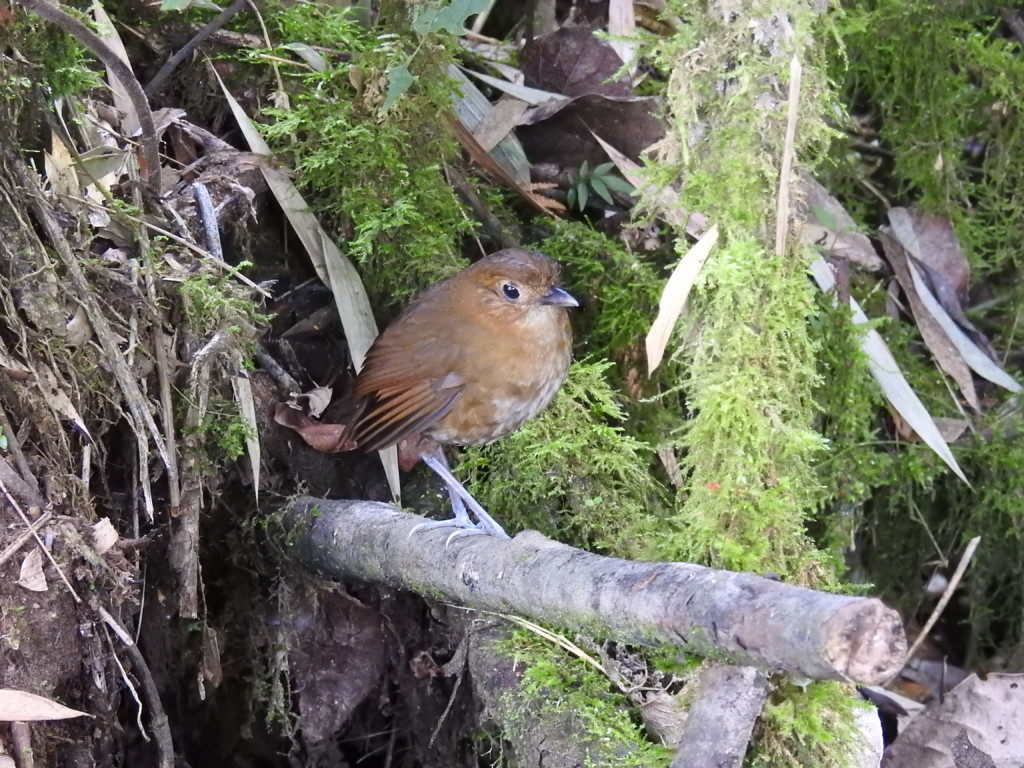
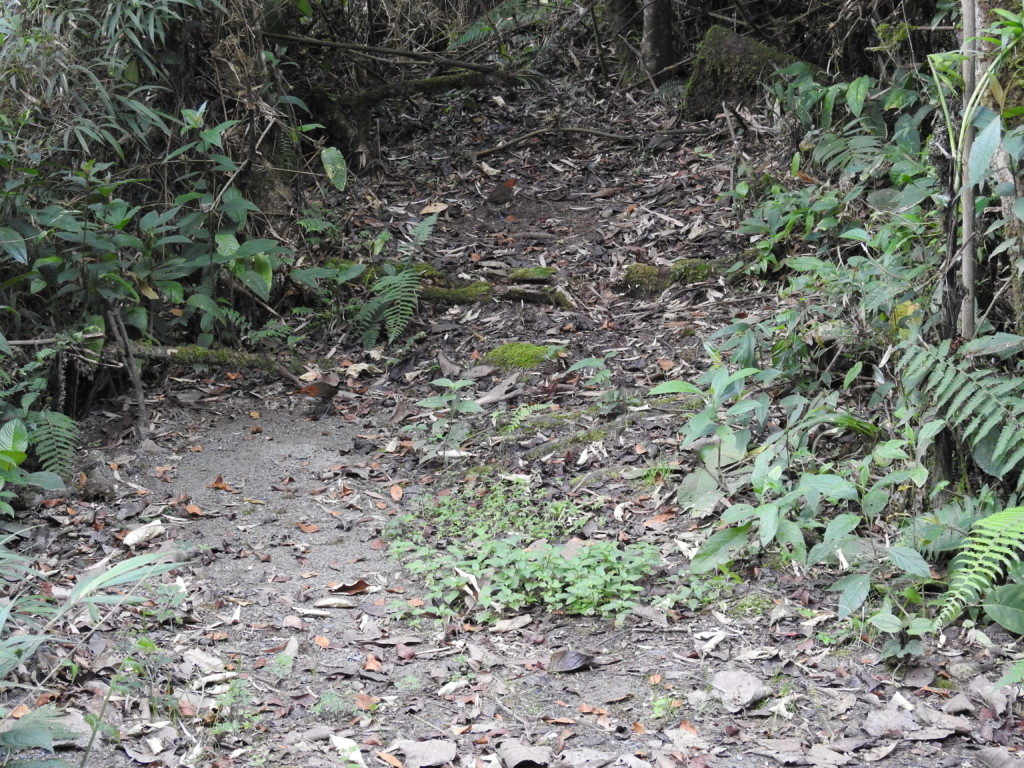
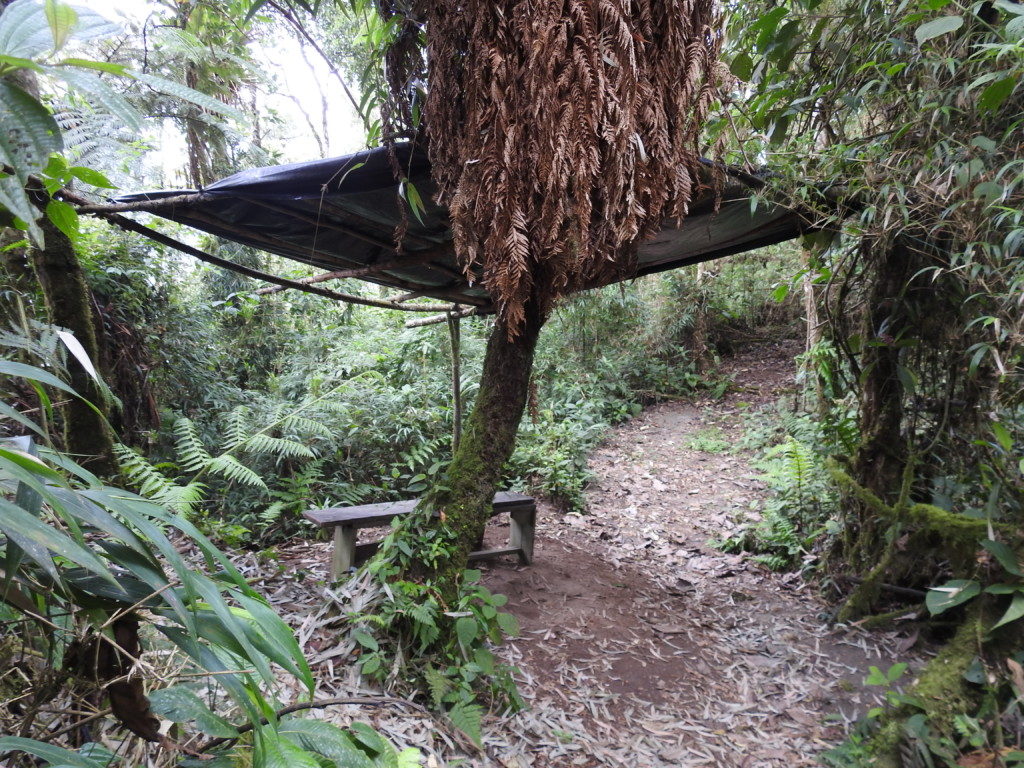
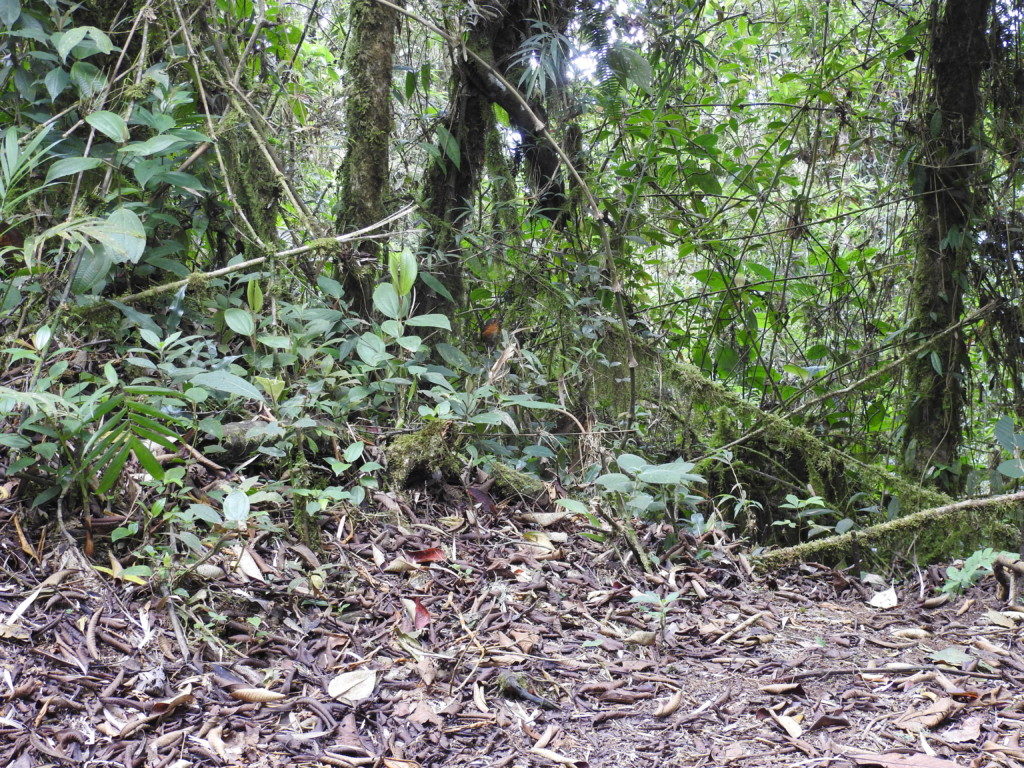
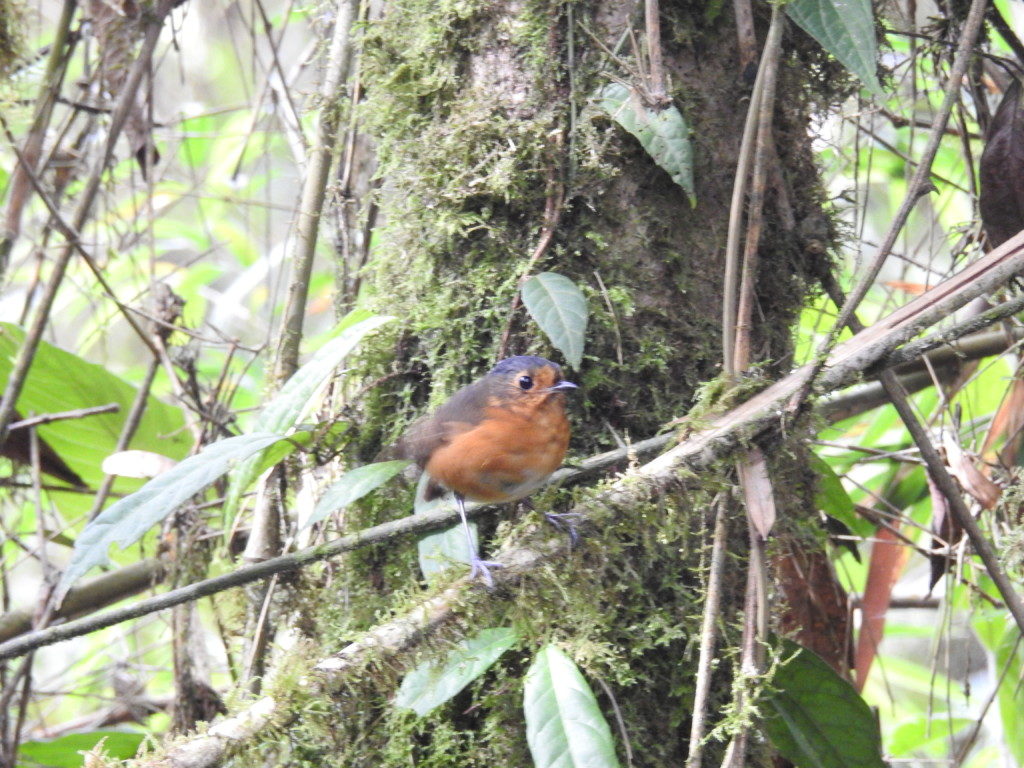
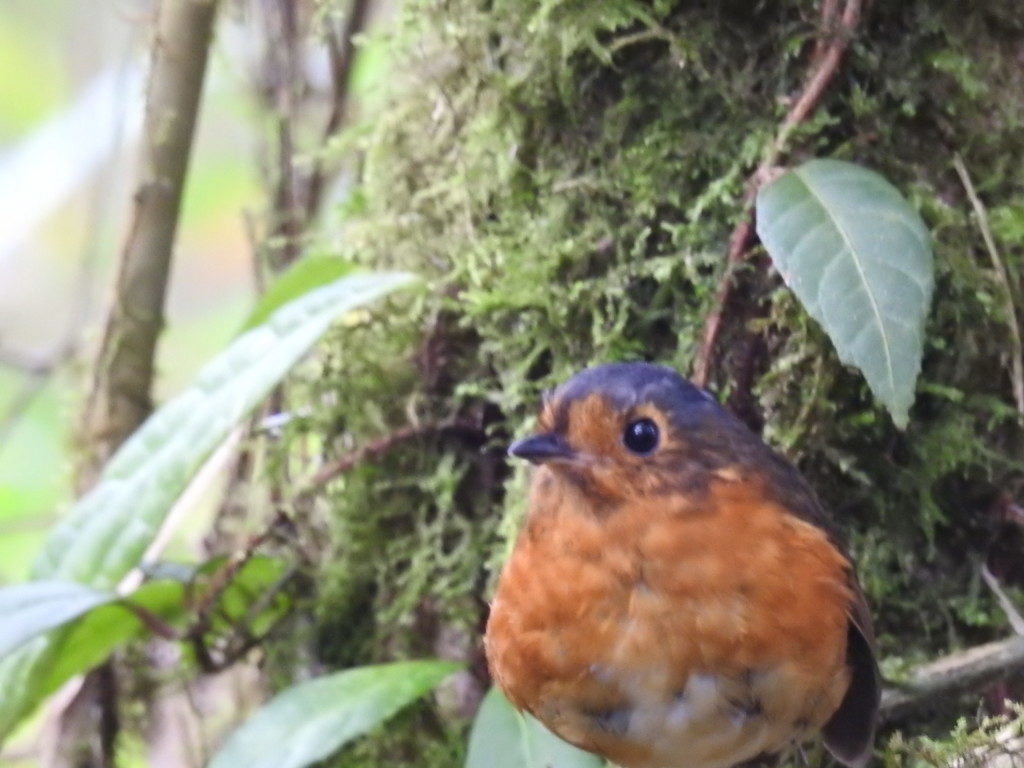
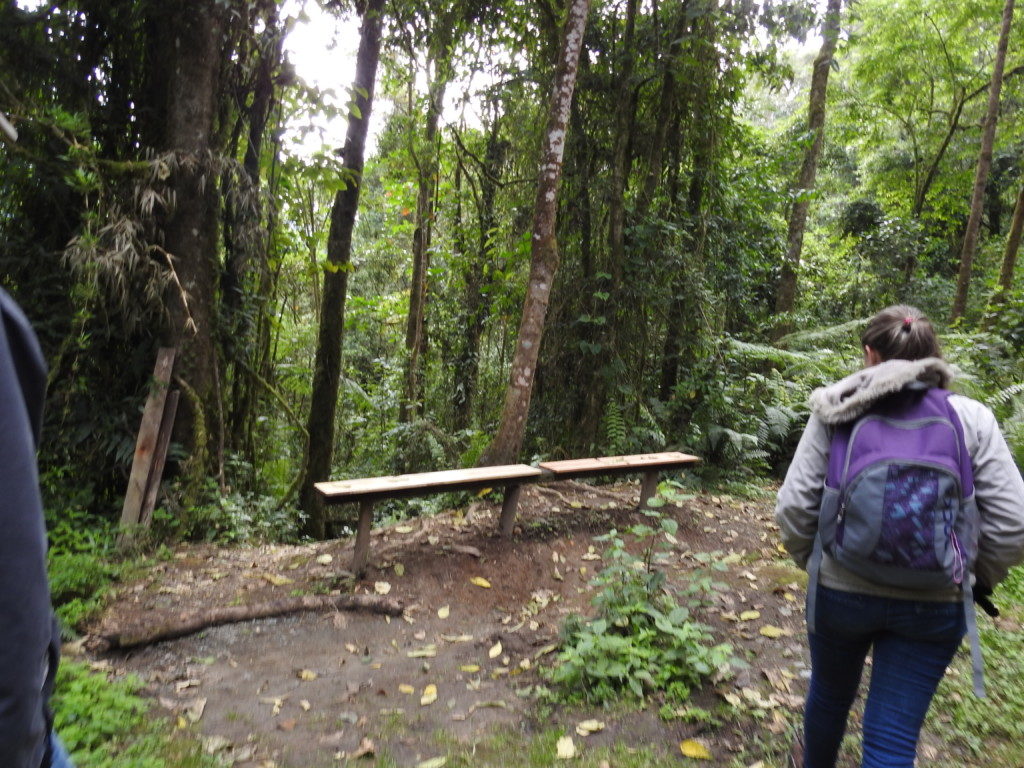
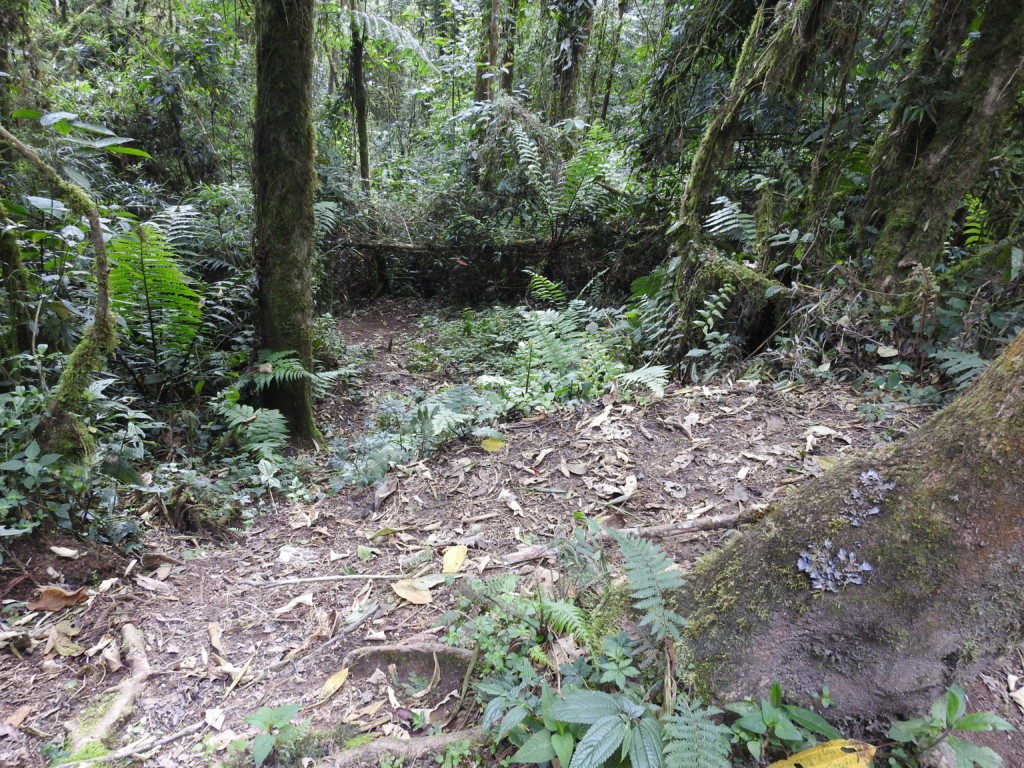
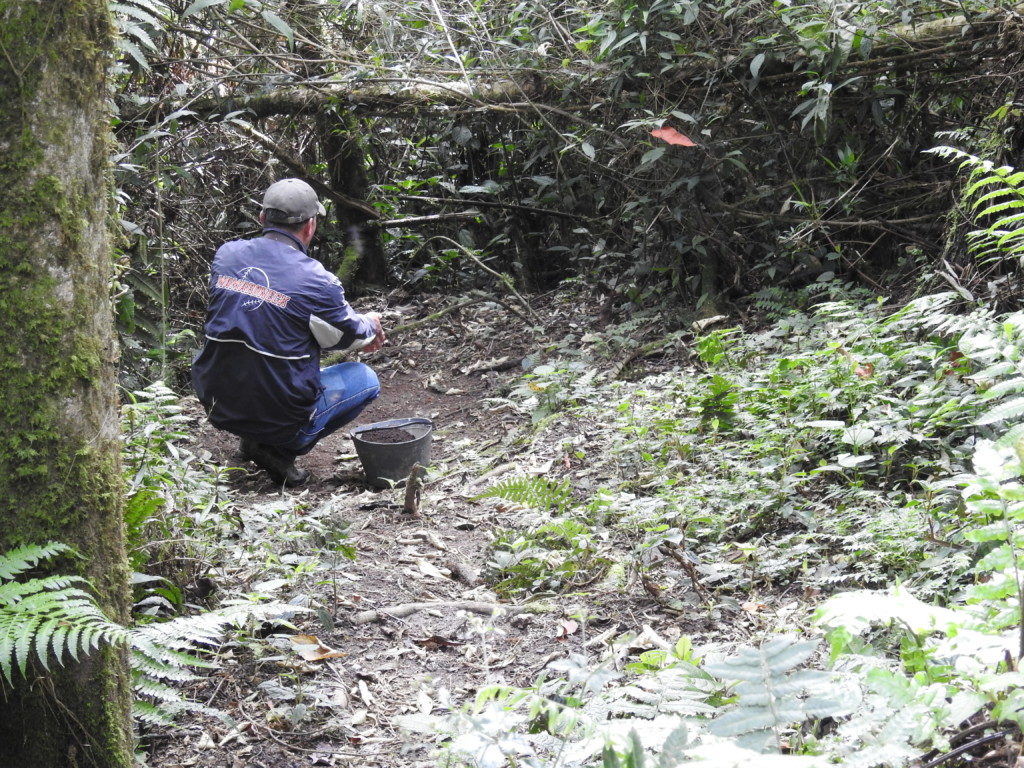
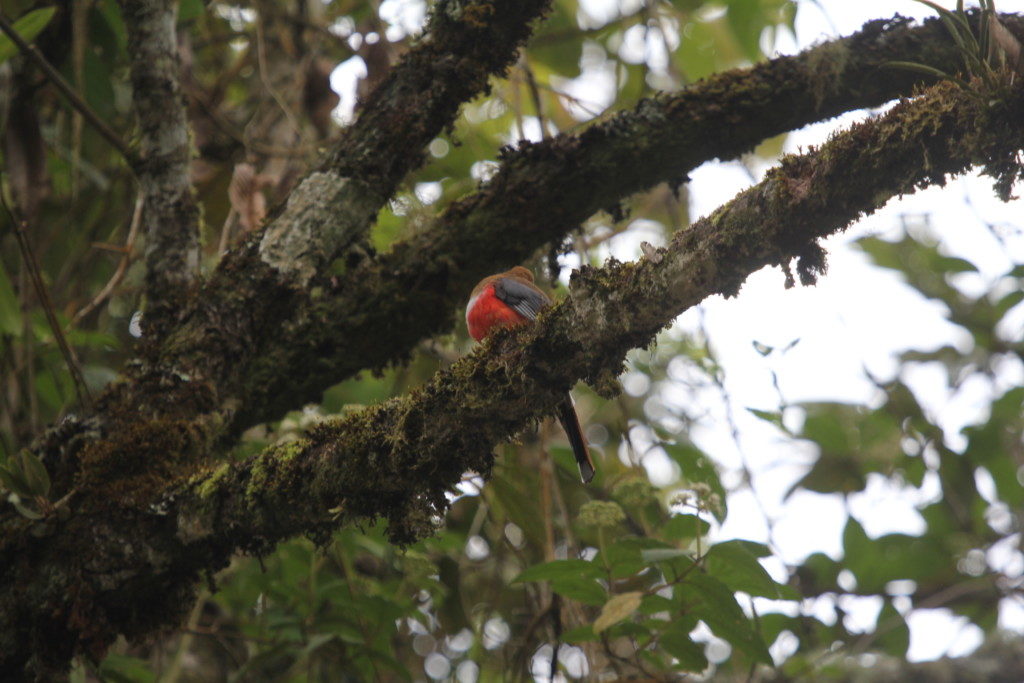
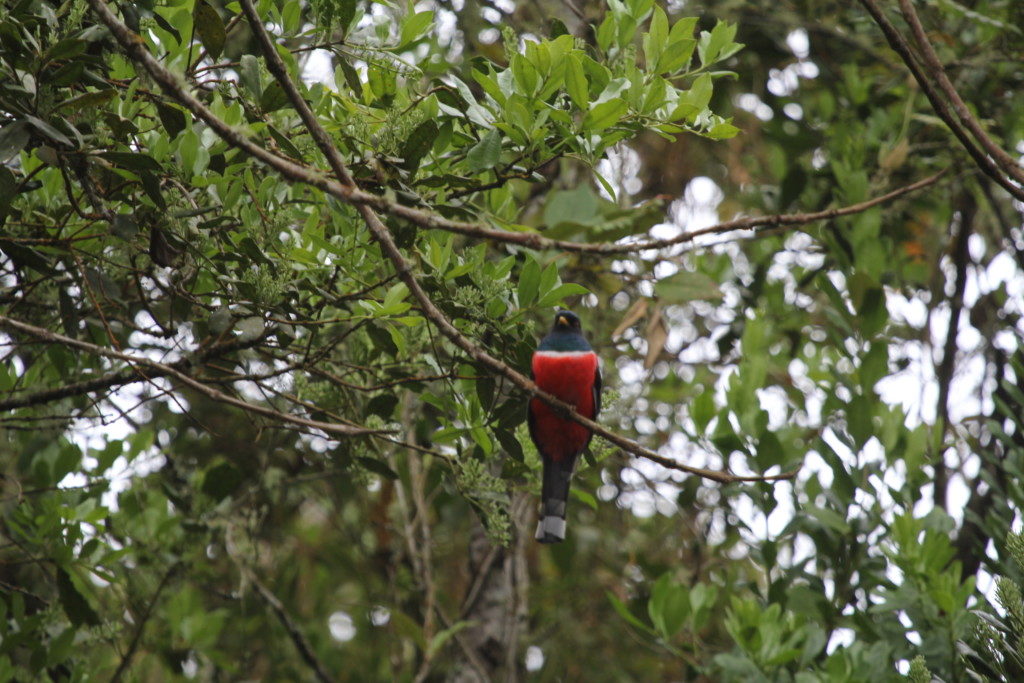
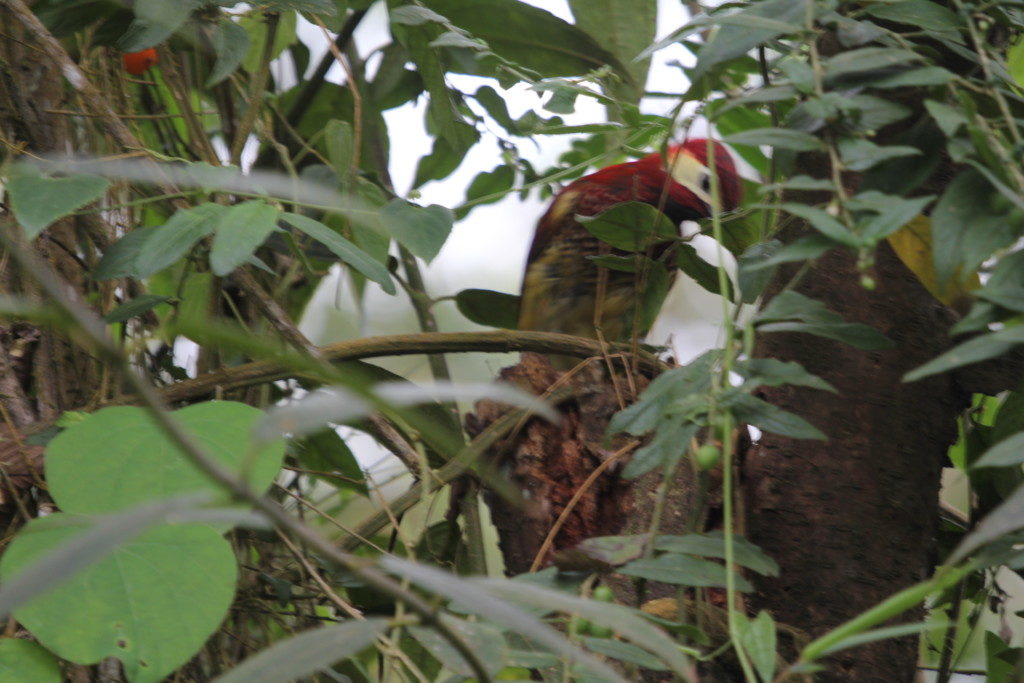
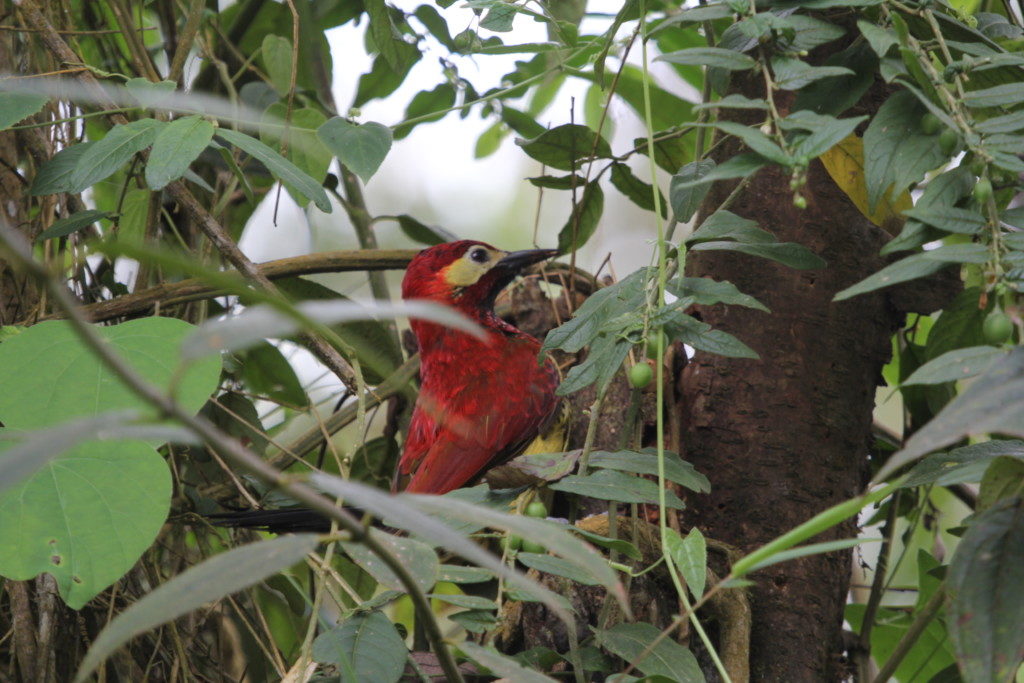
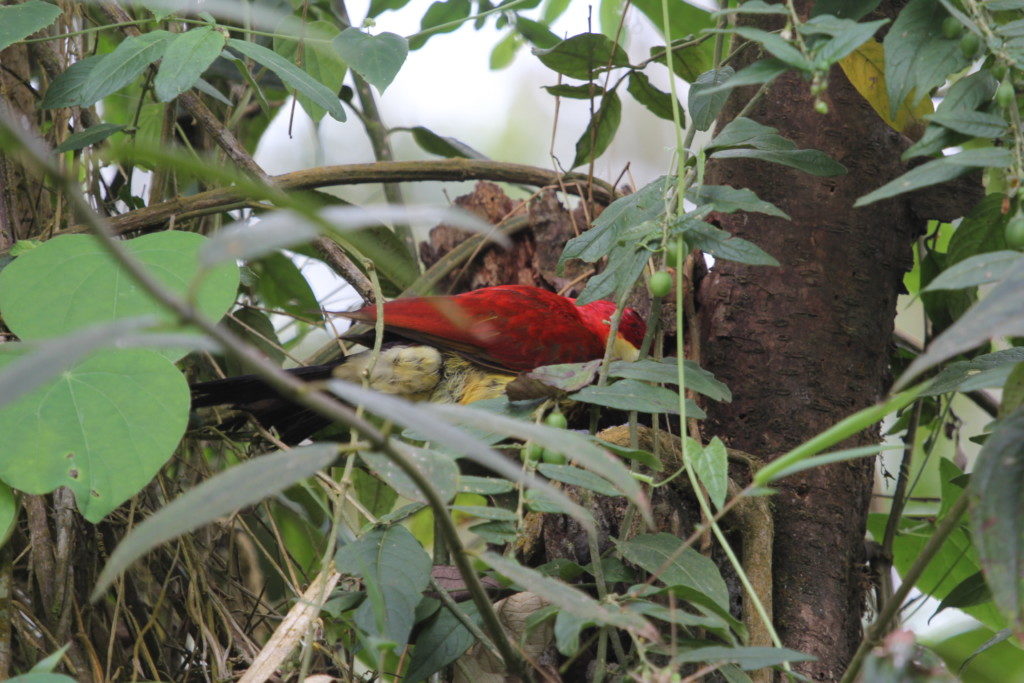
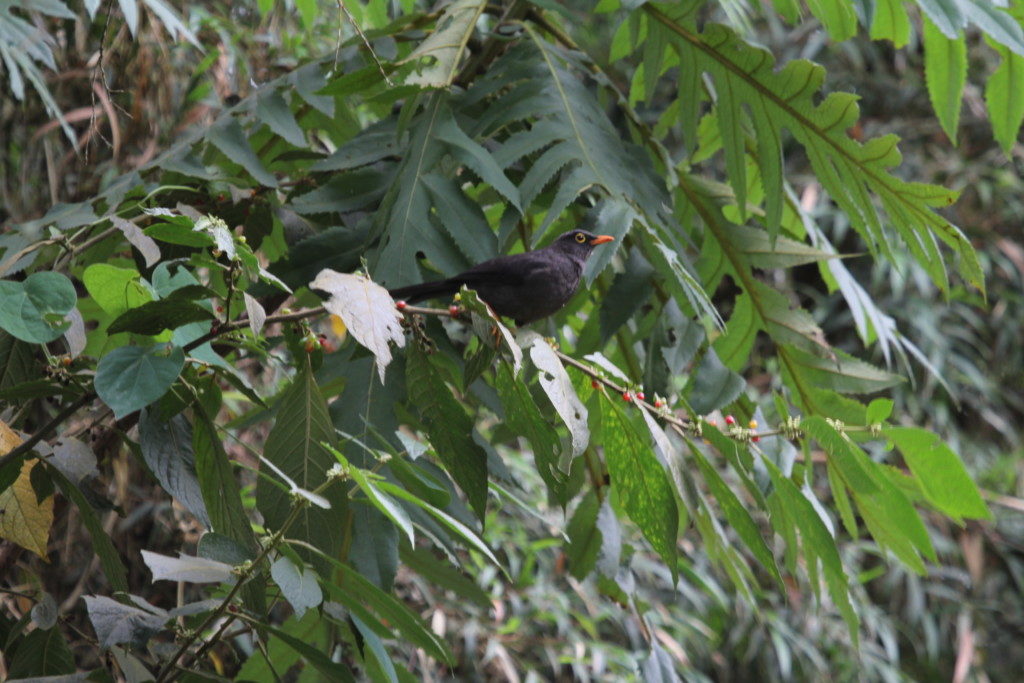
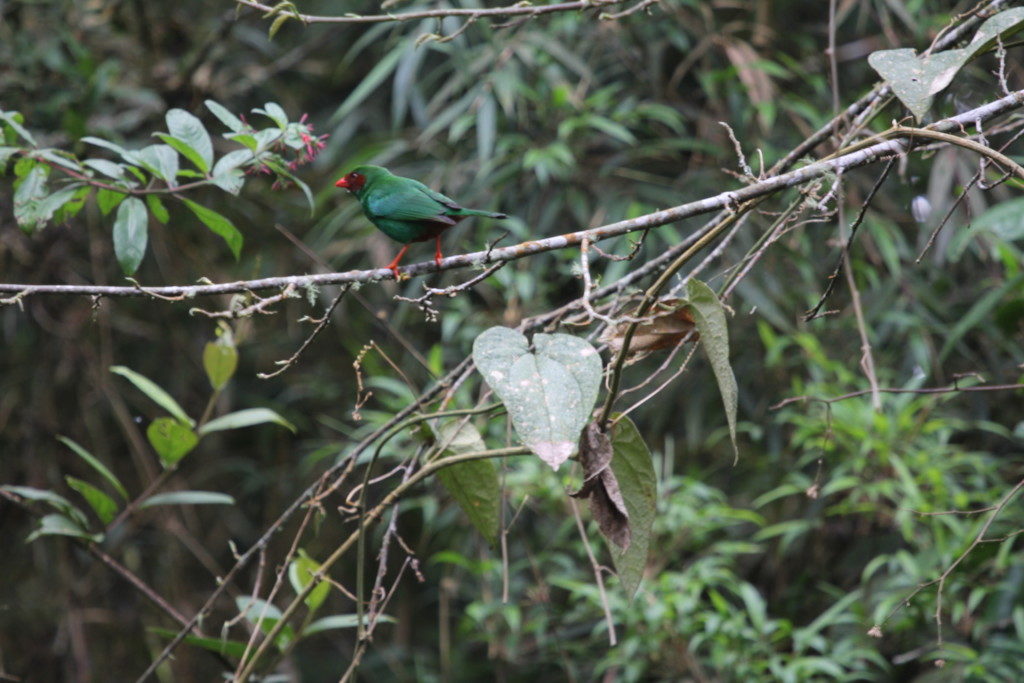
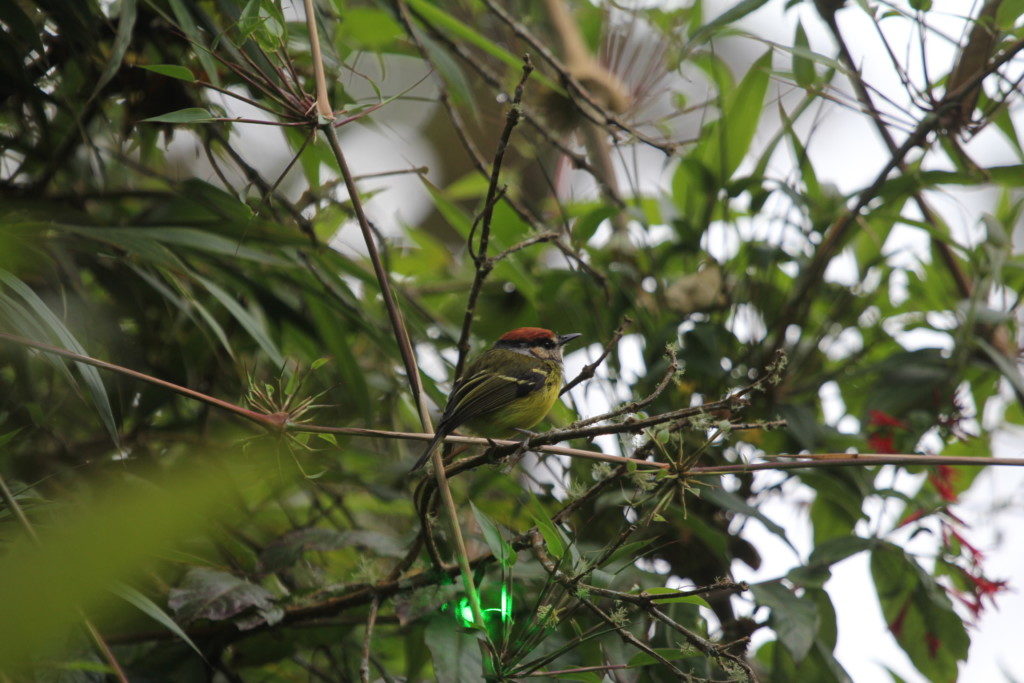
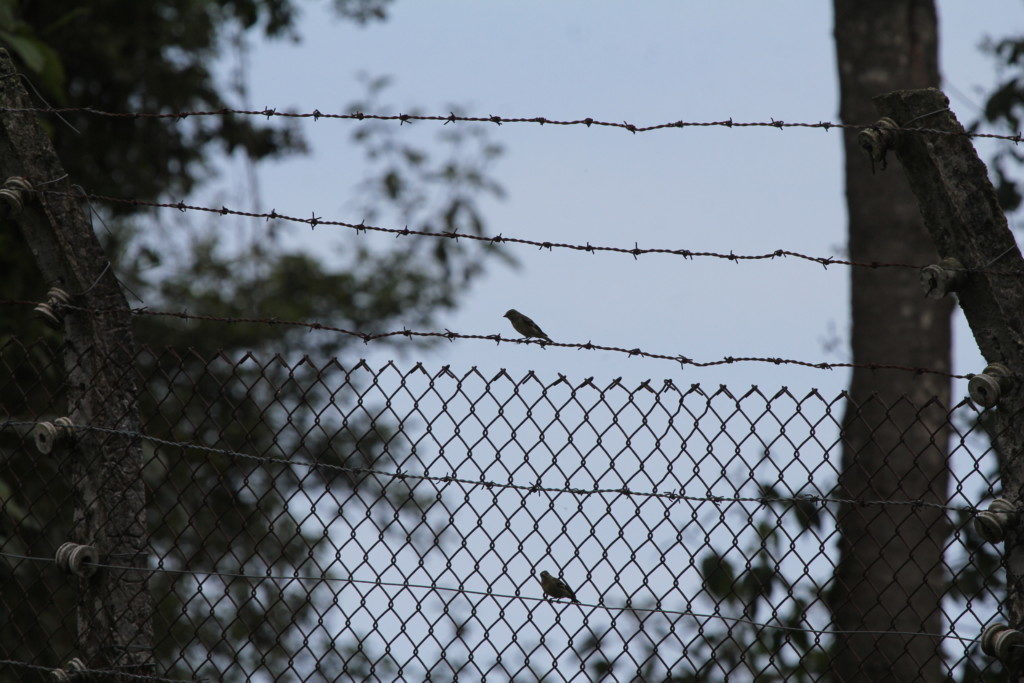
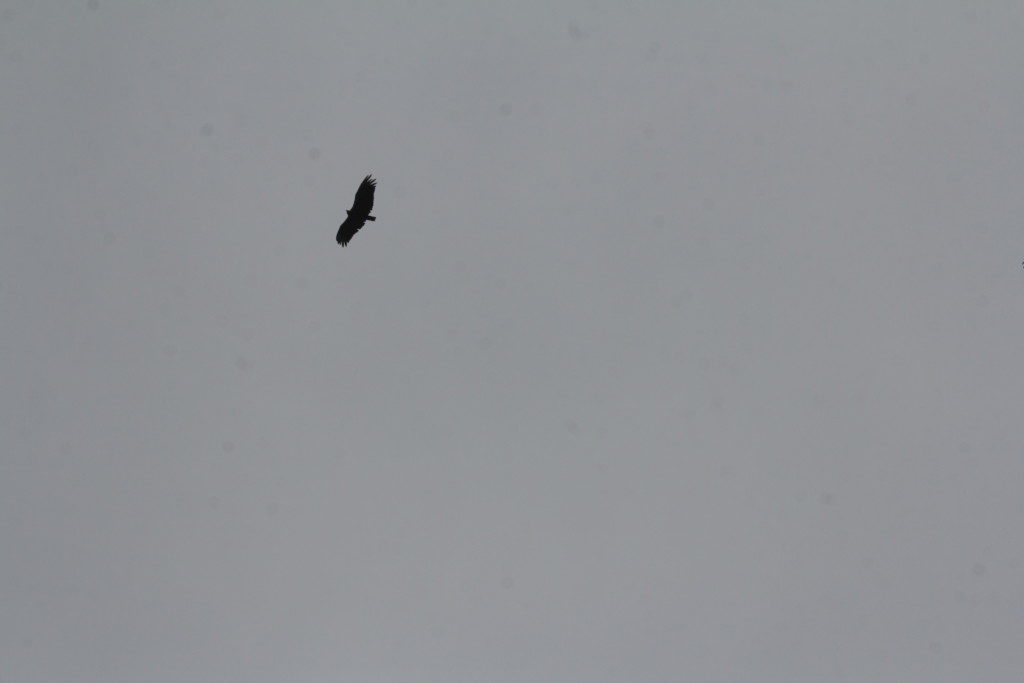 Another Andean Motmot
Another Andean Motmot